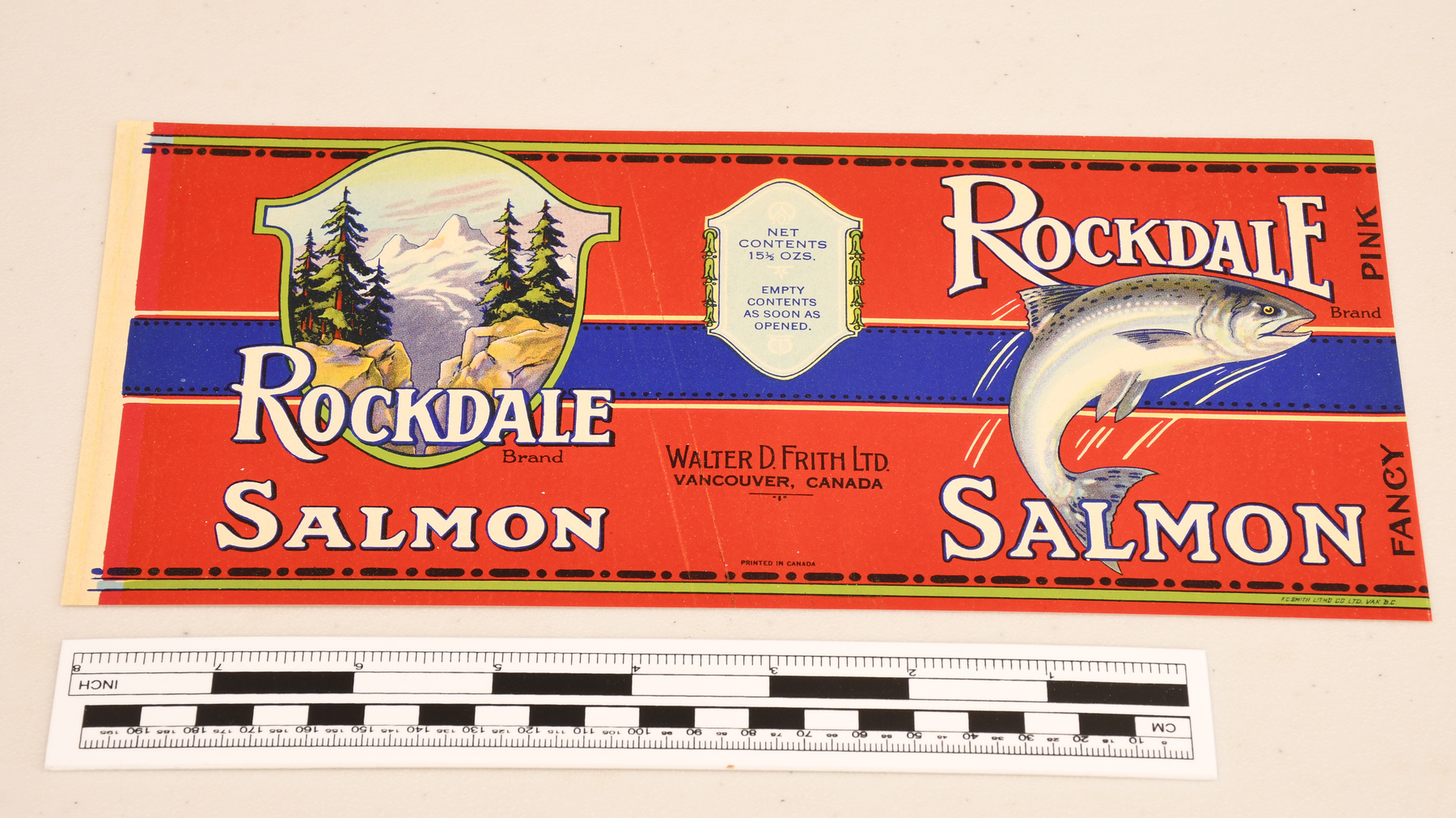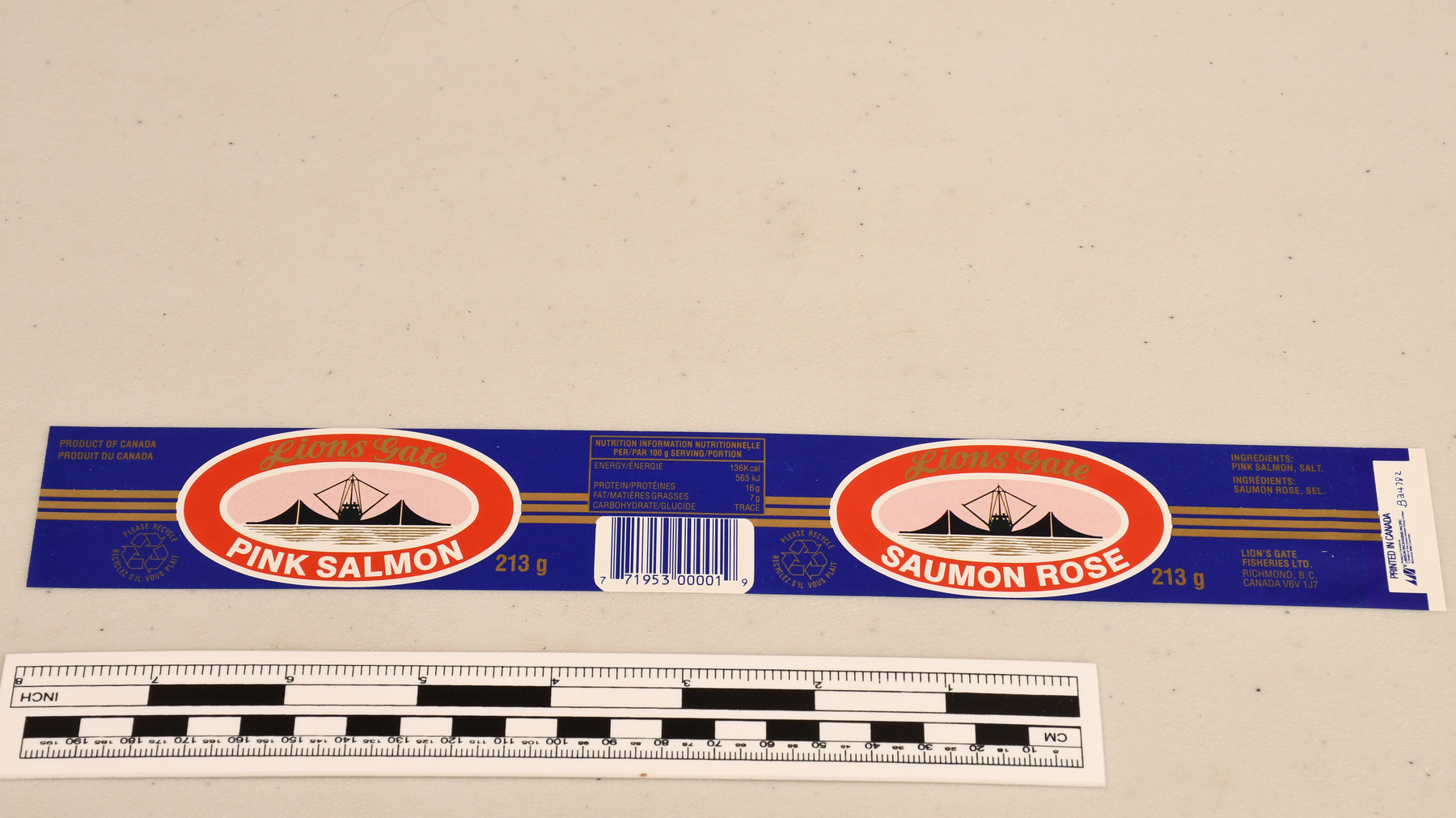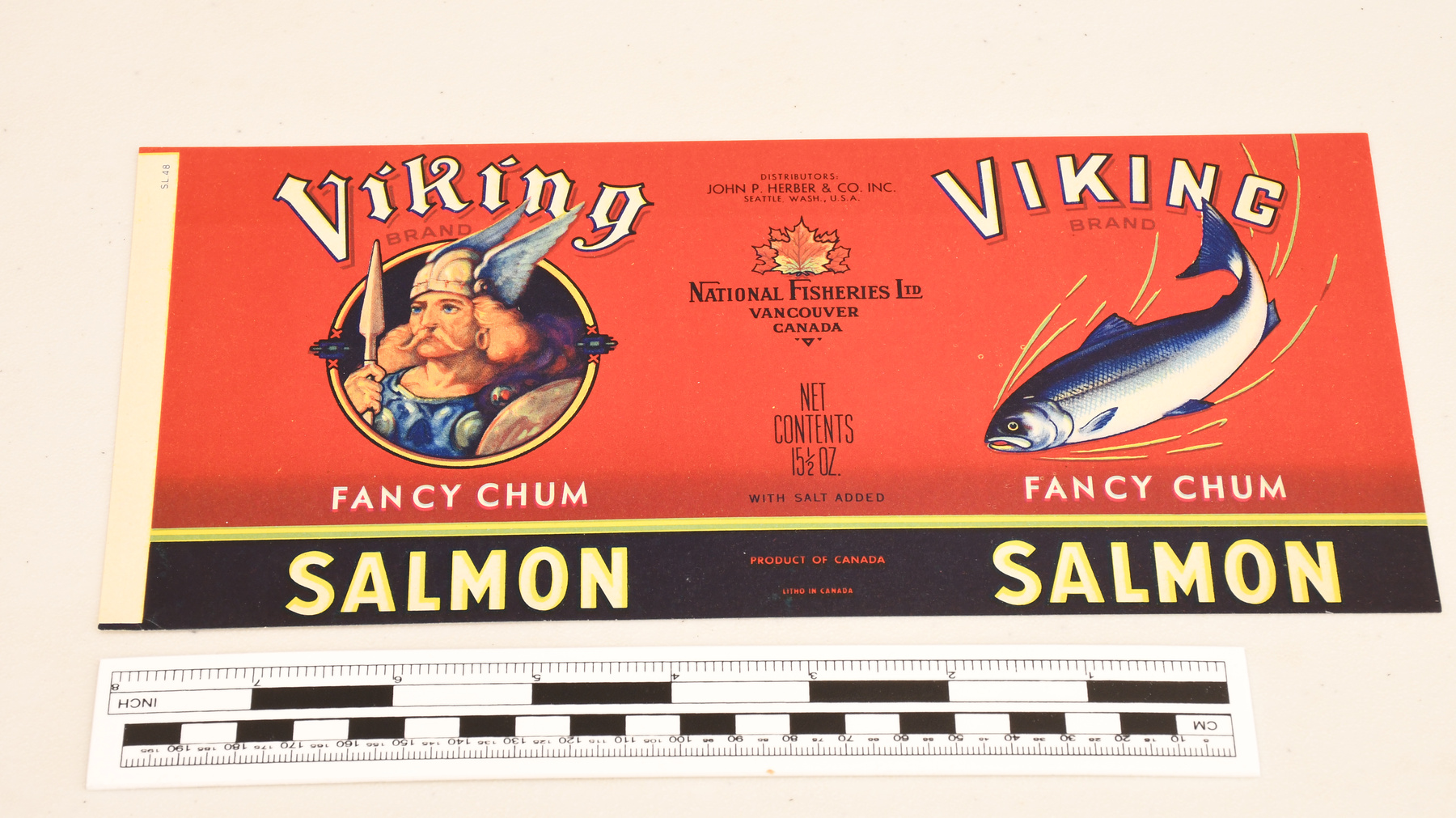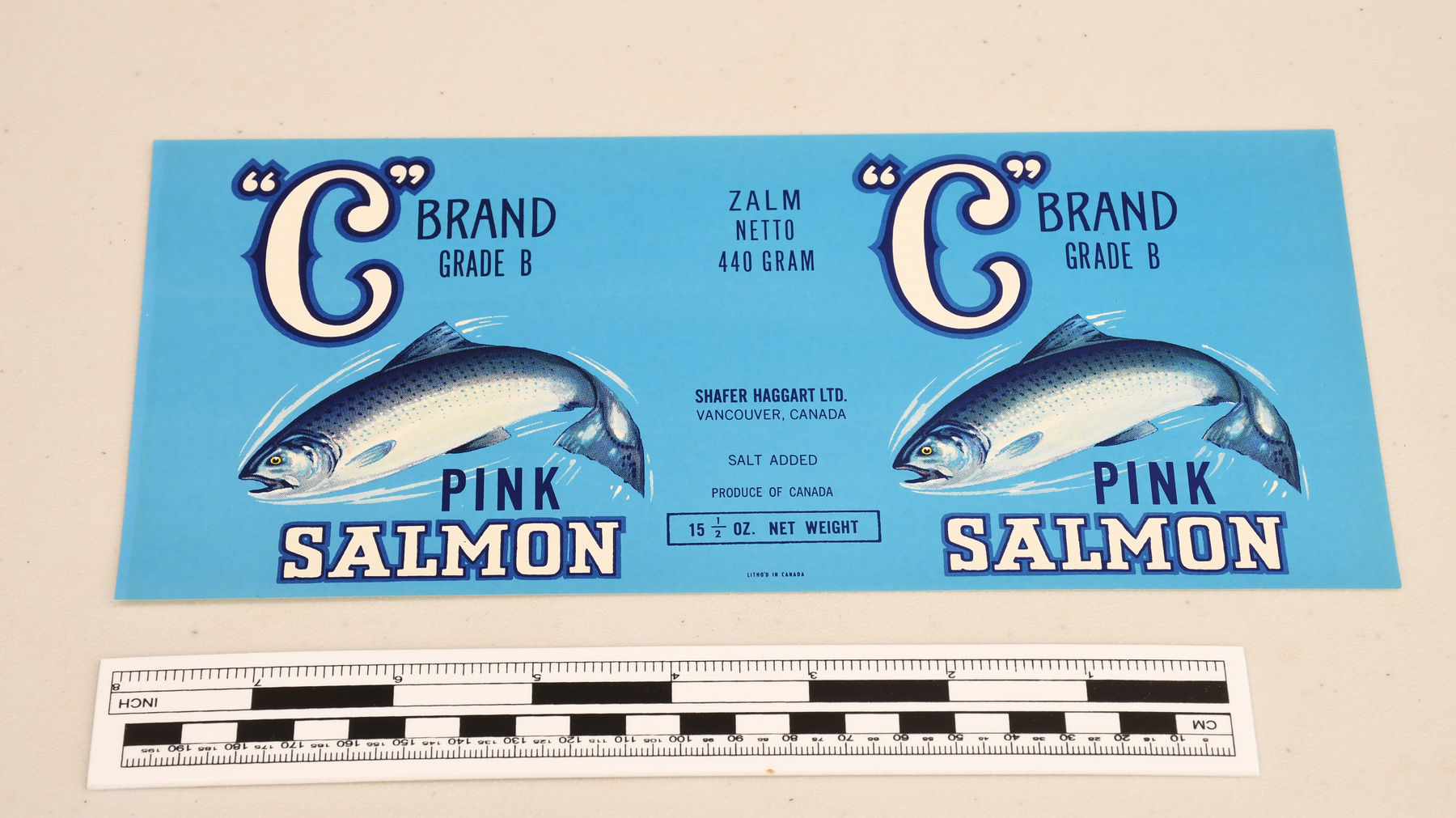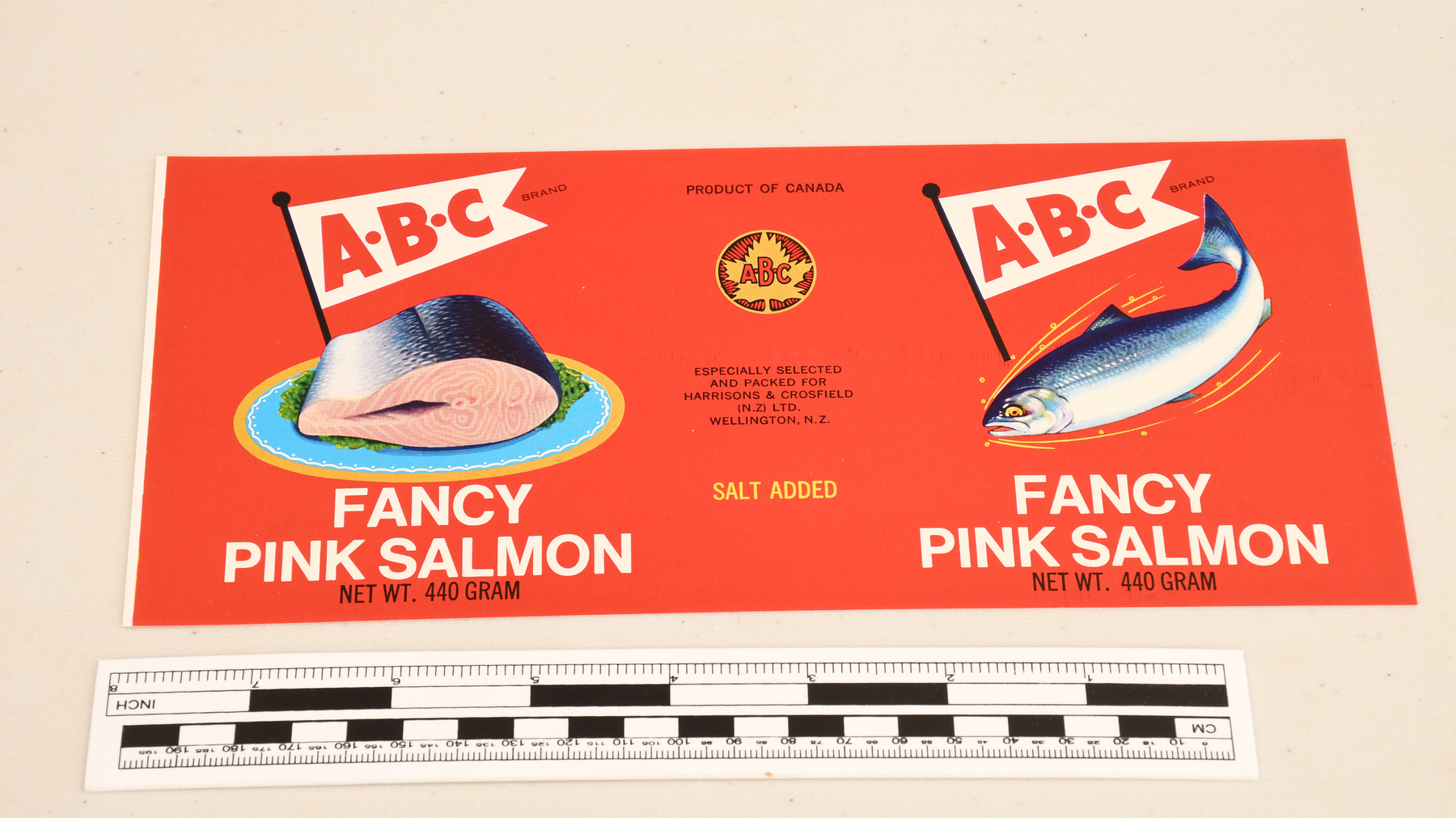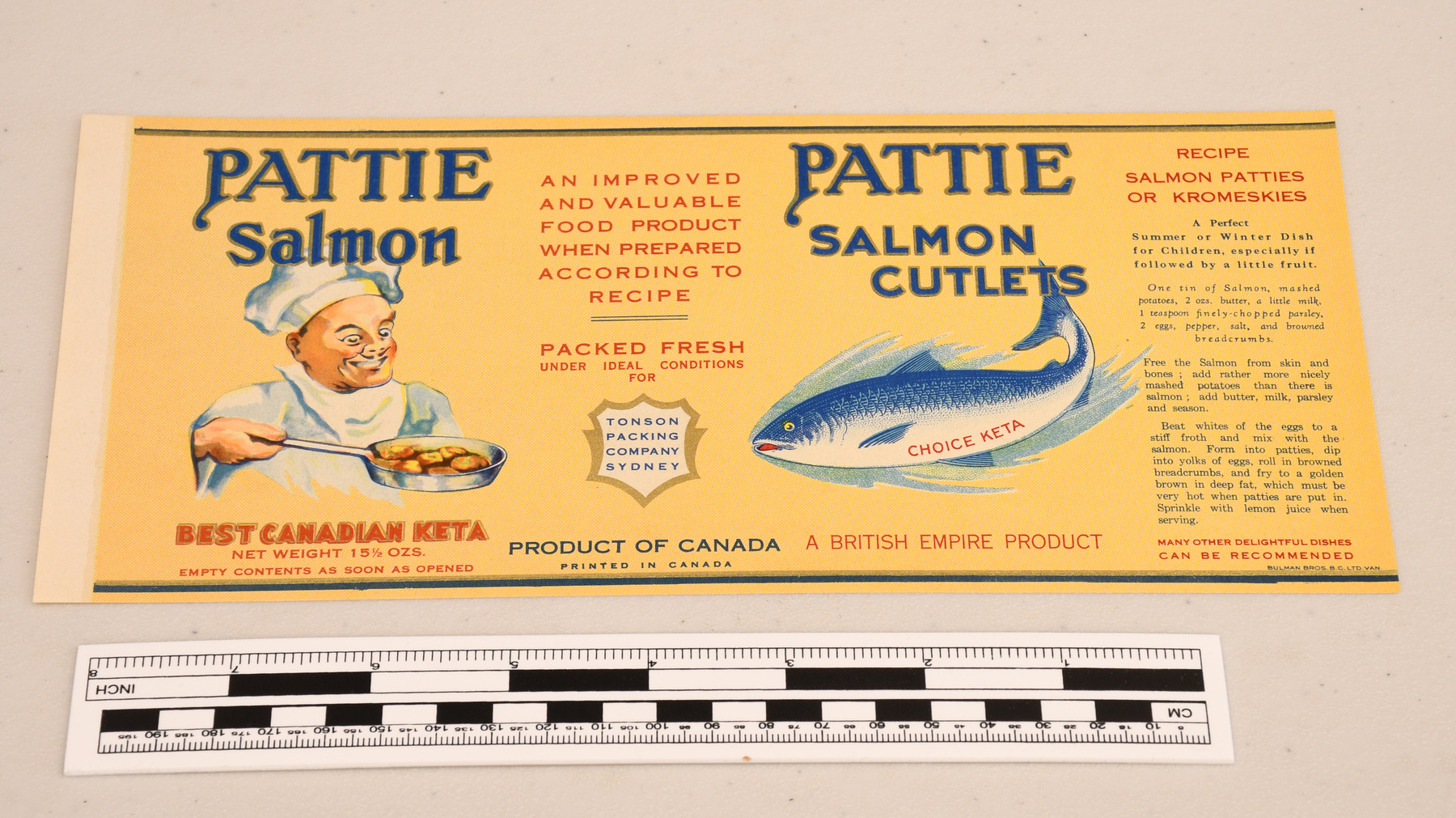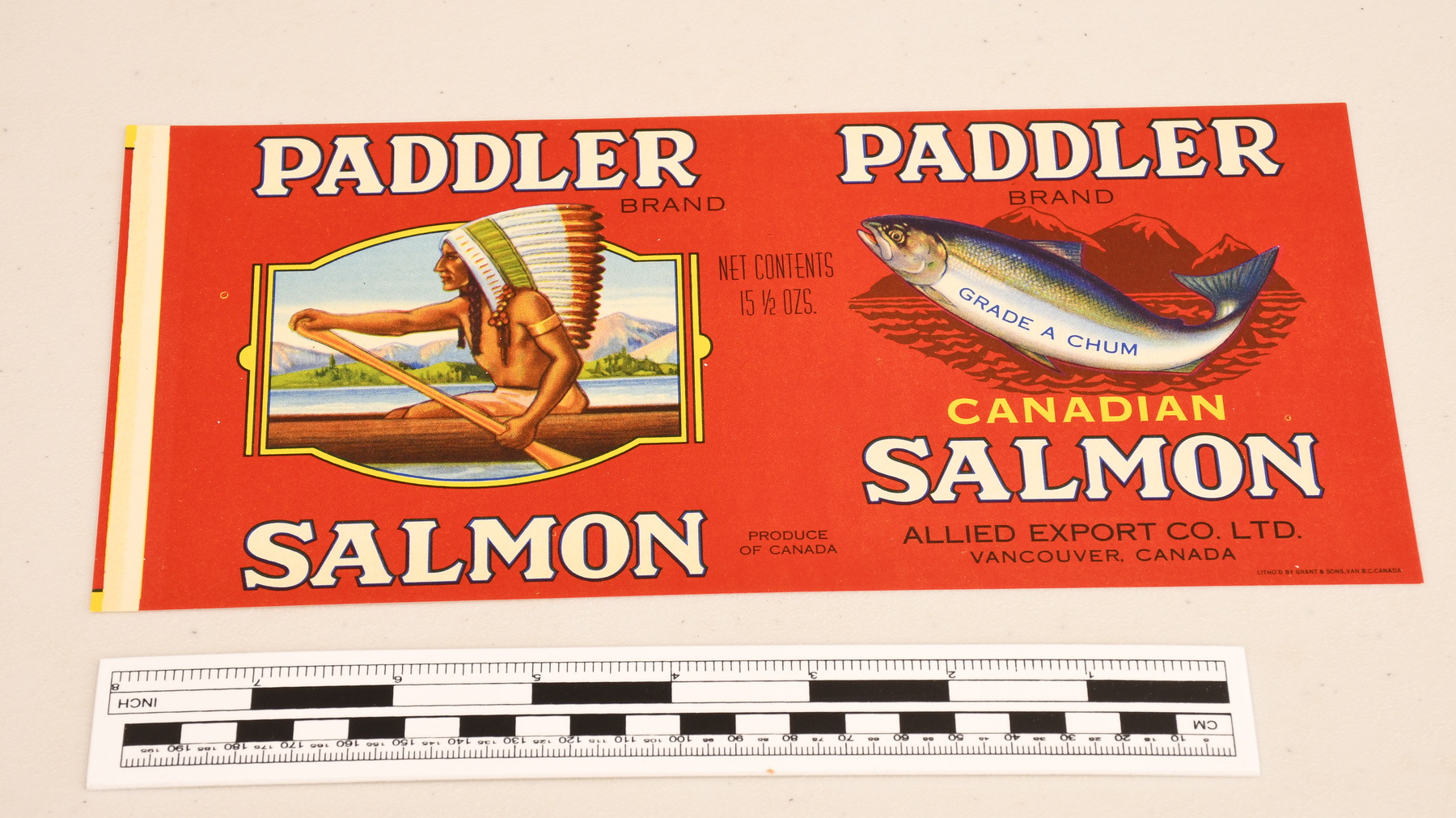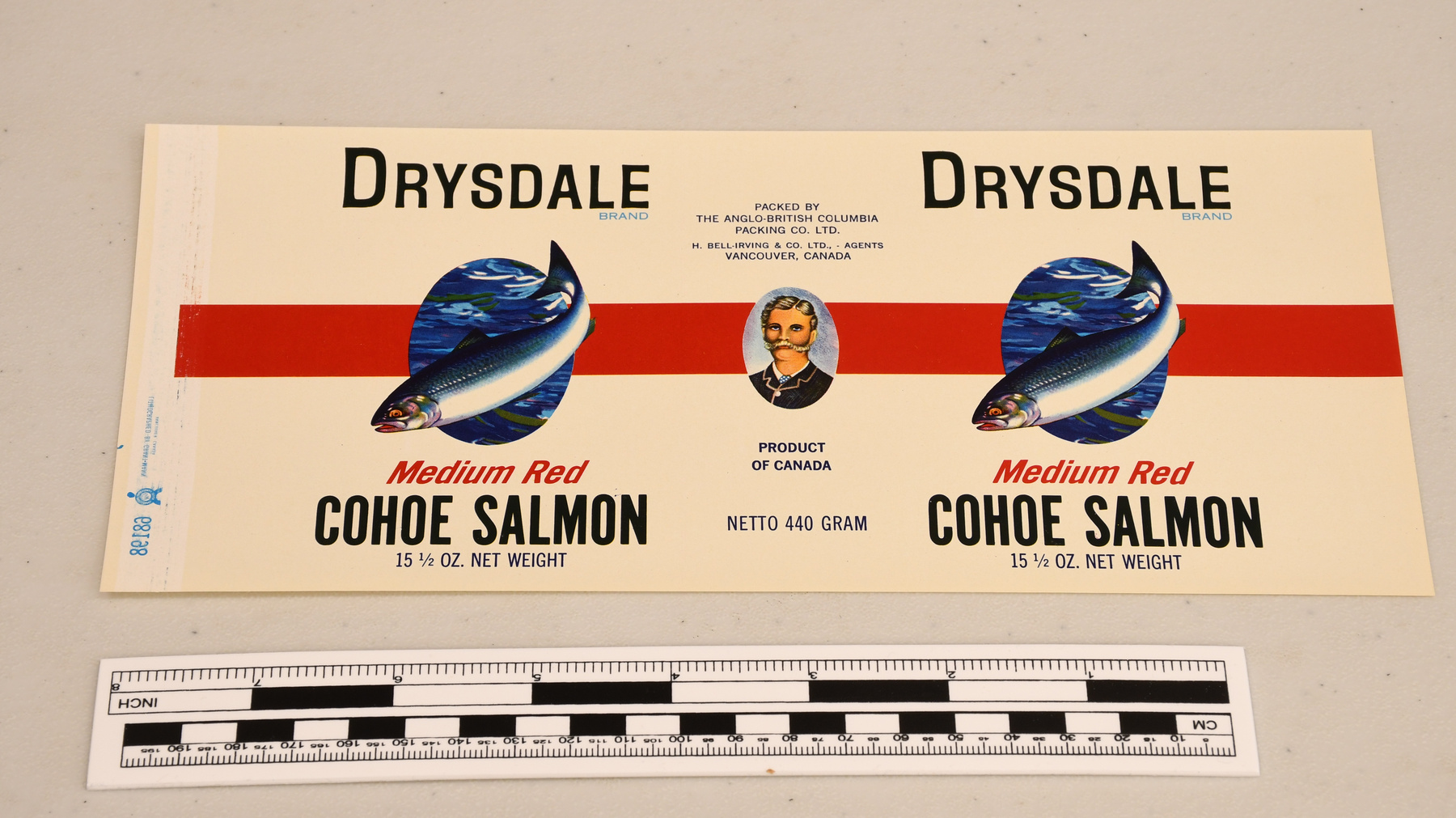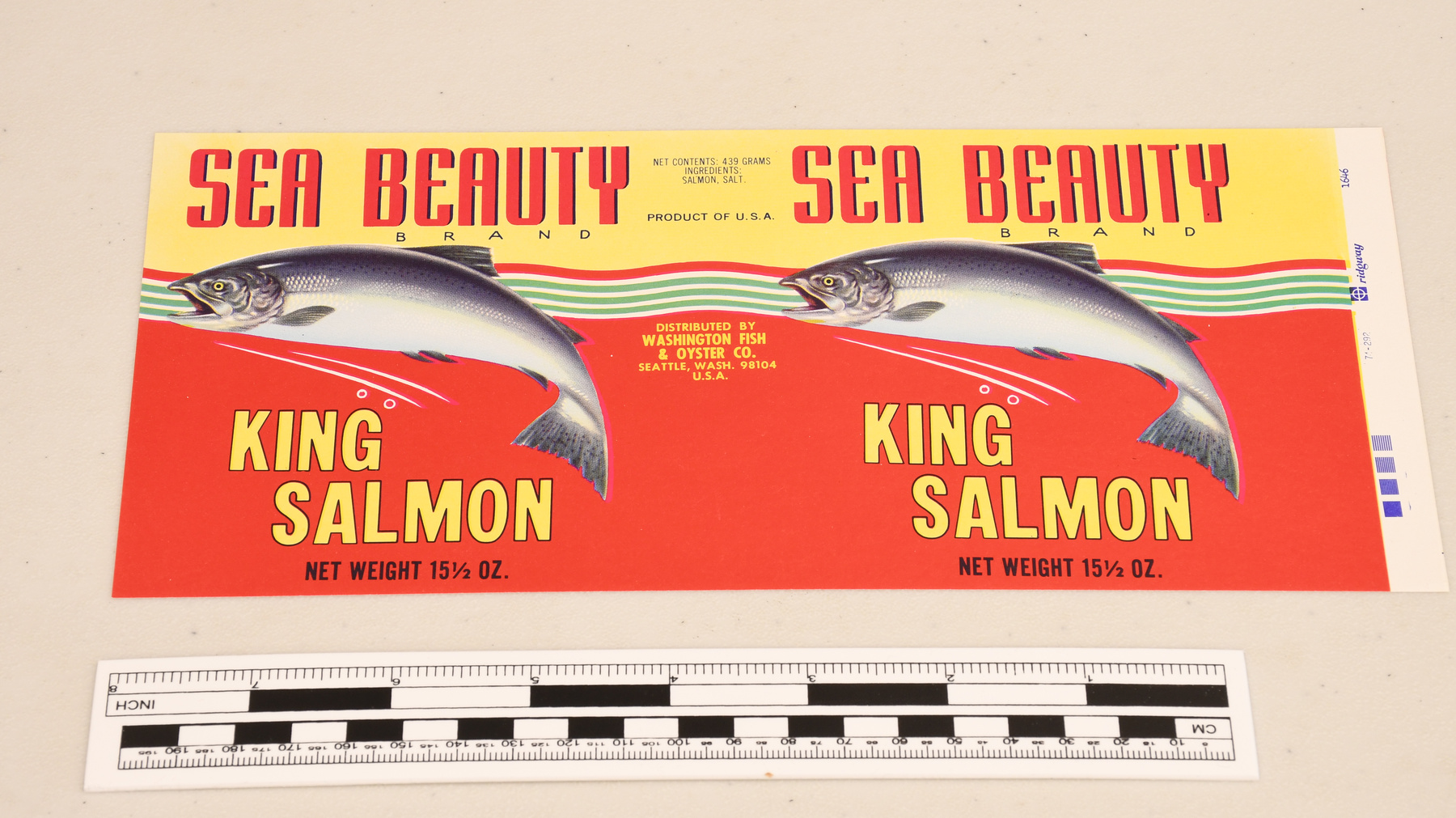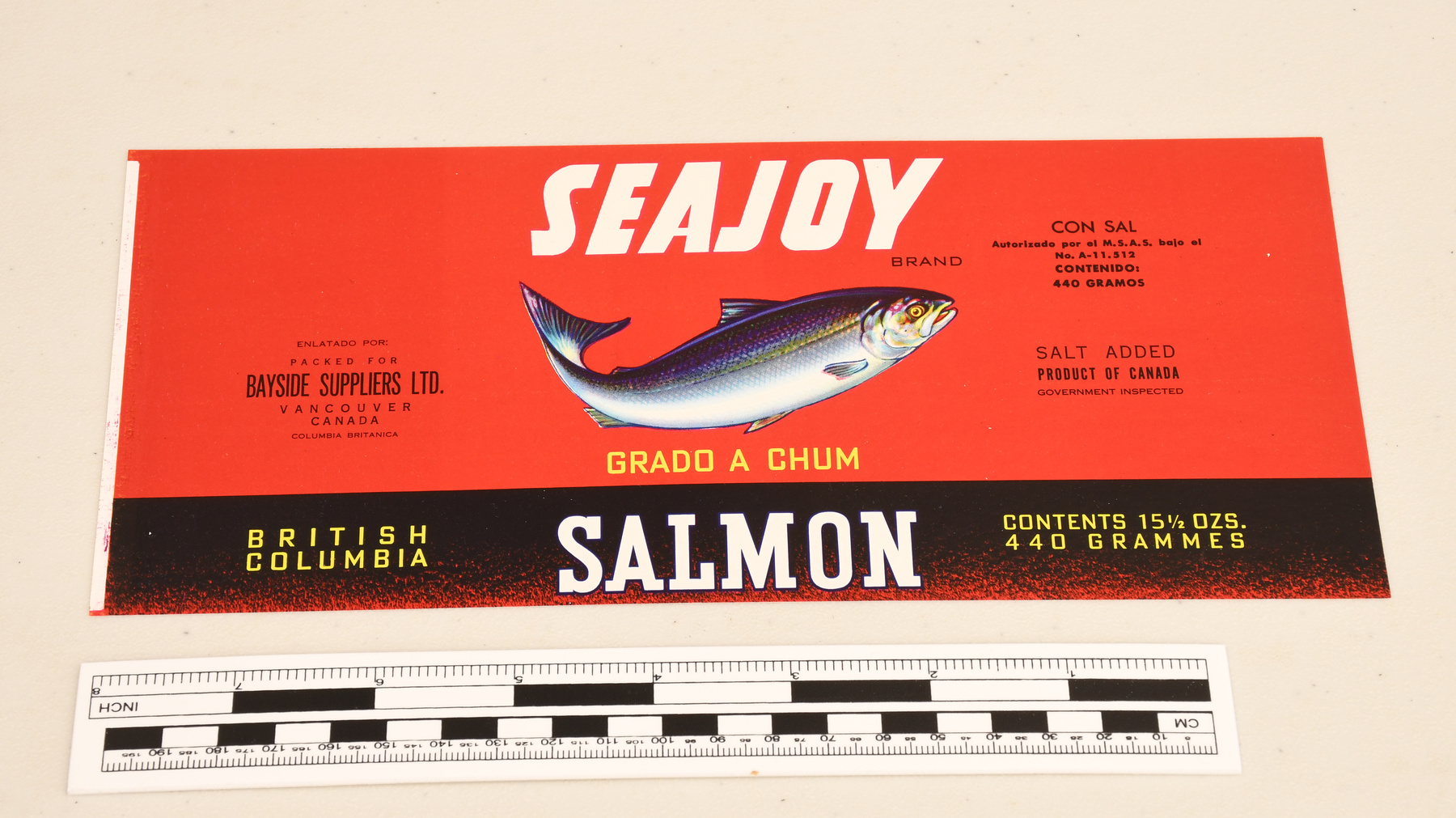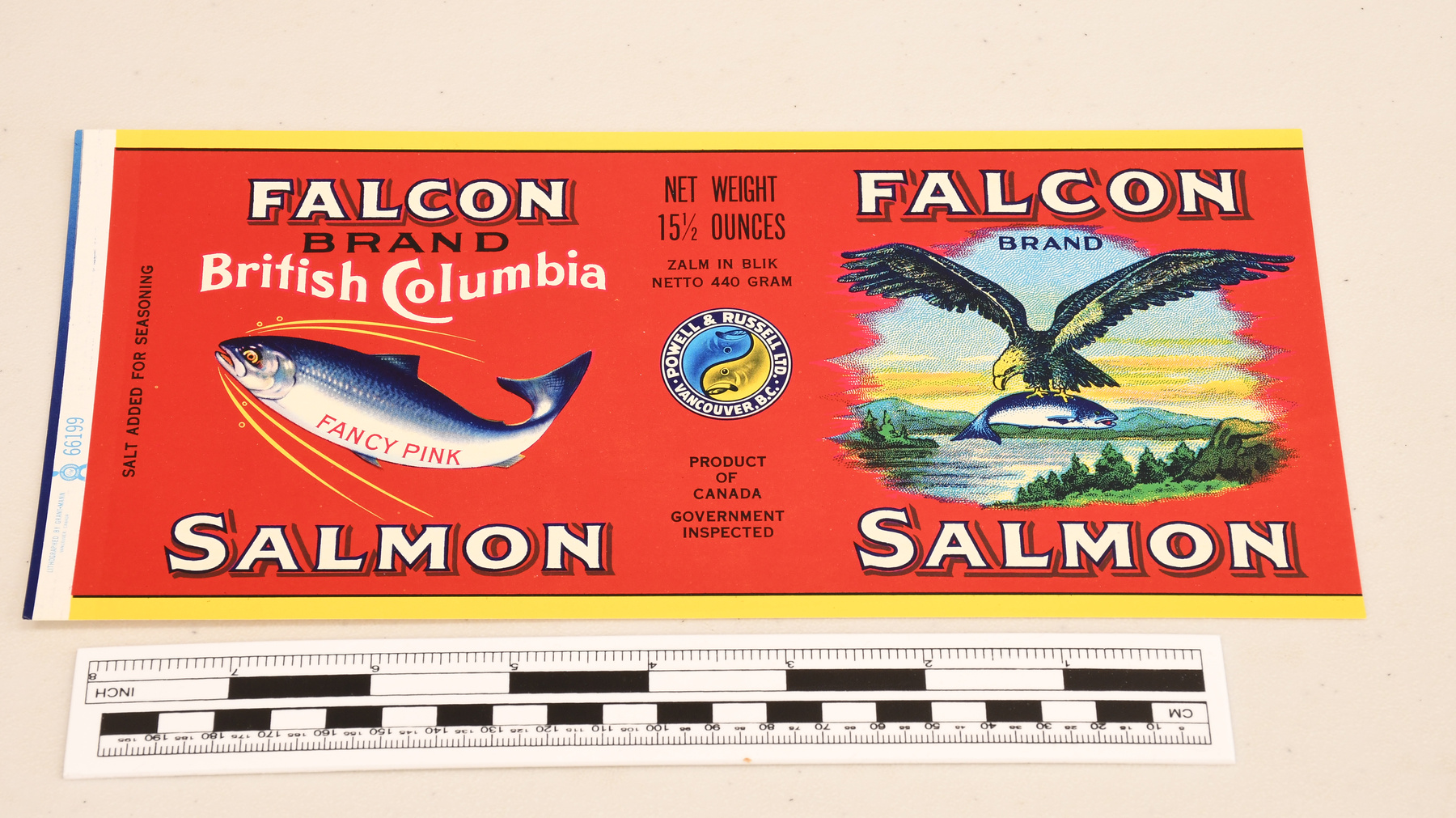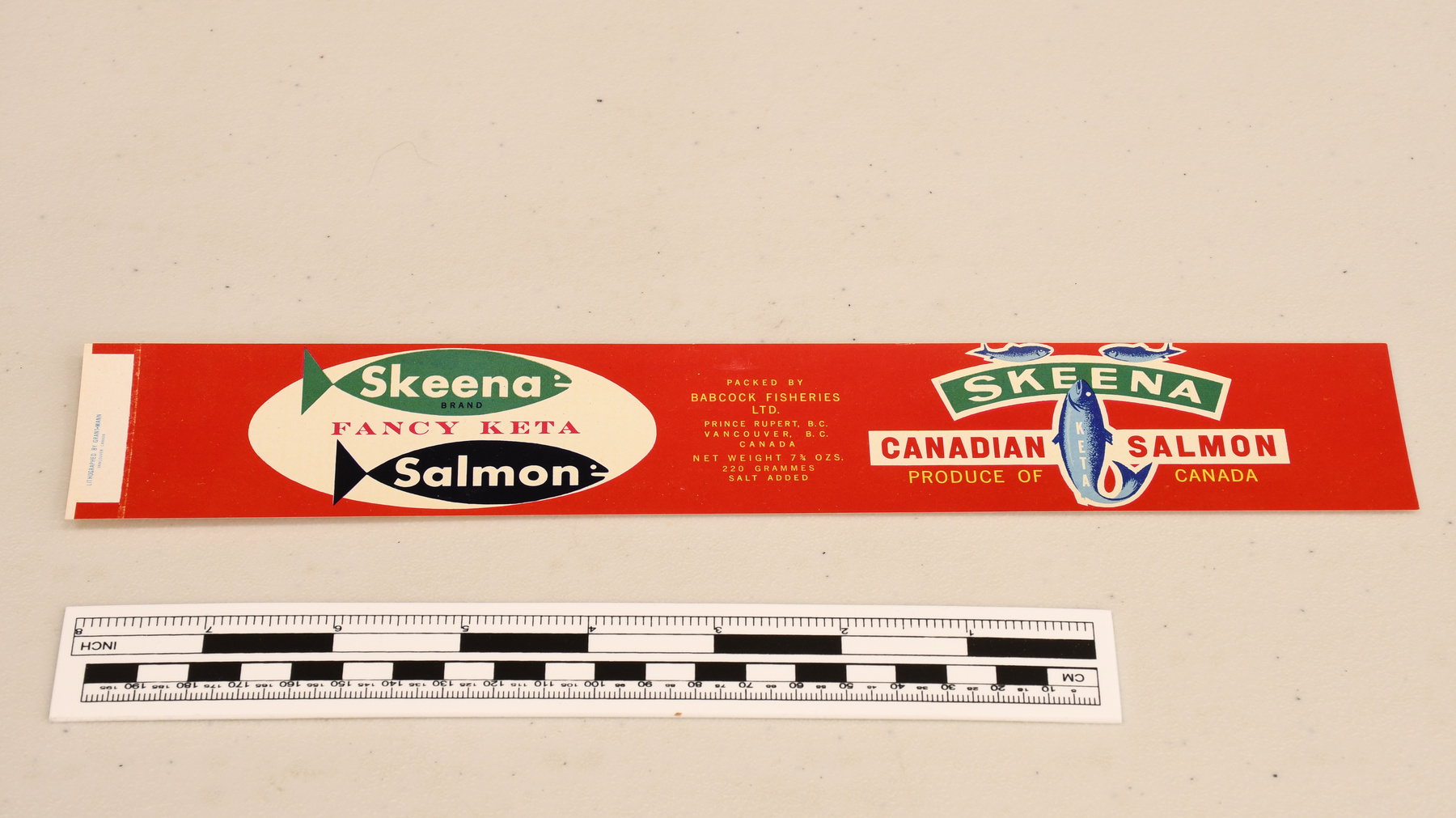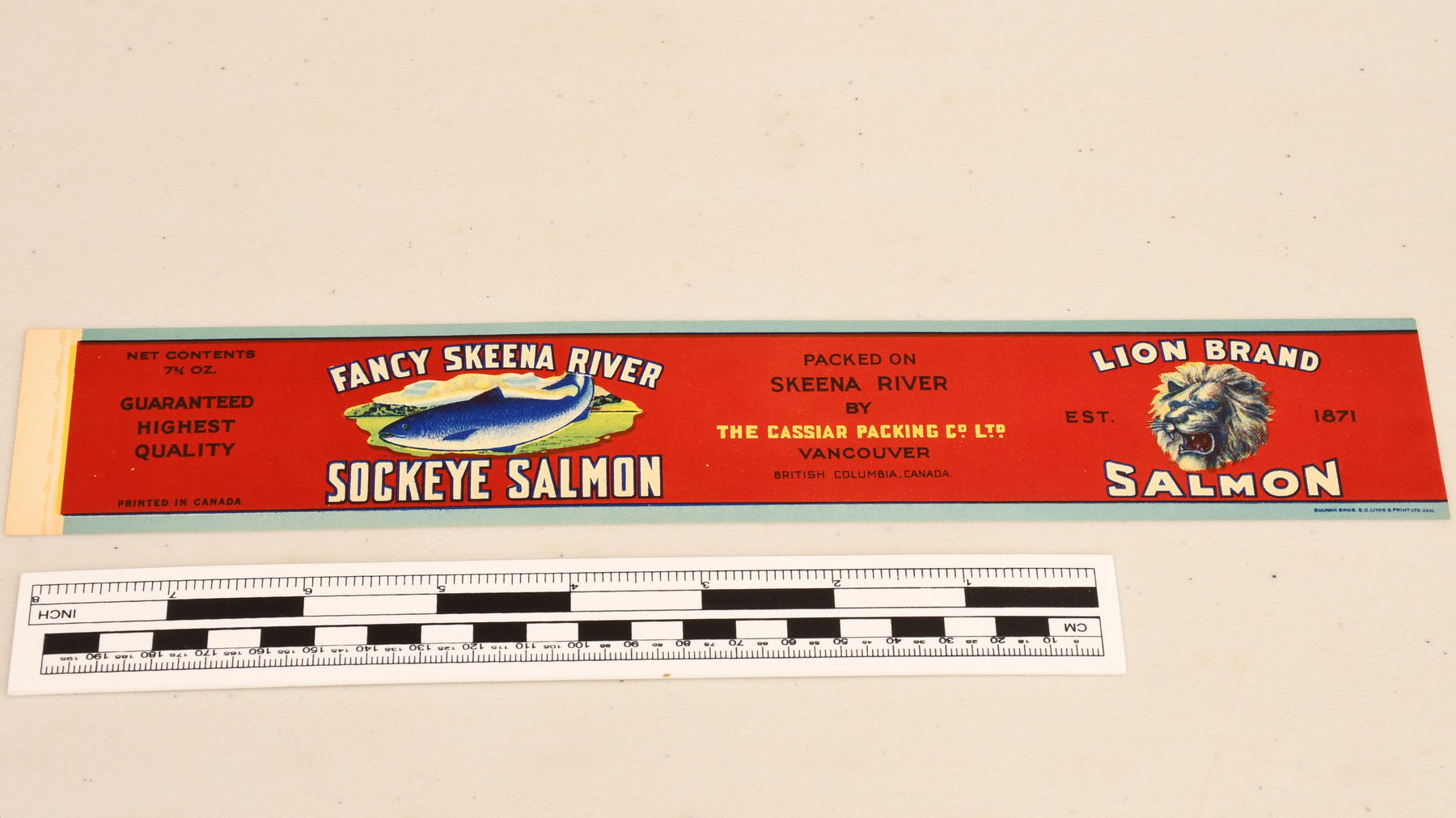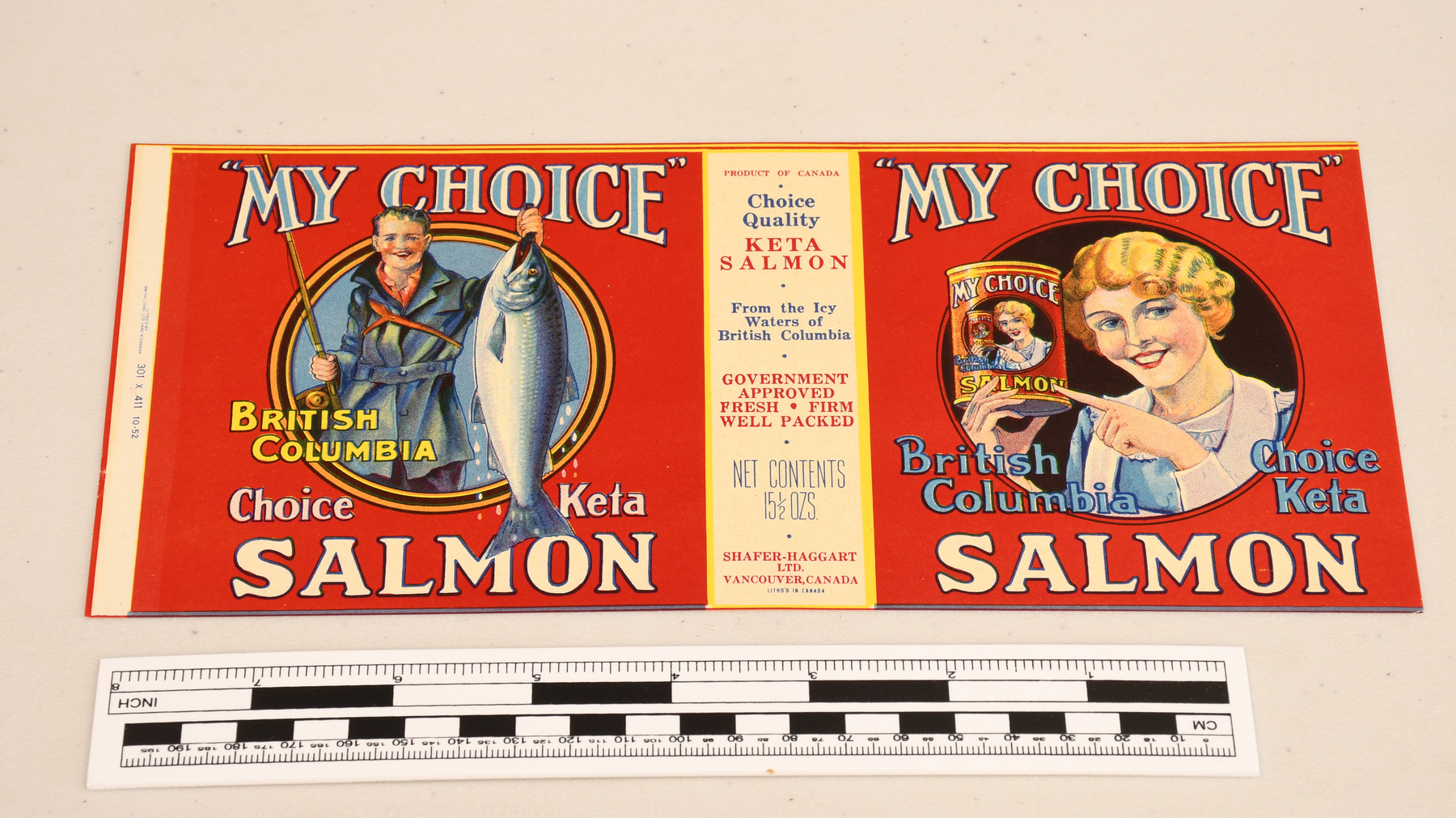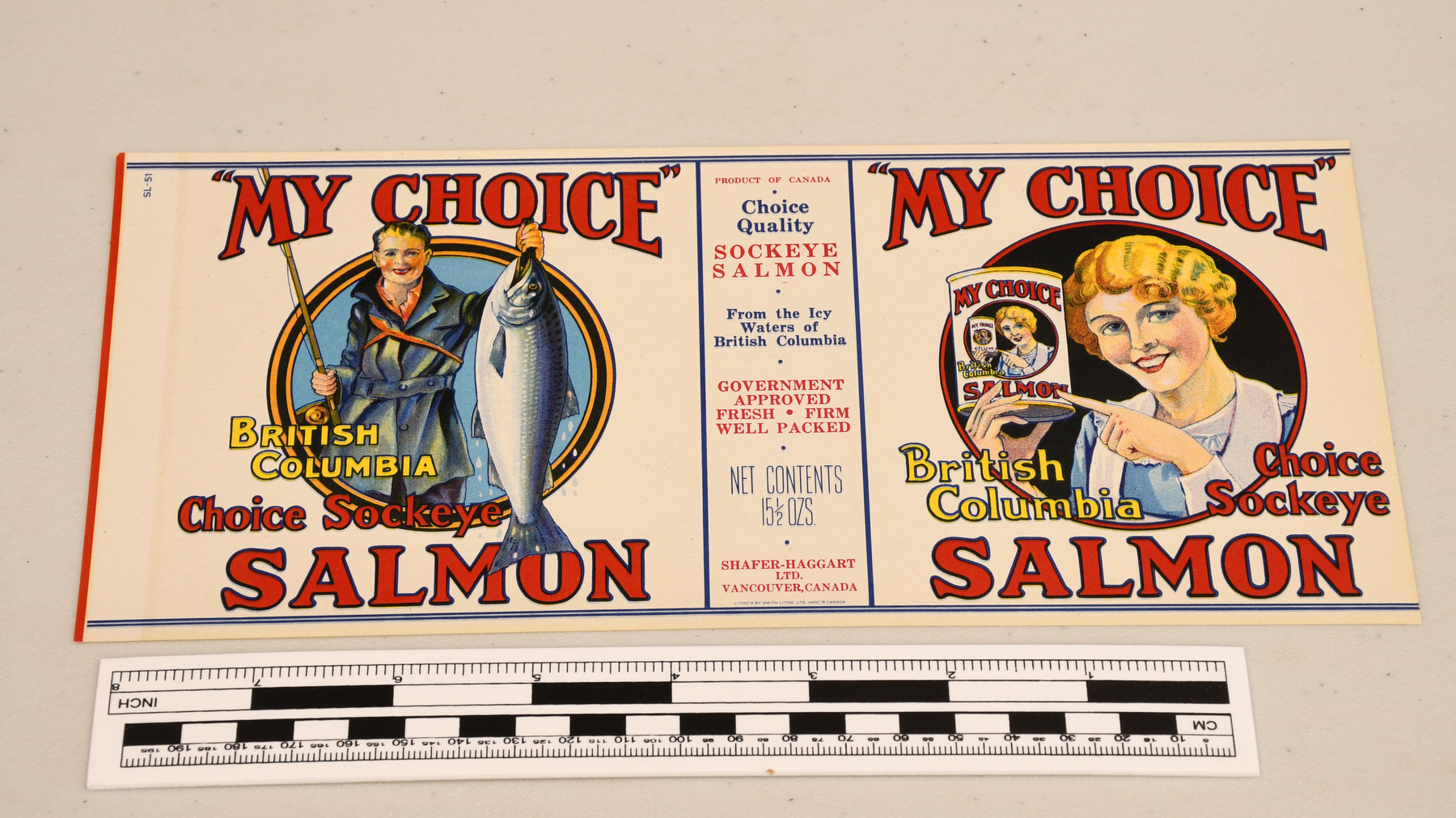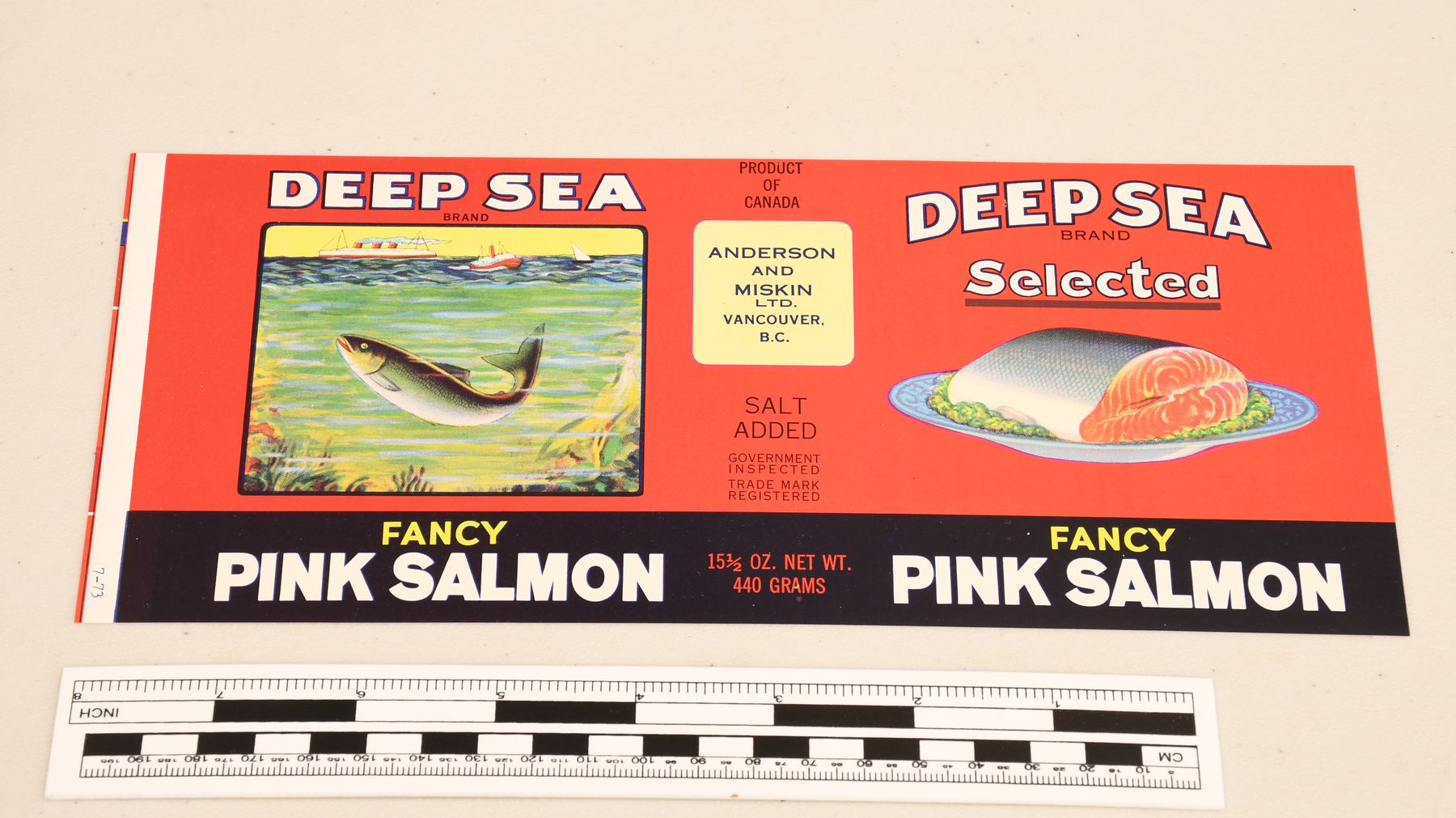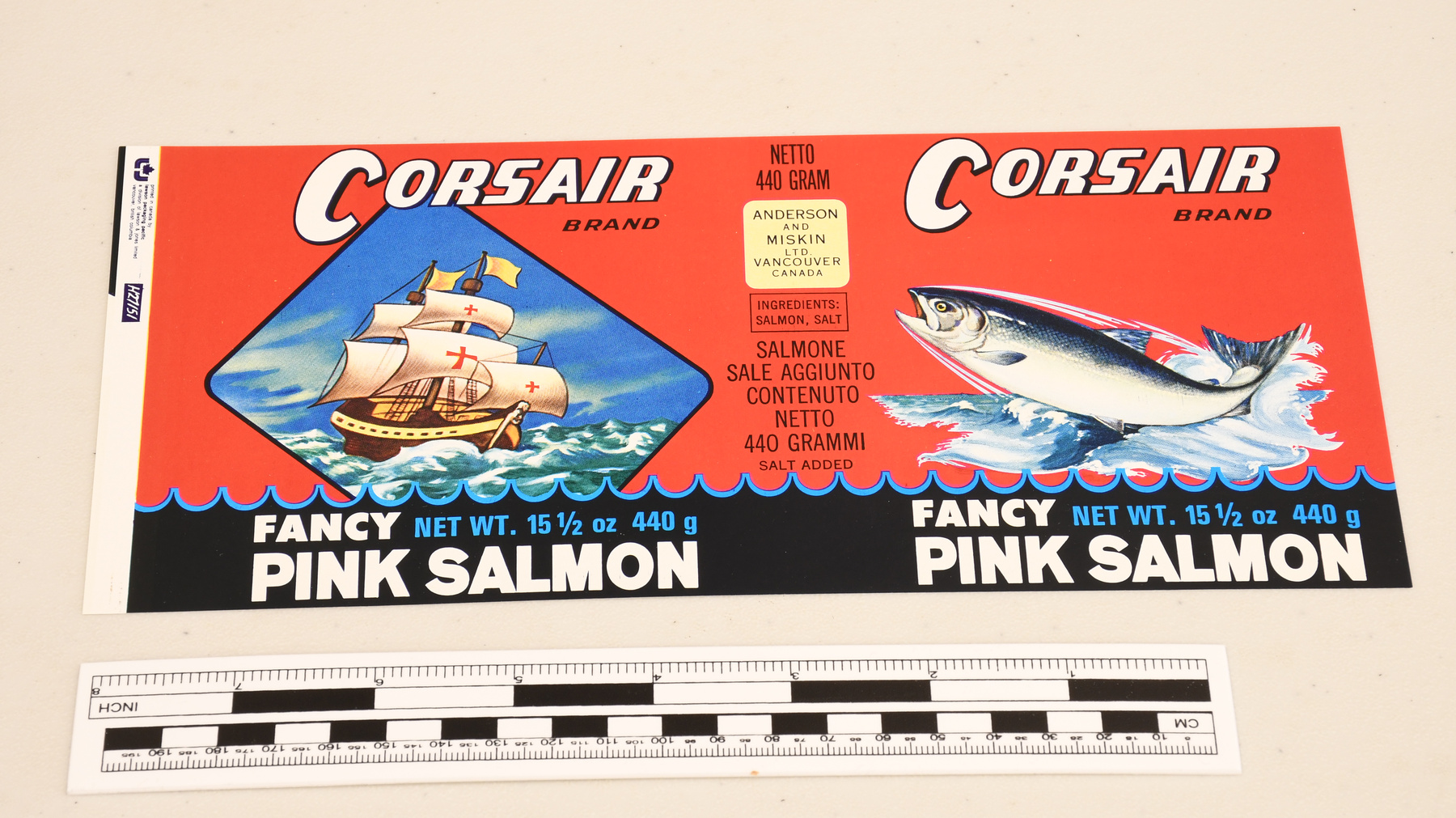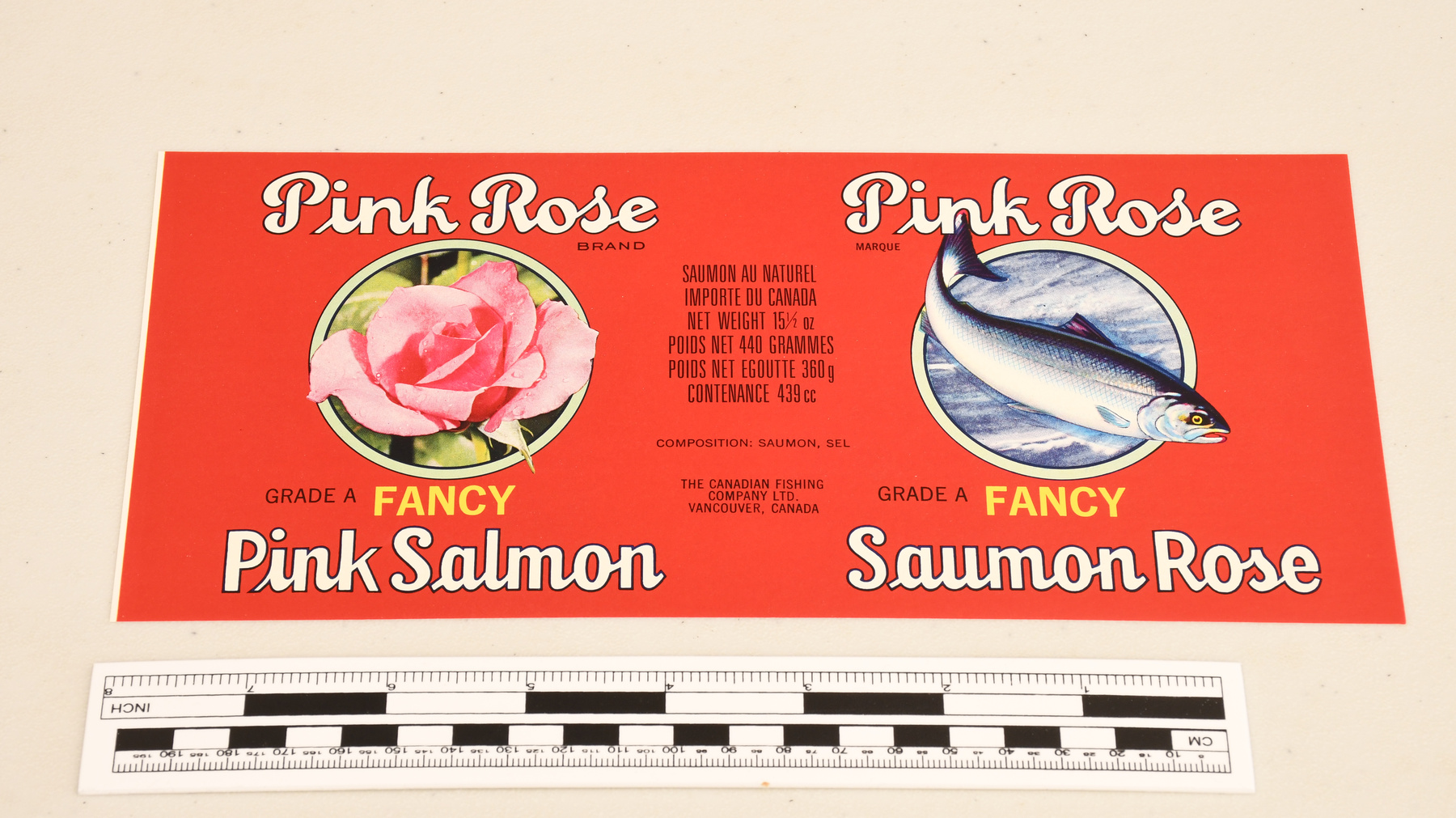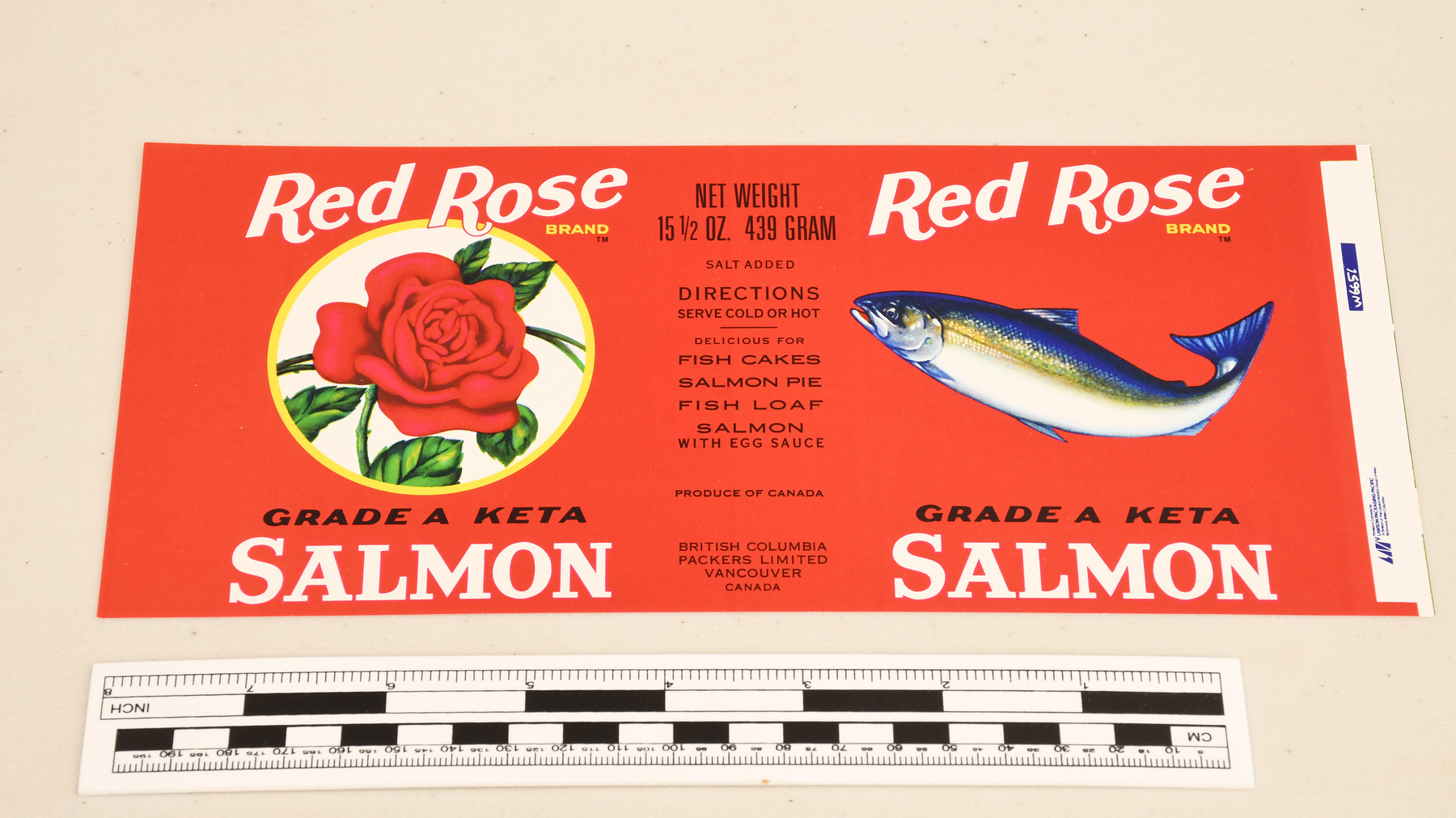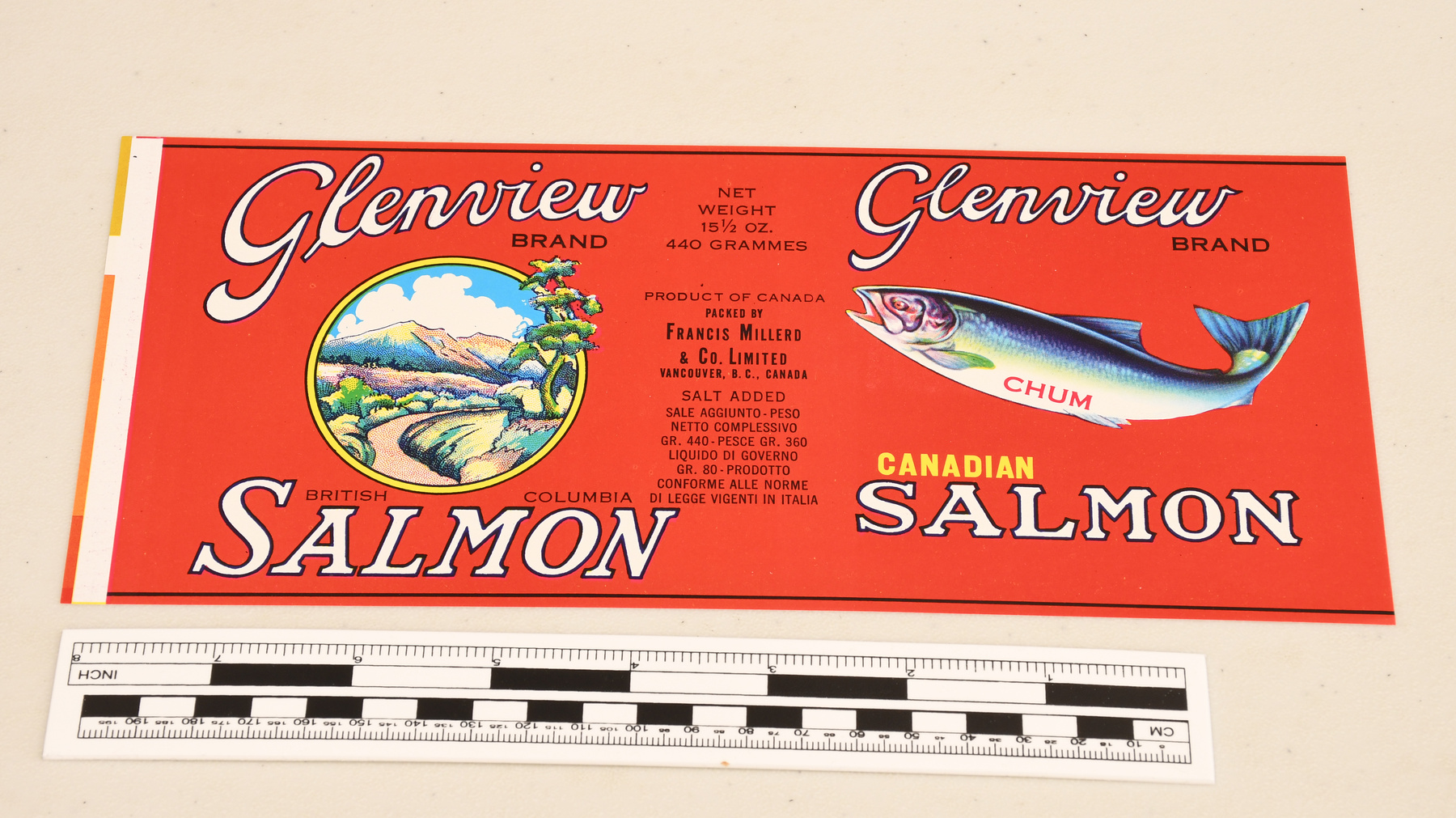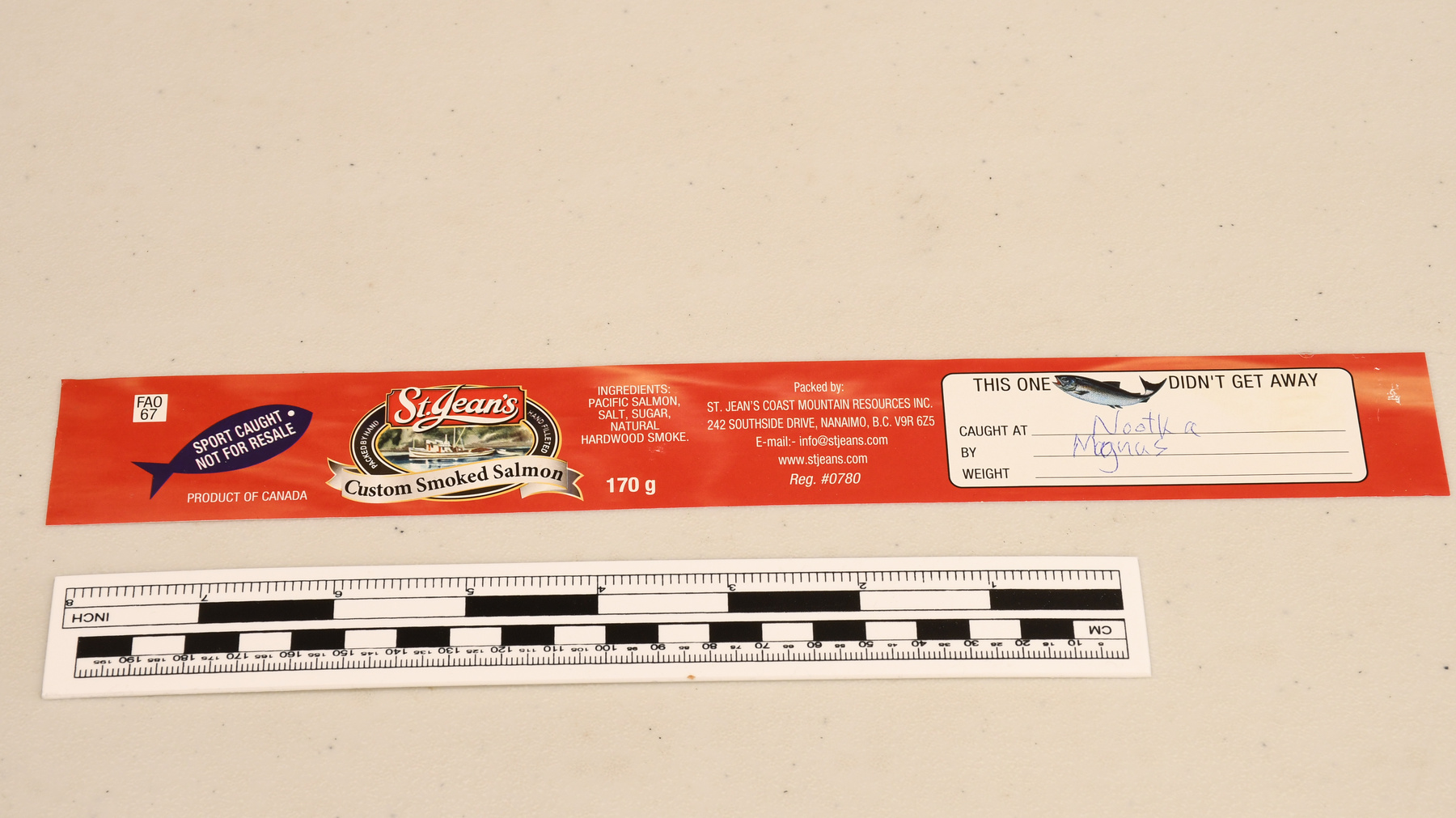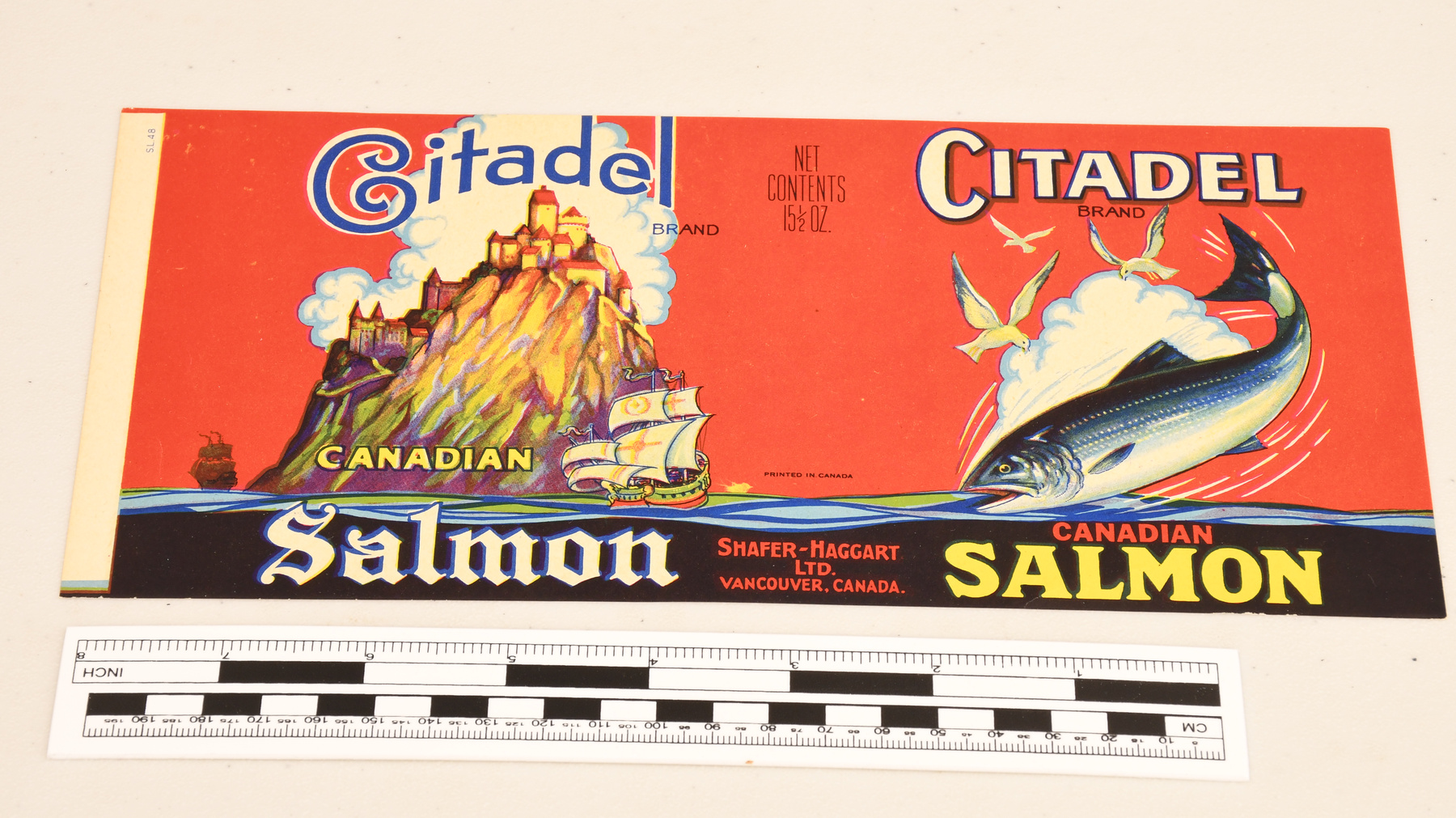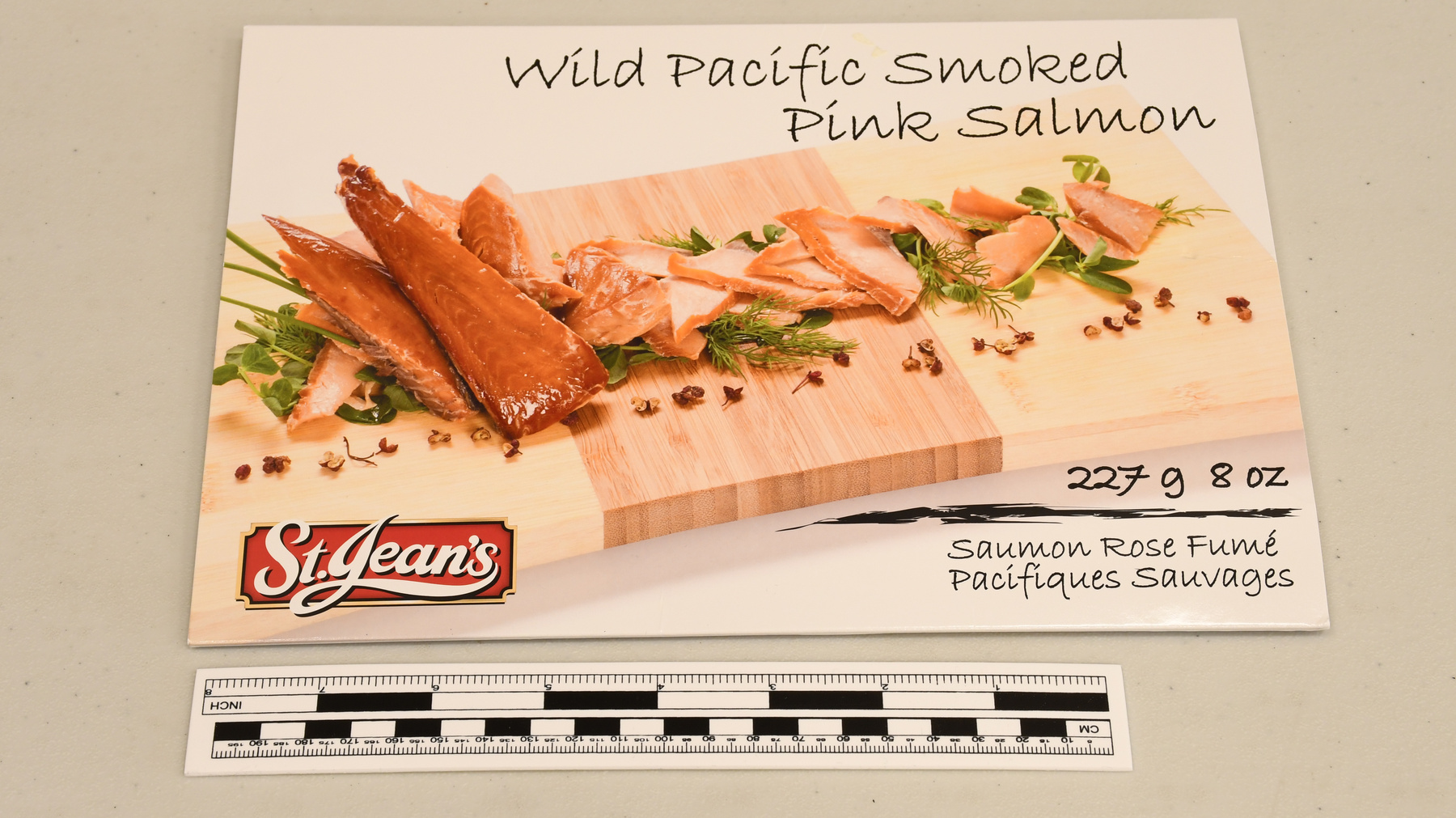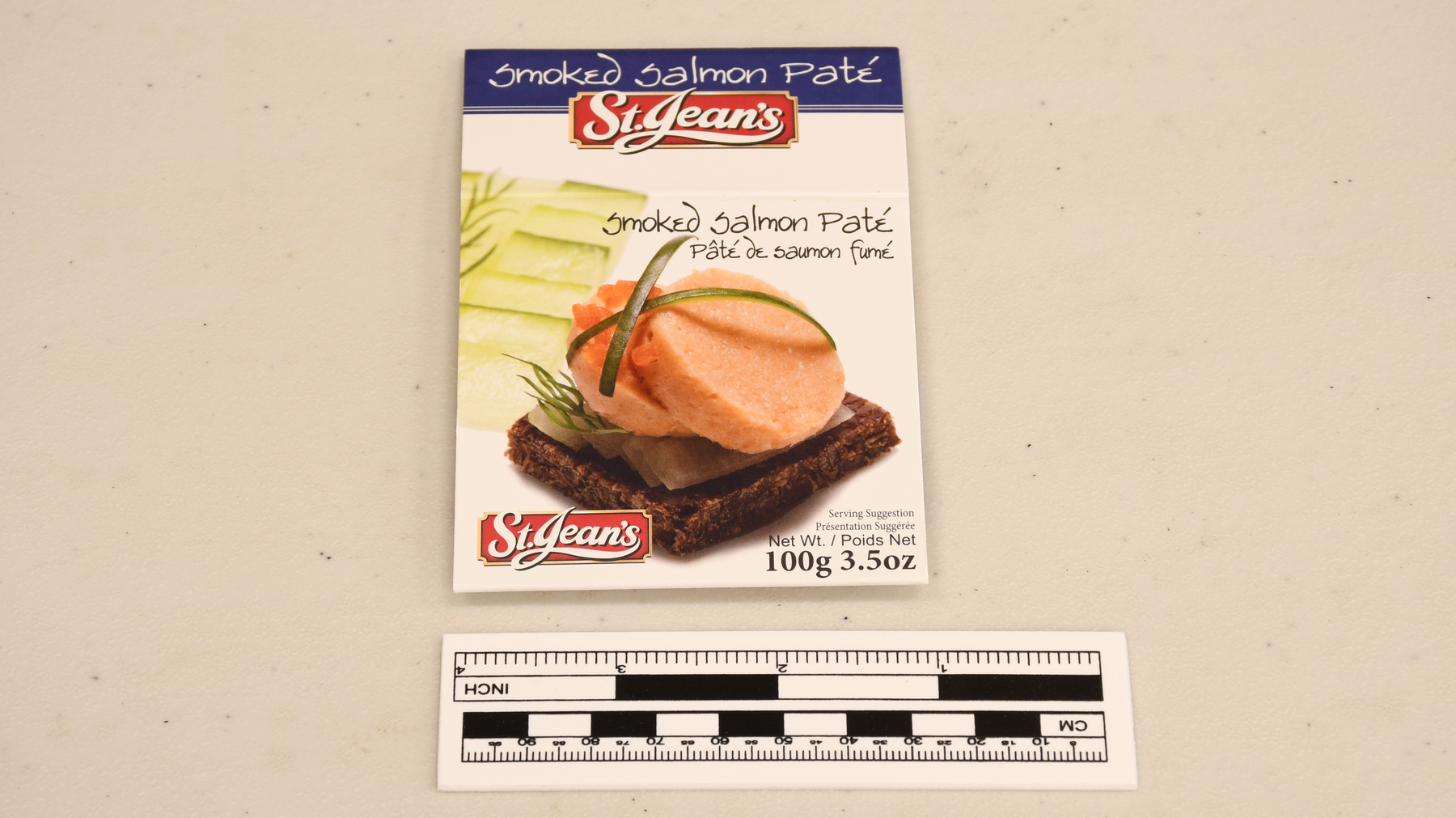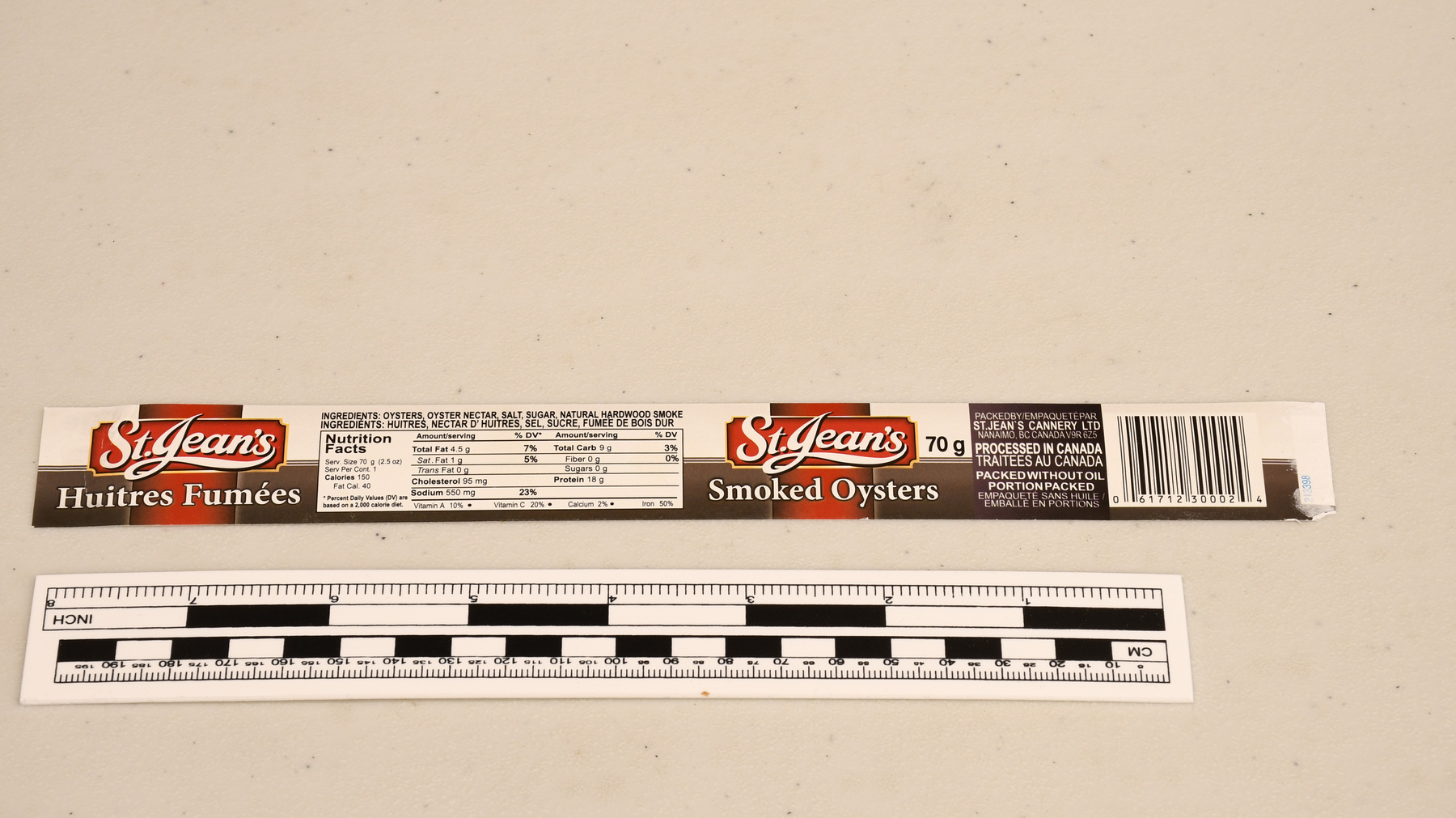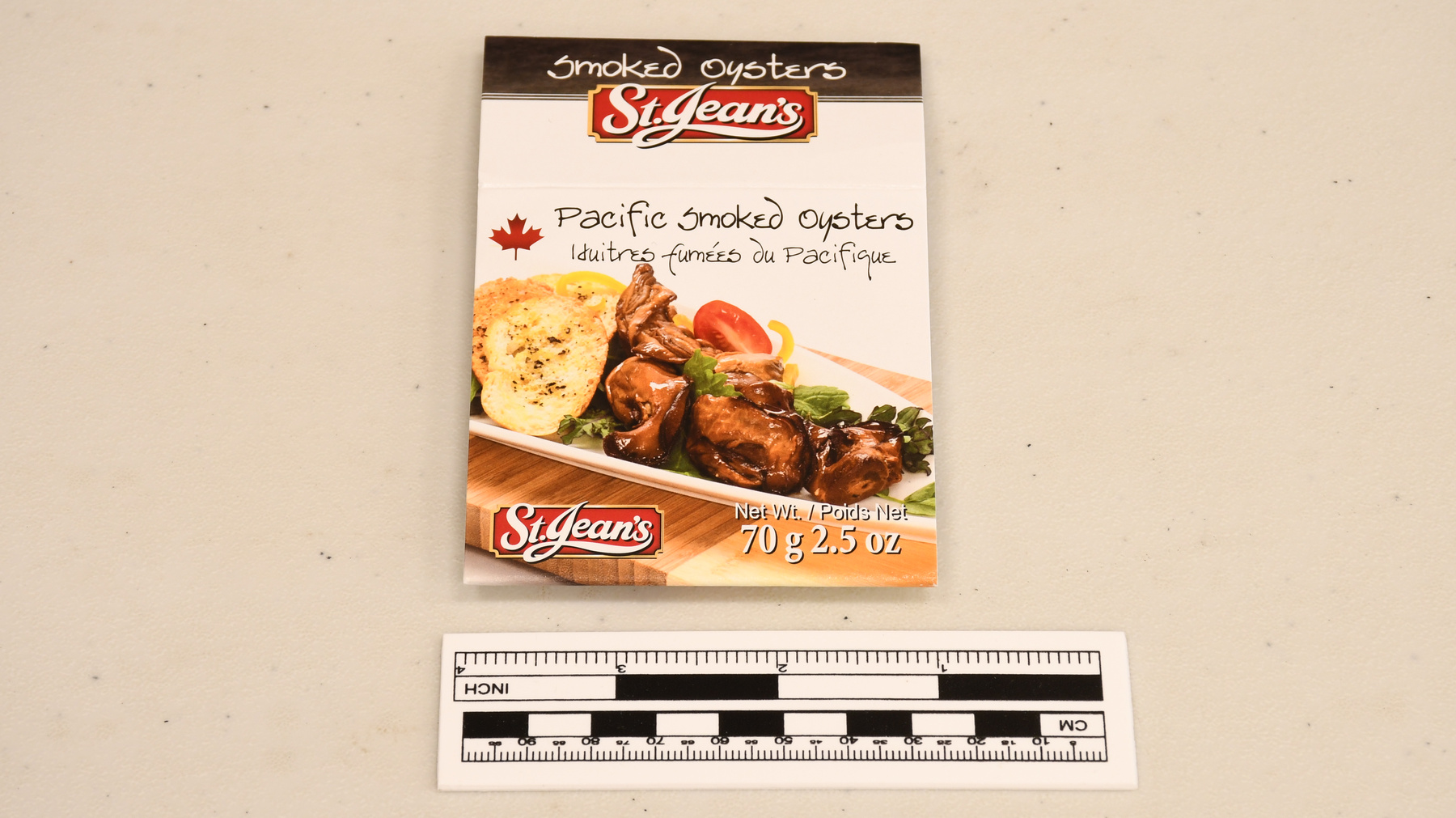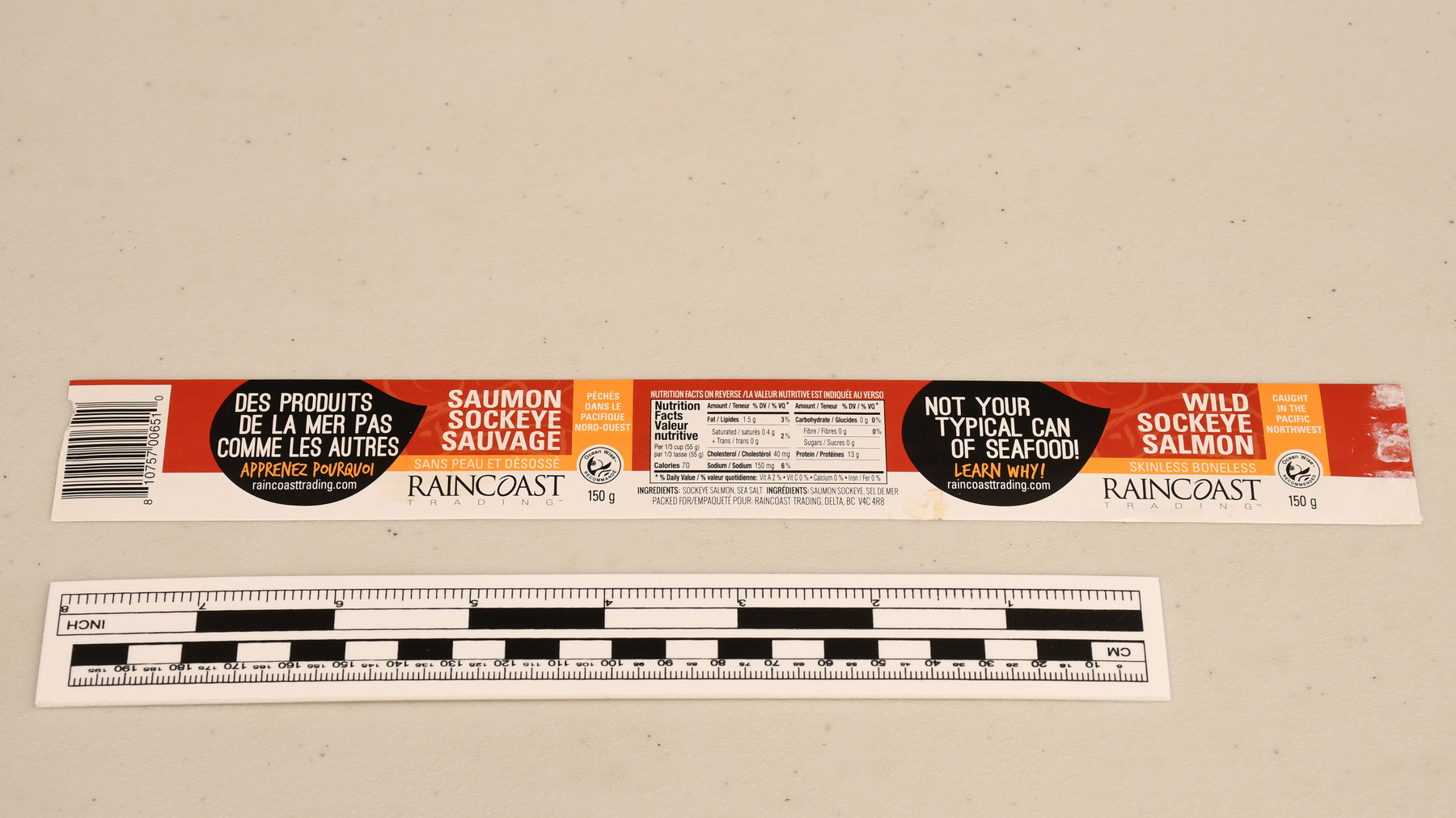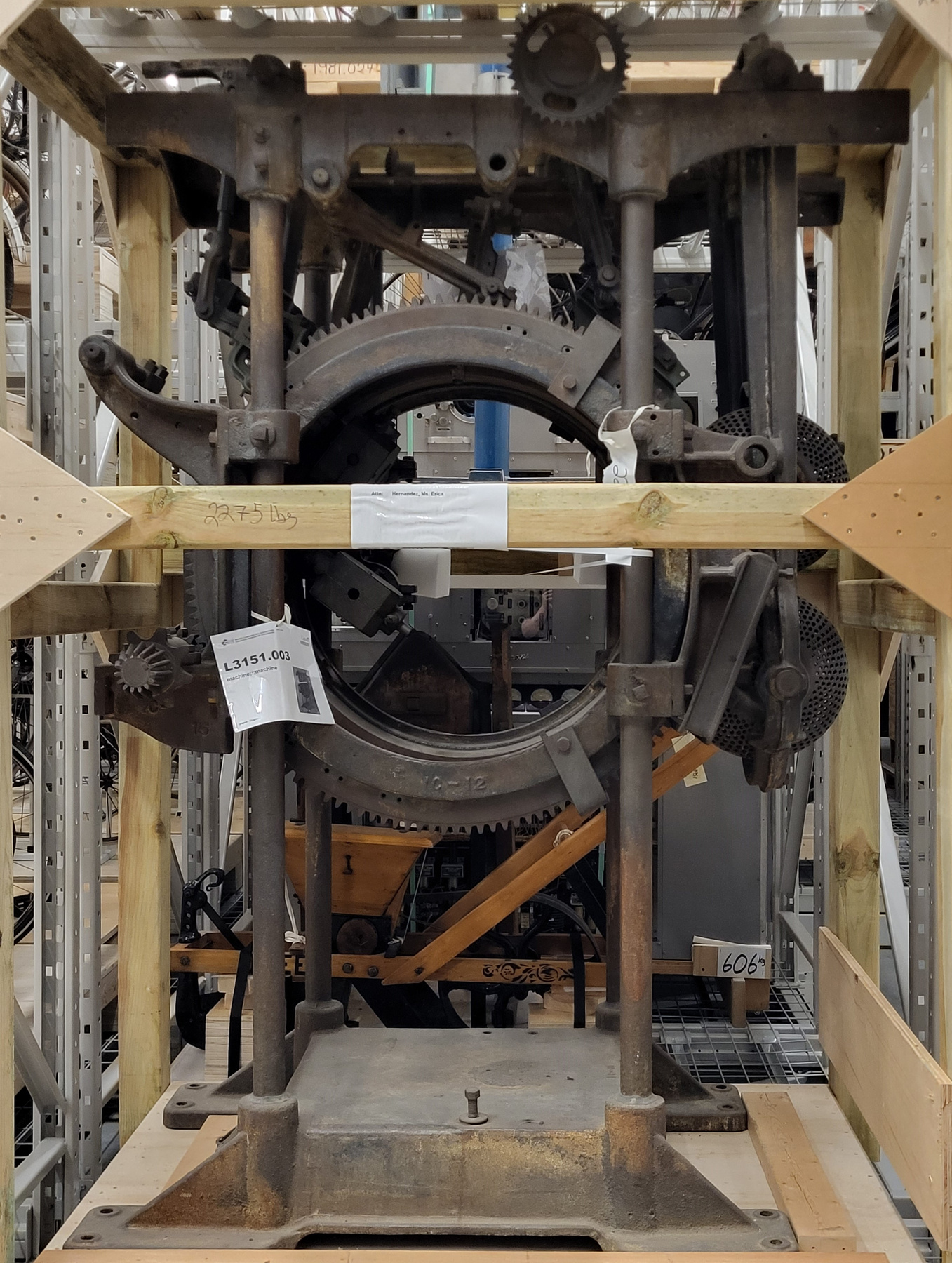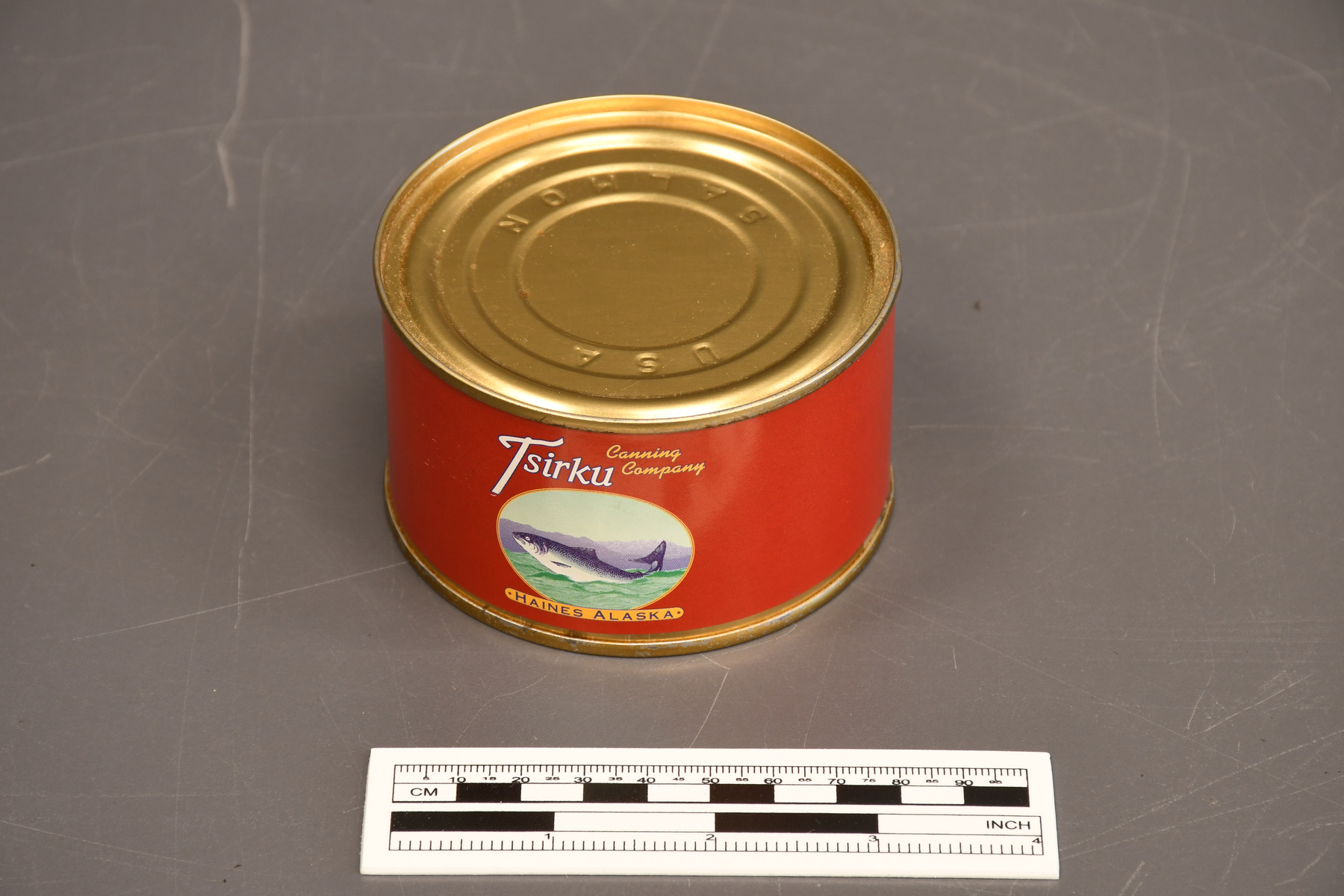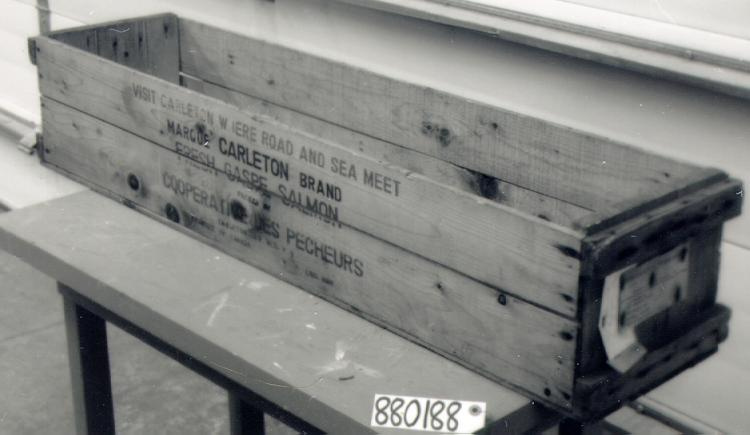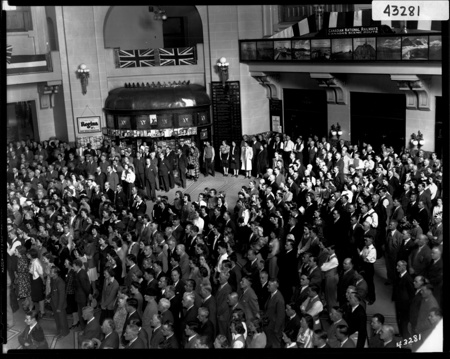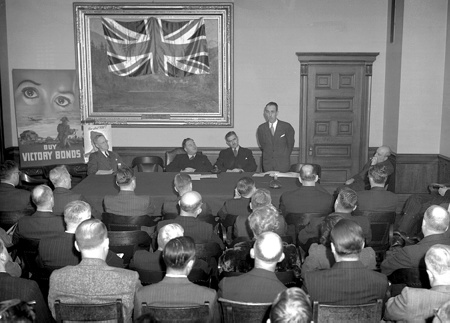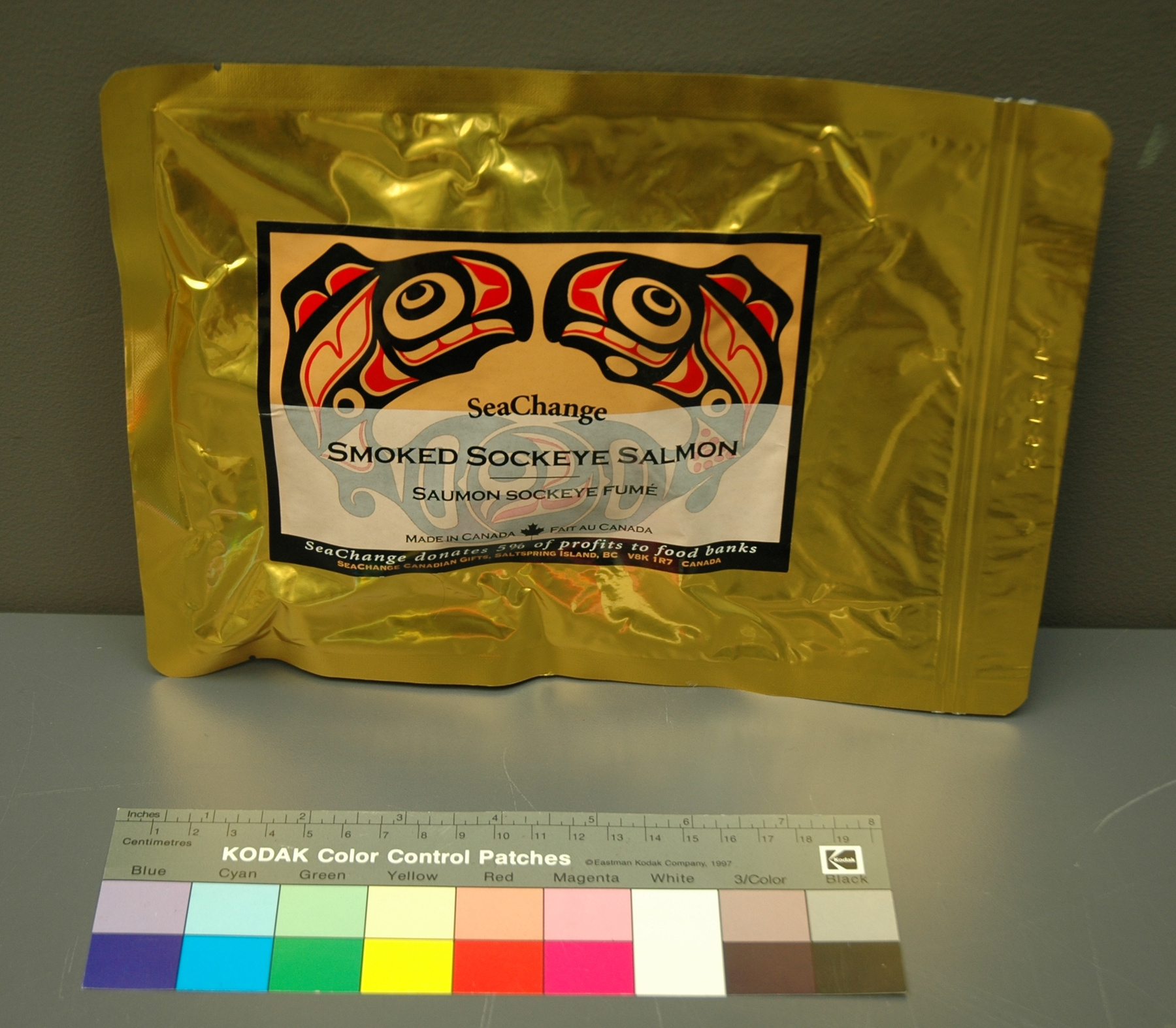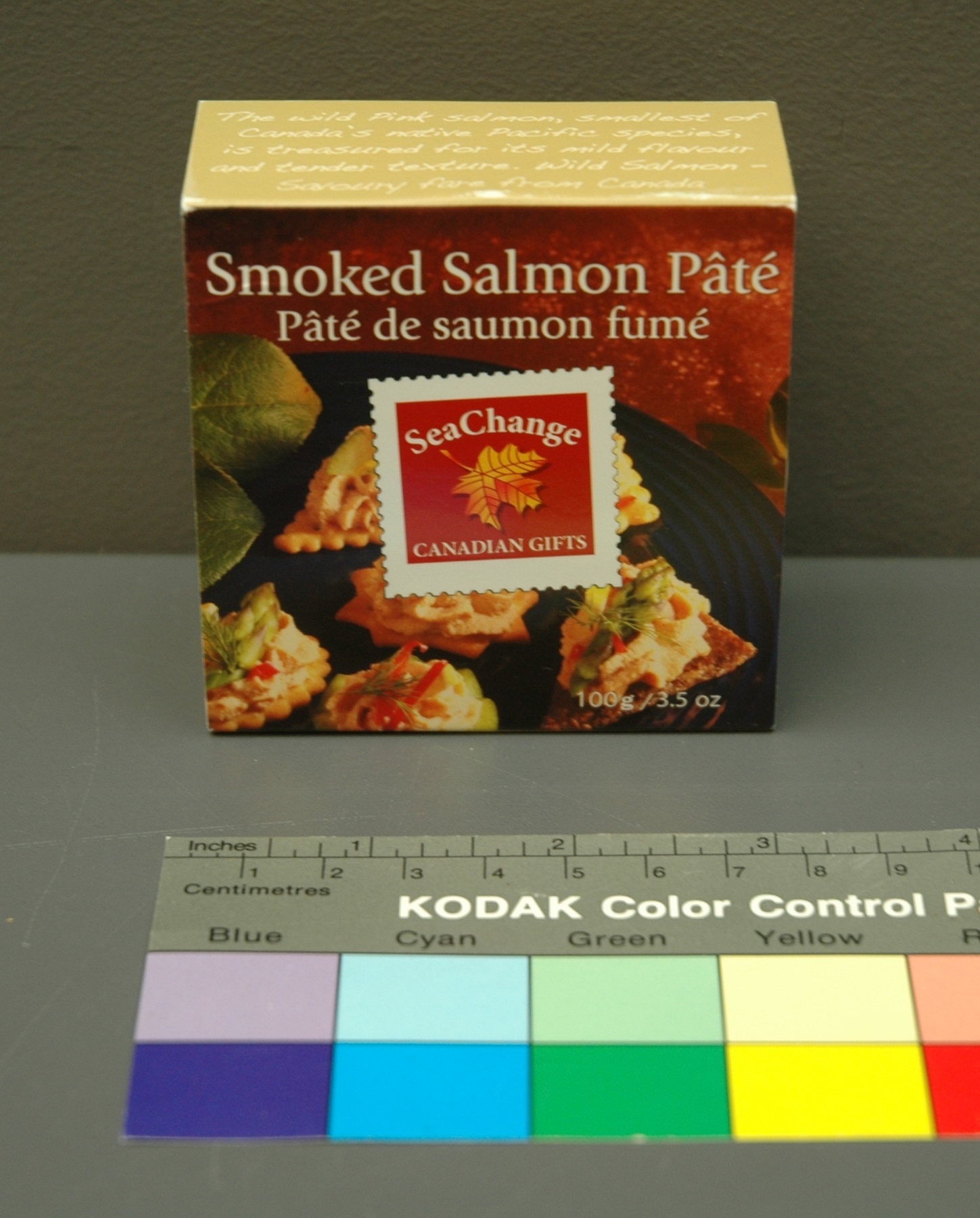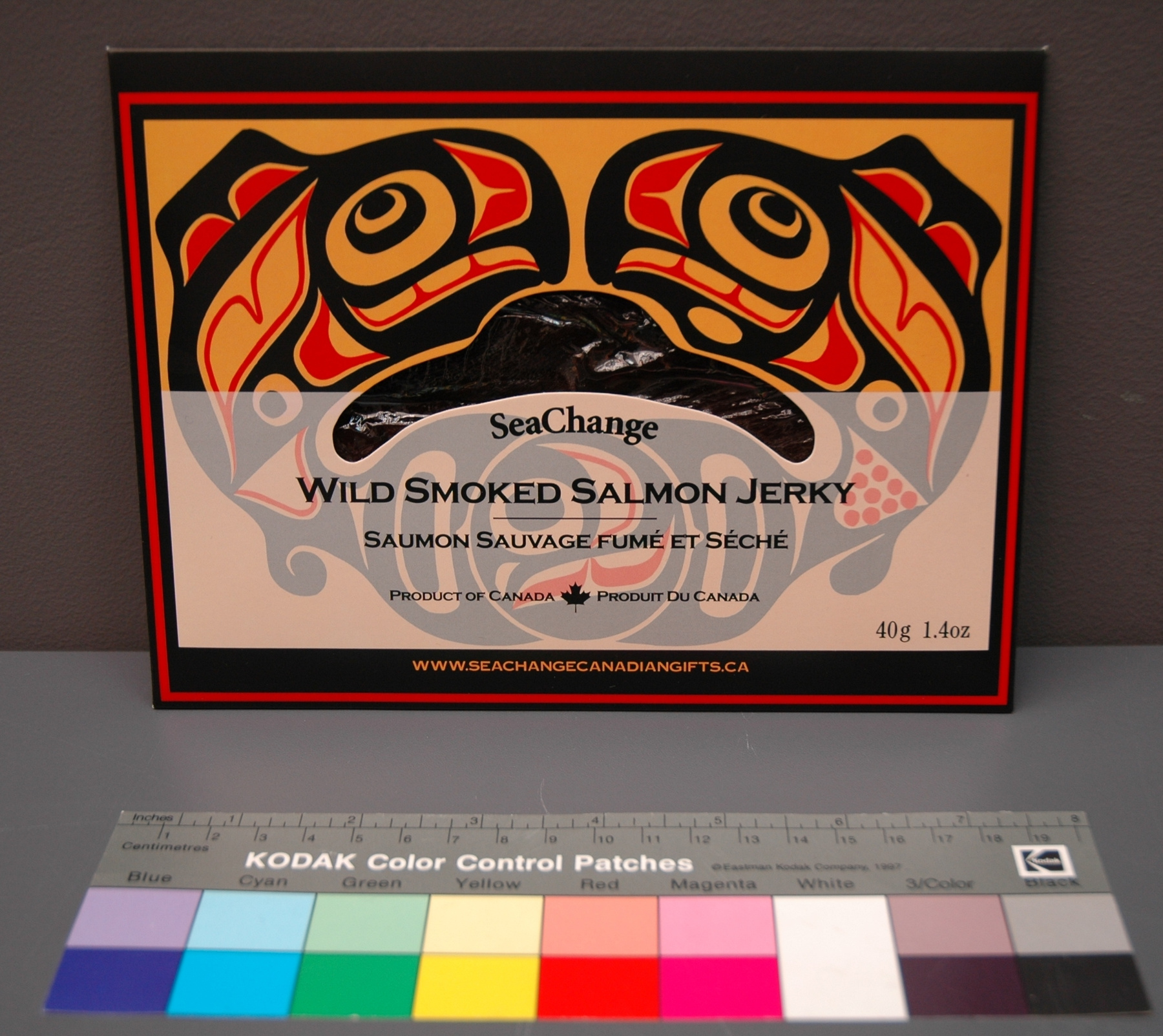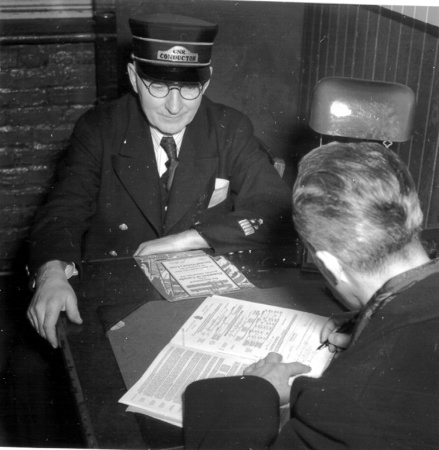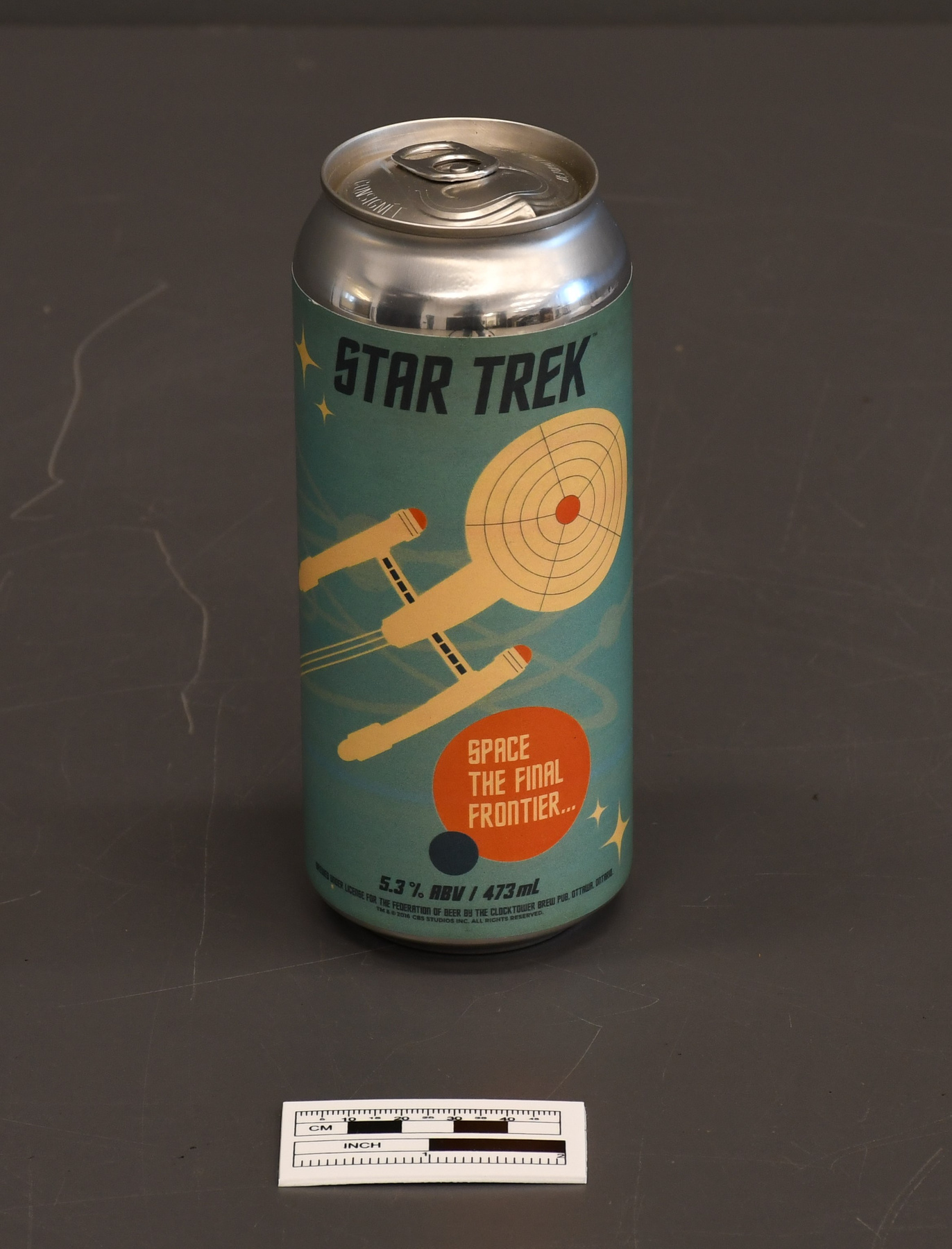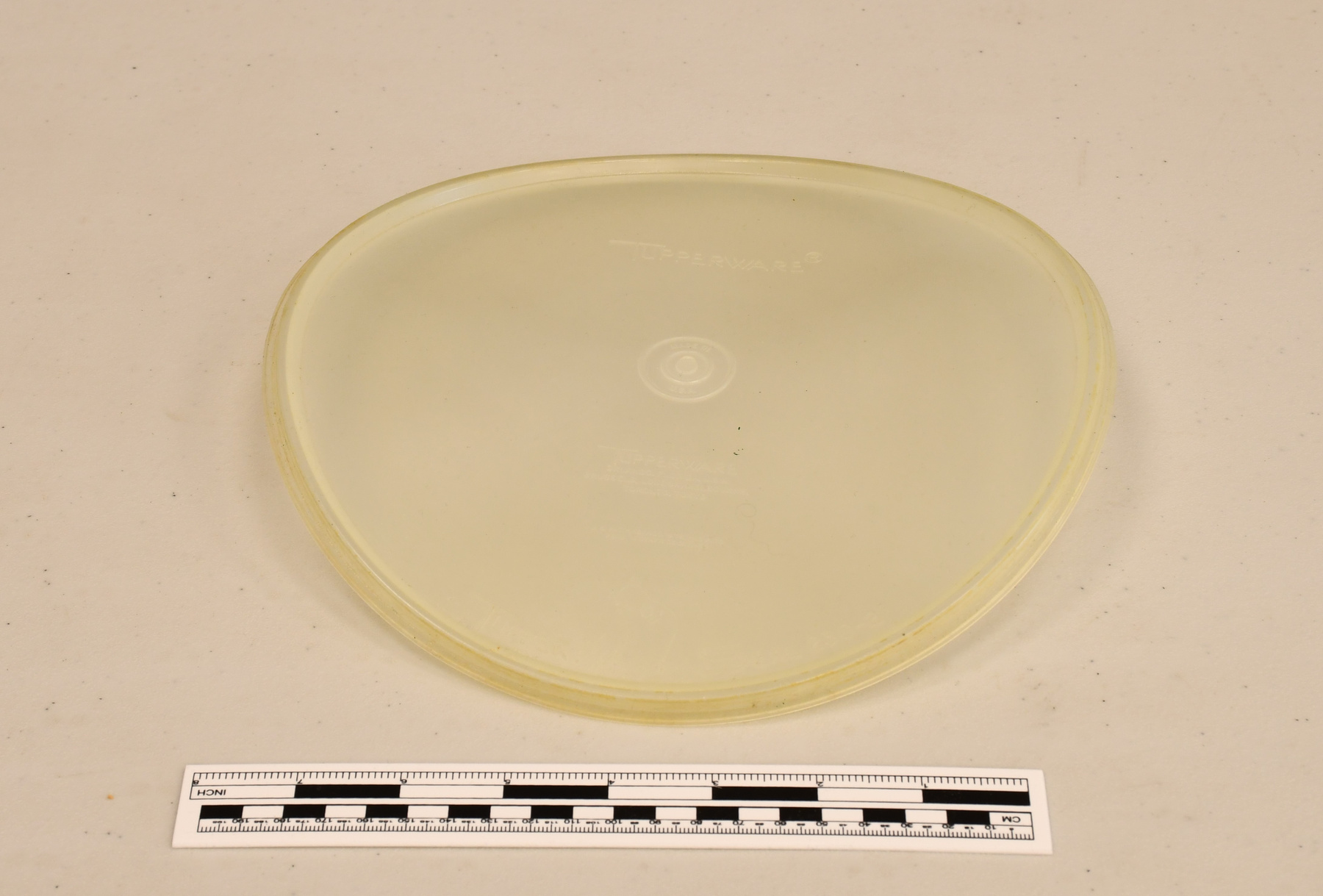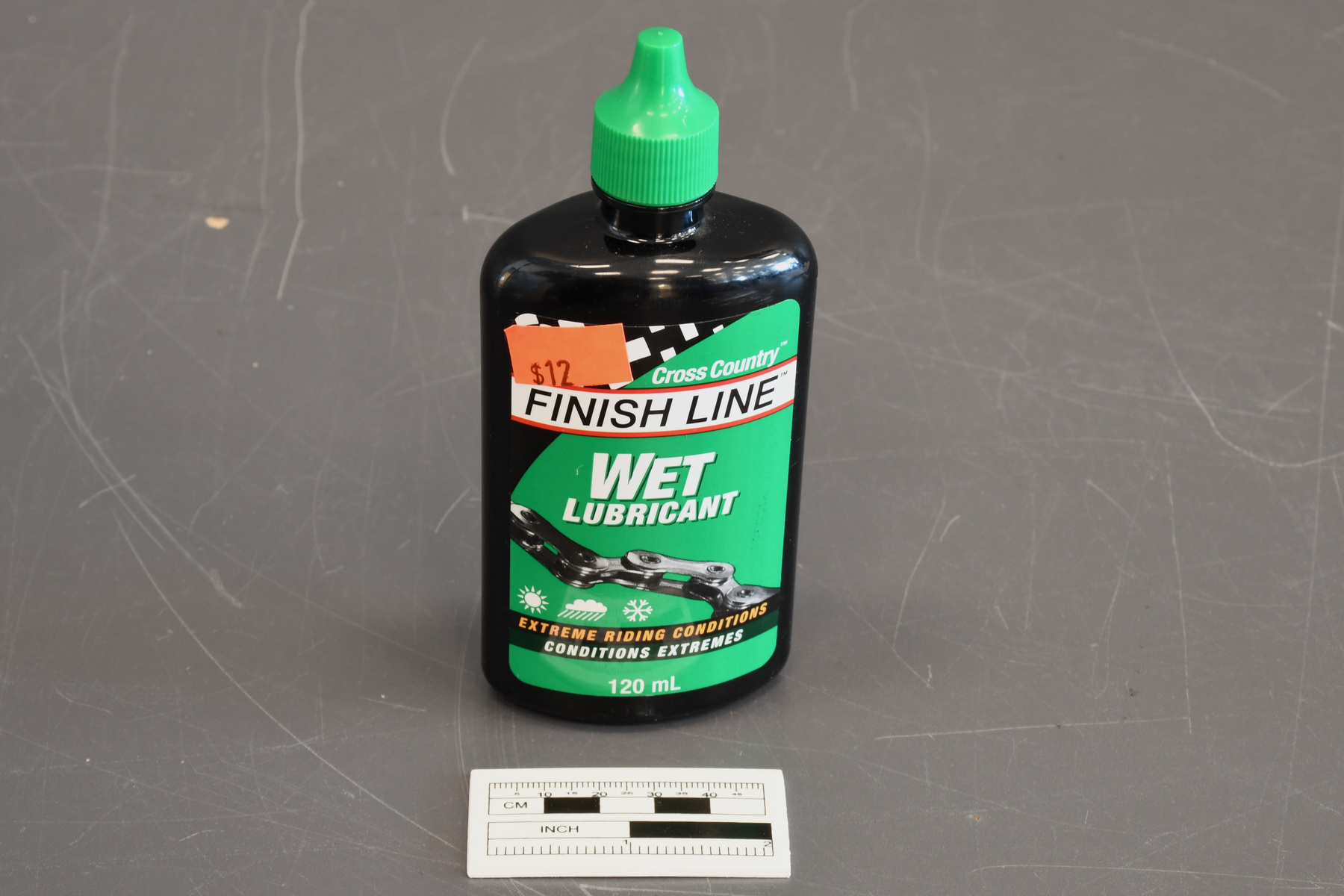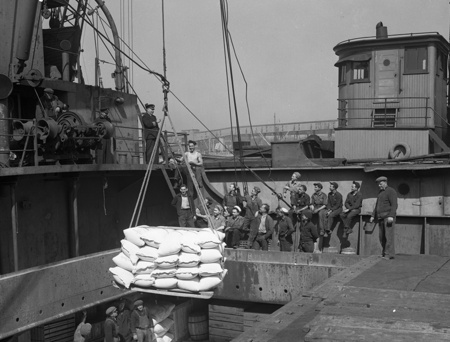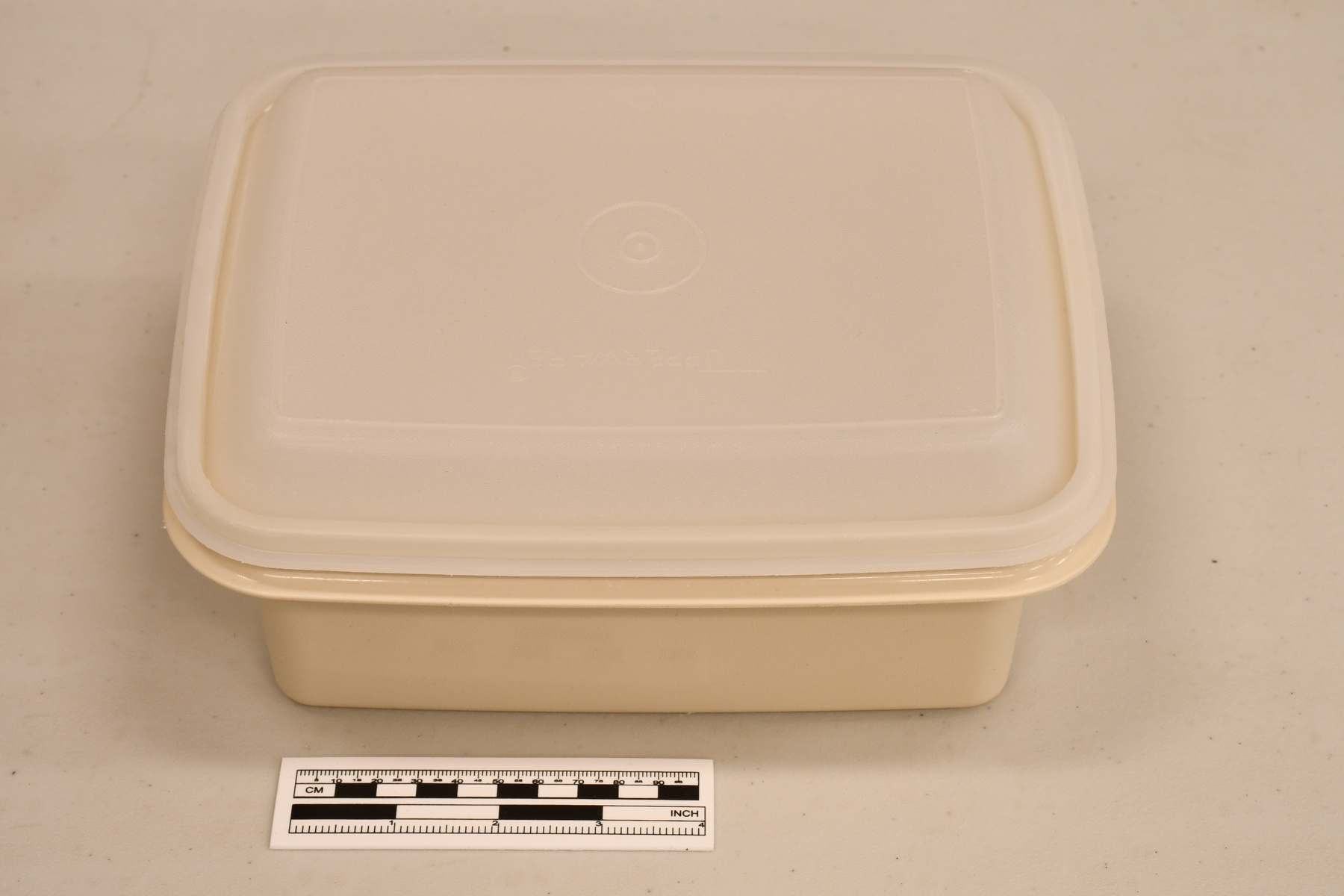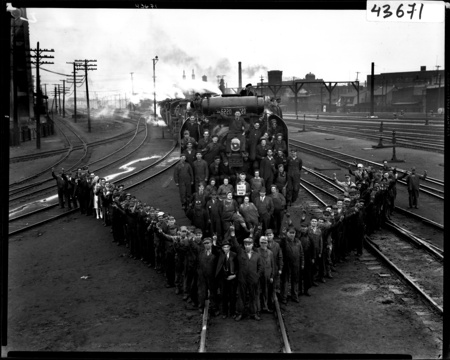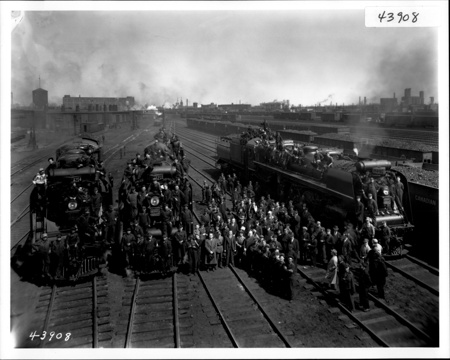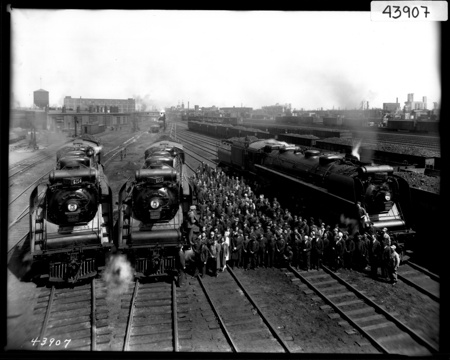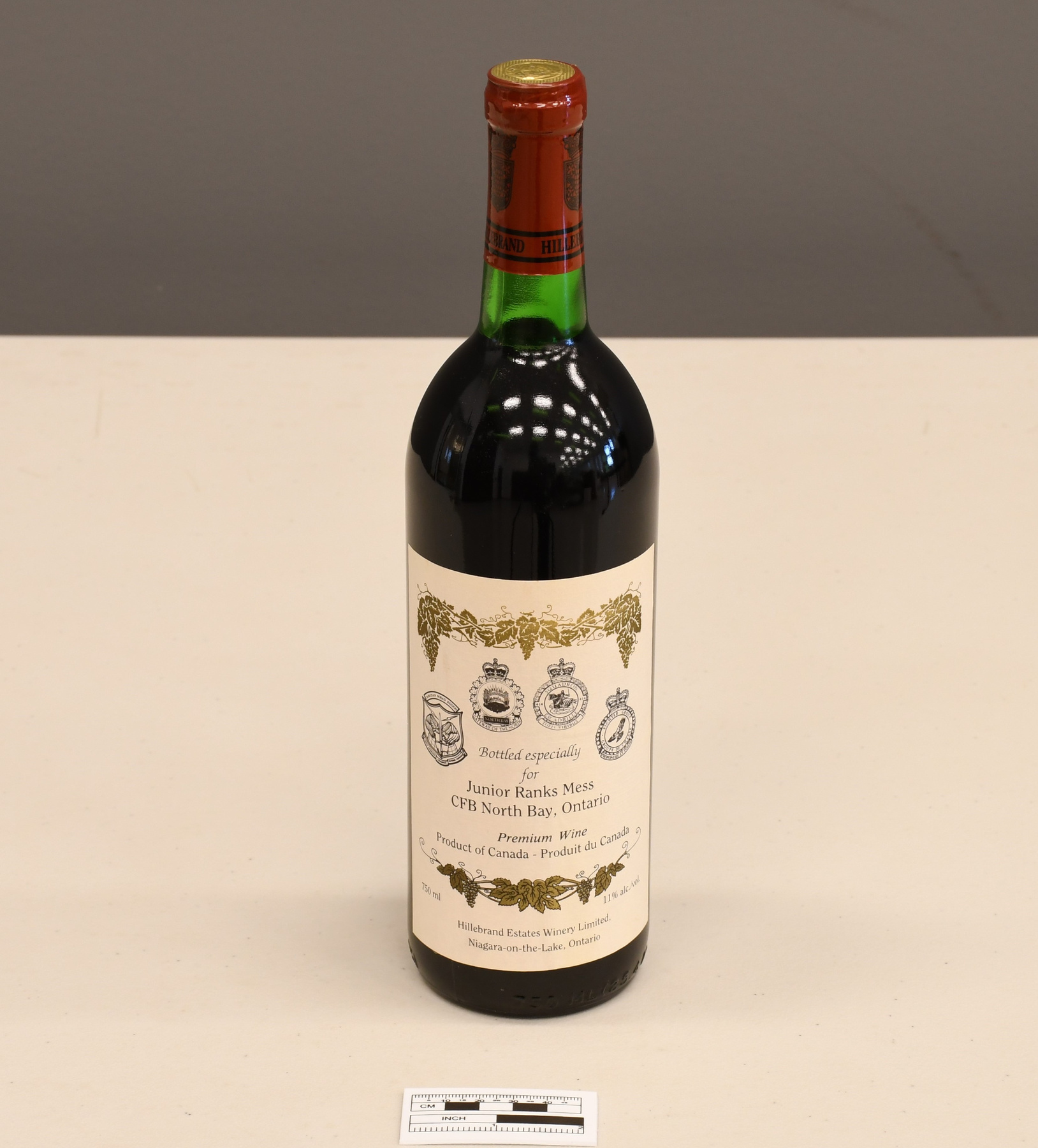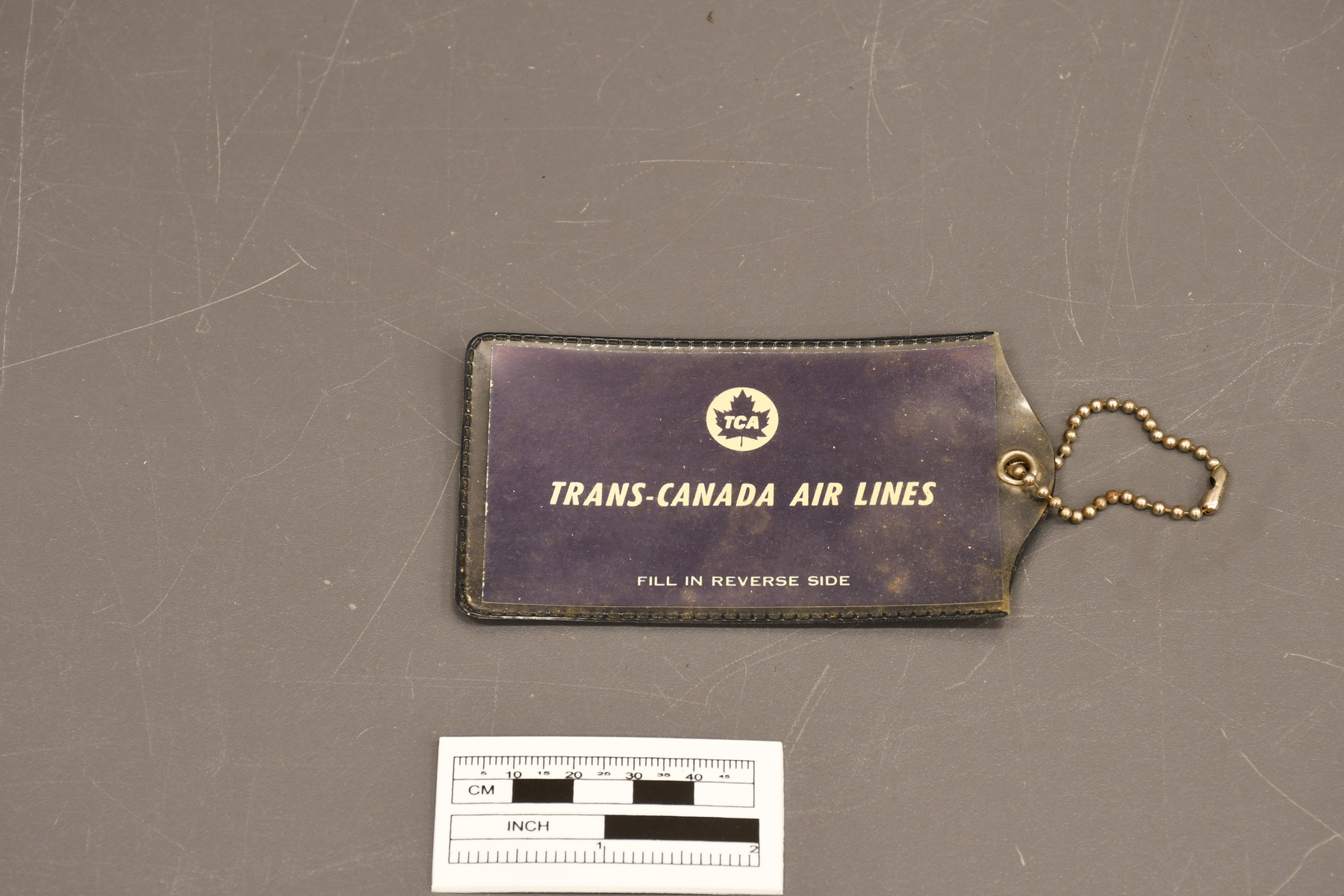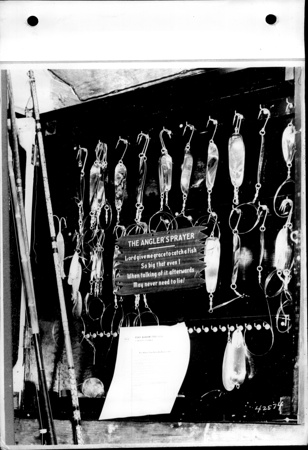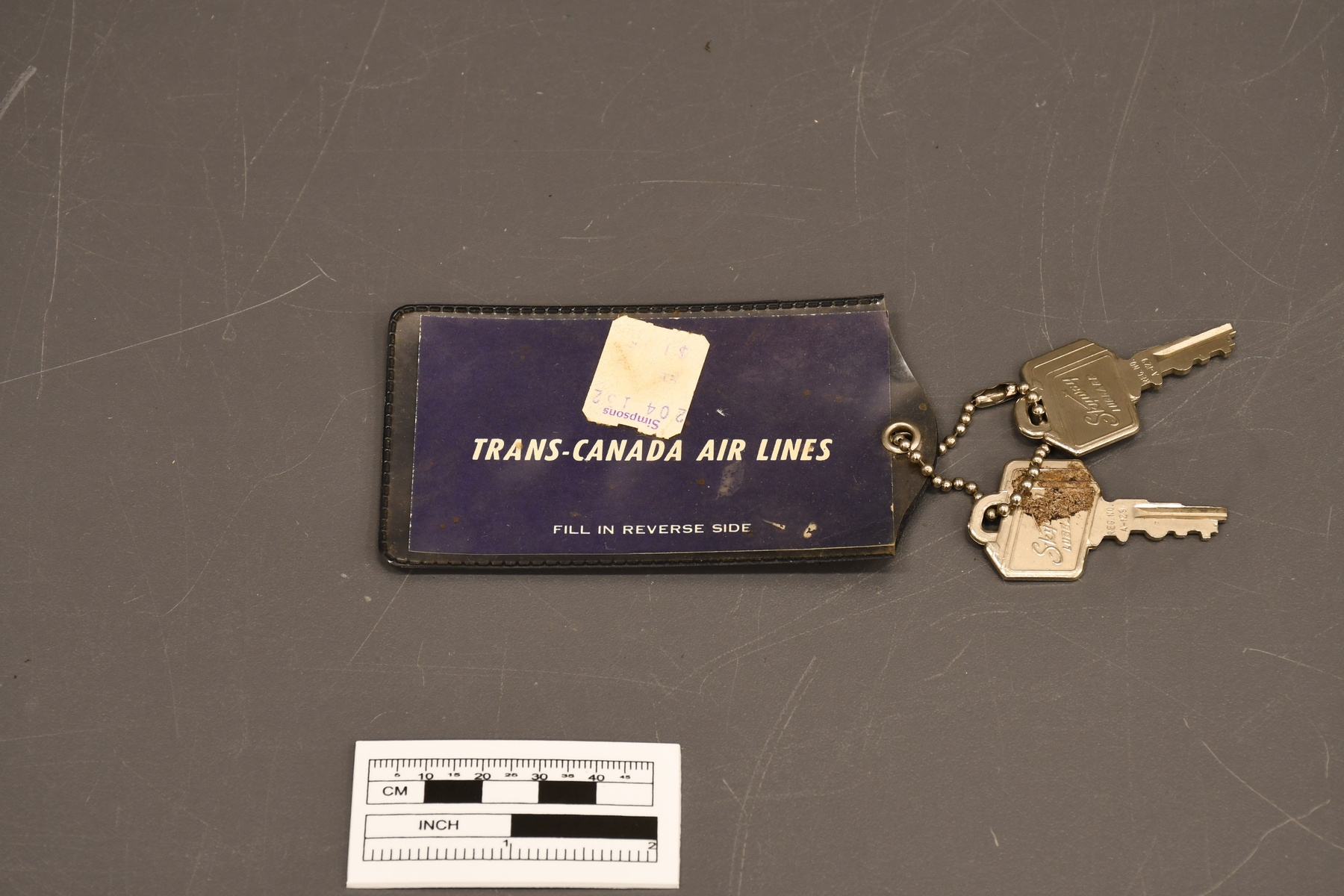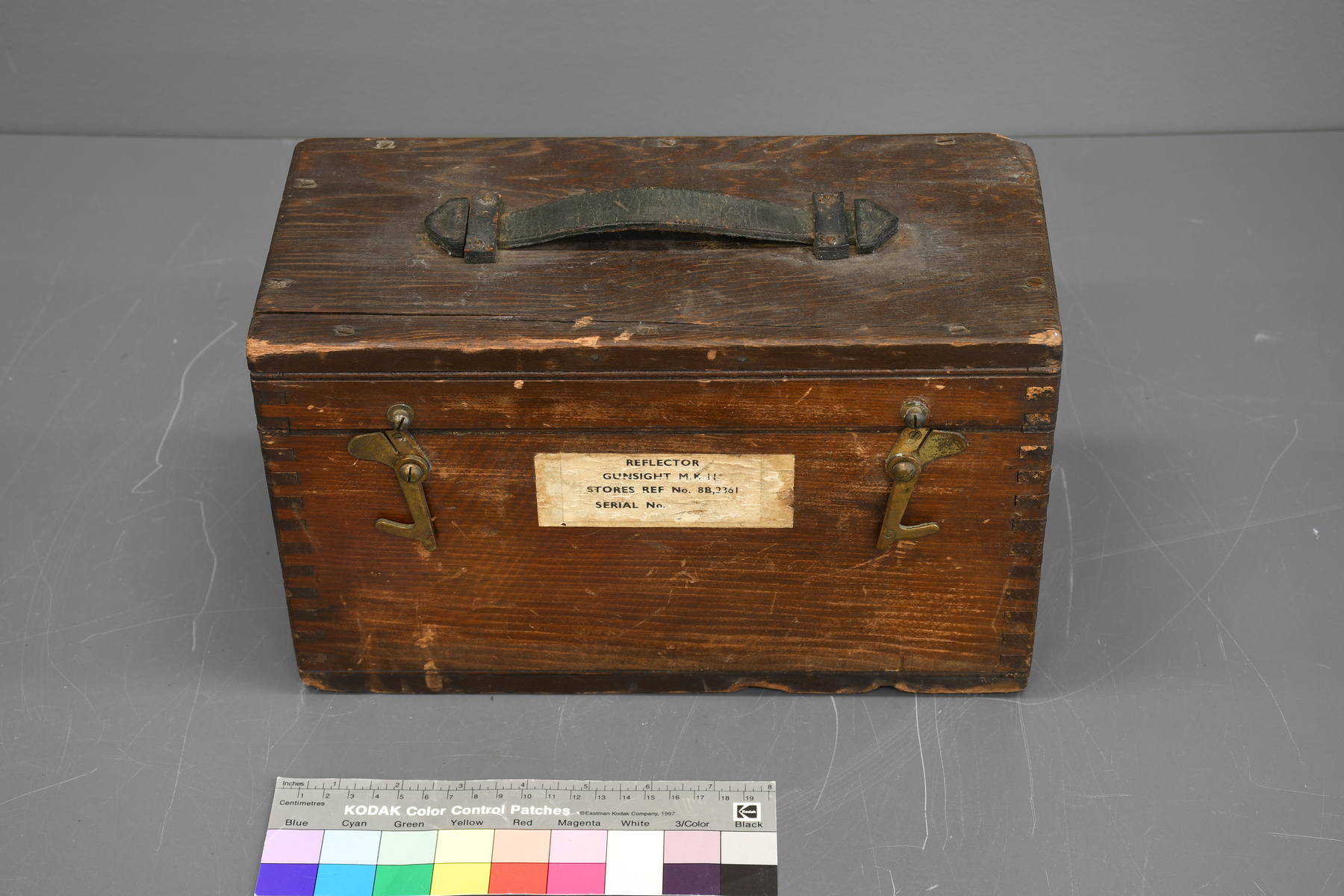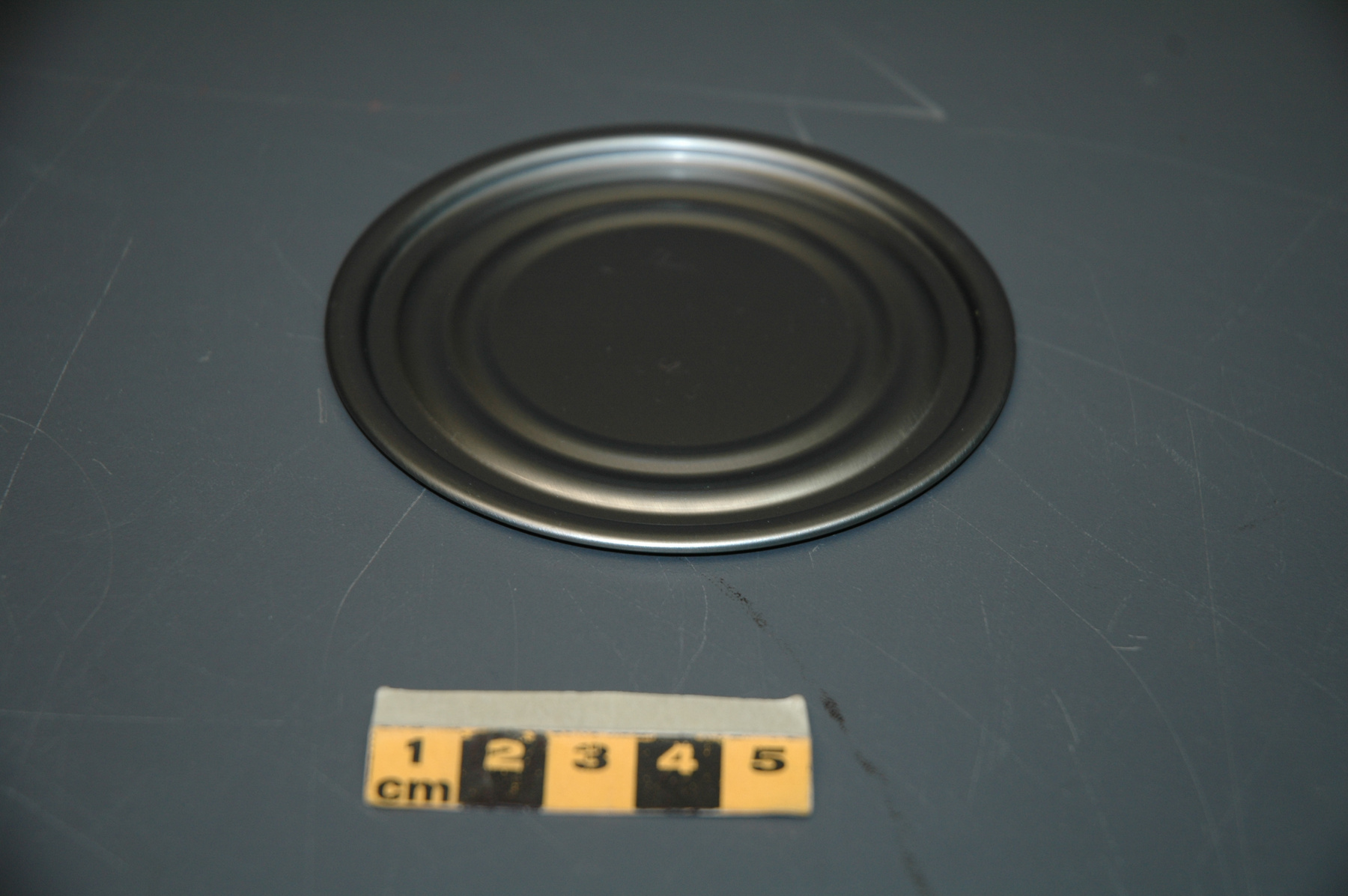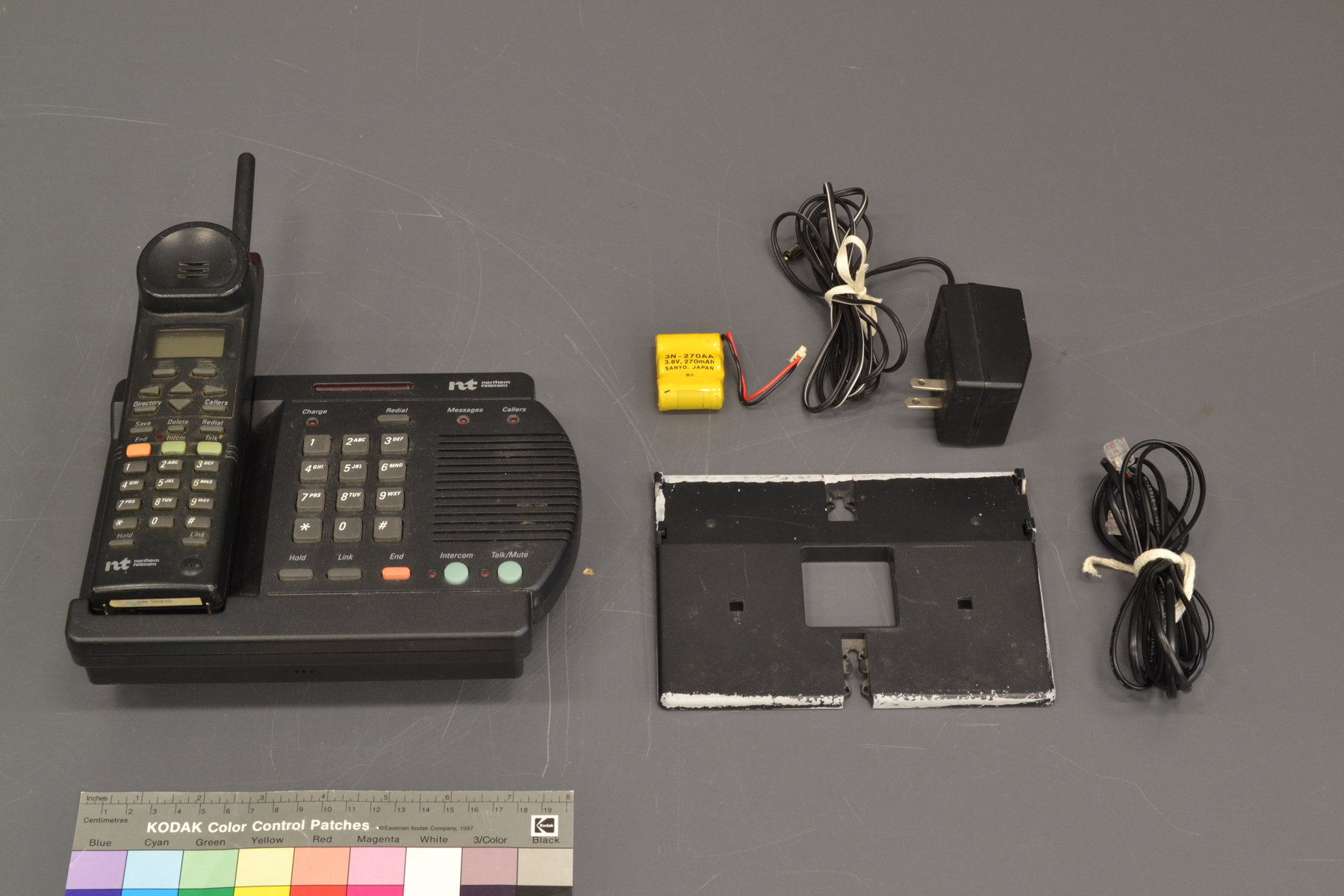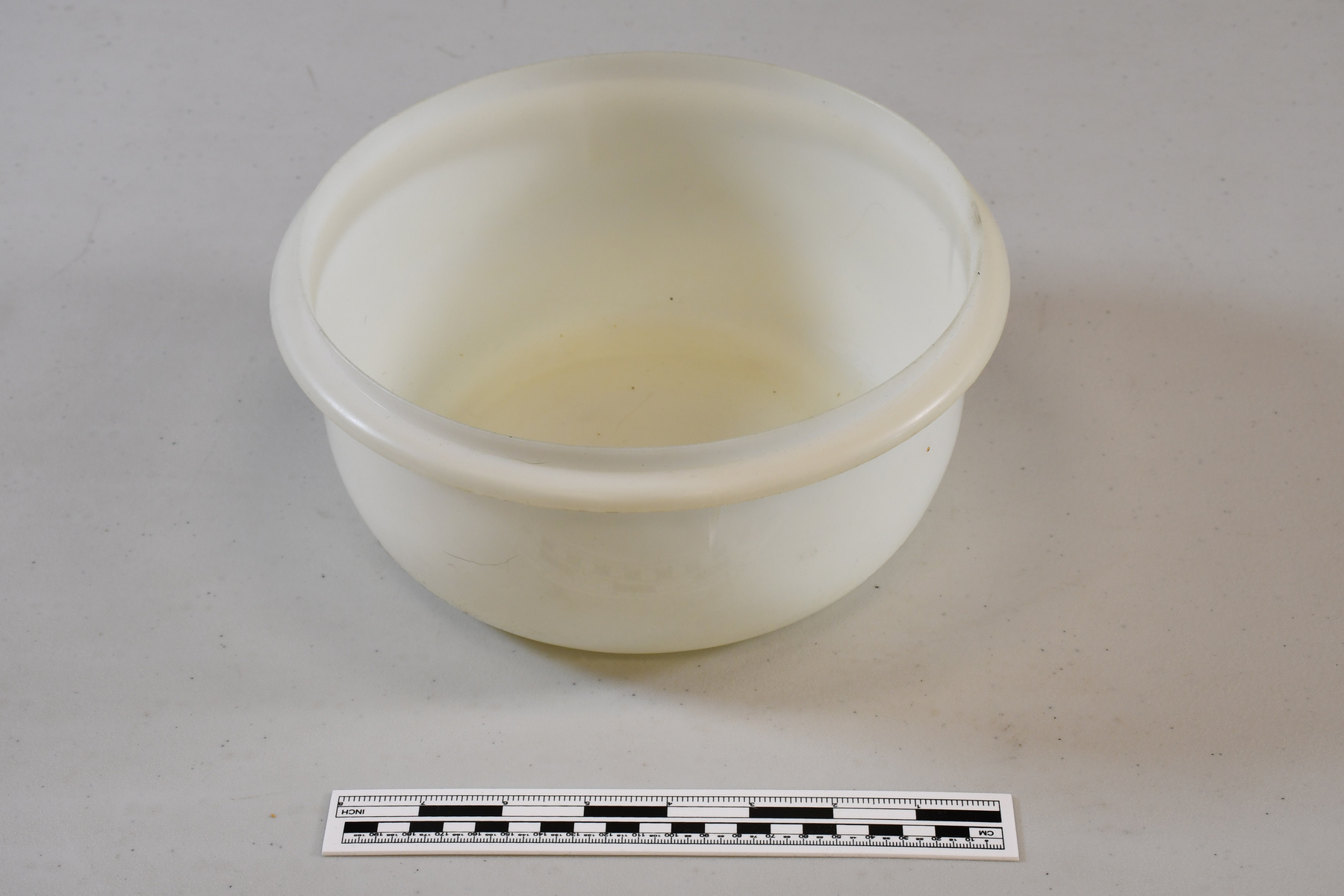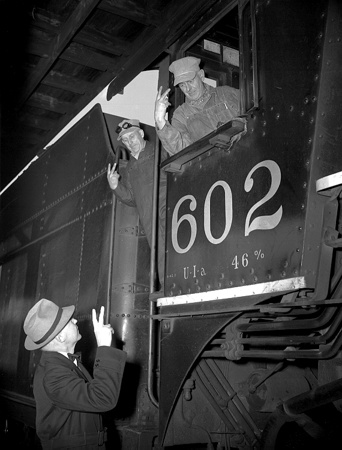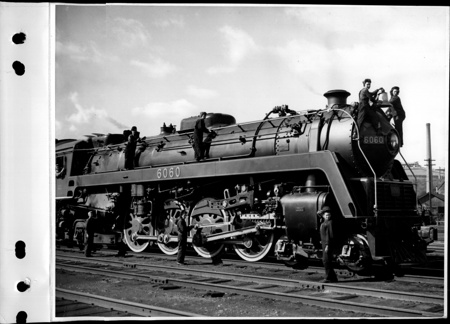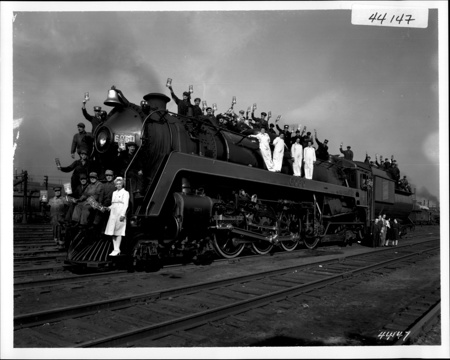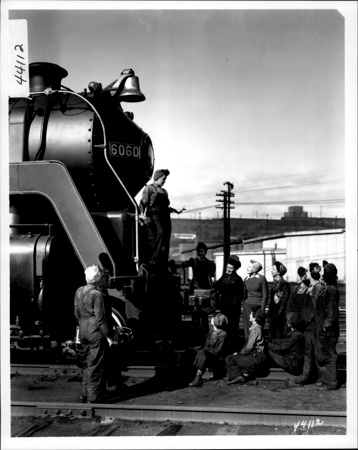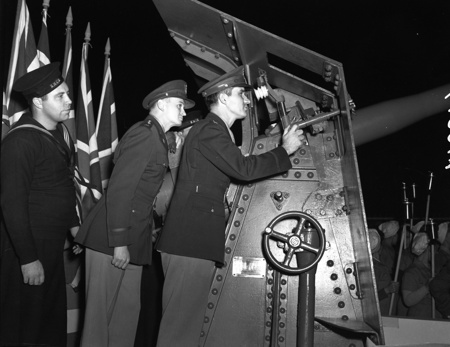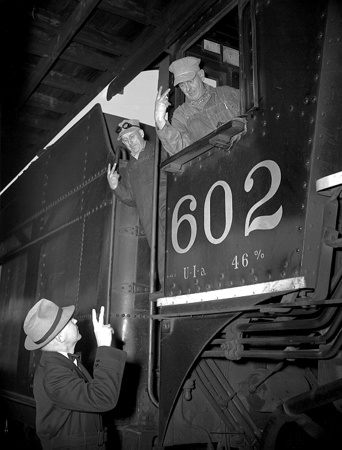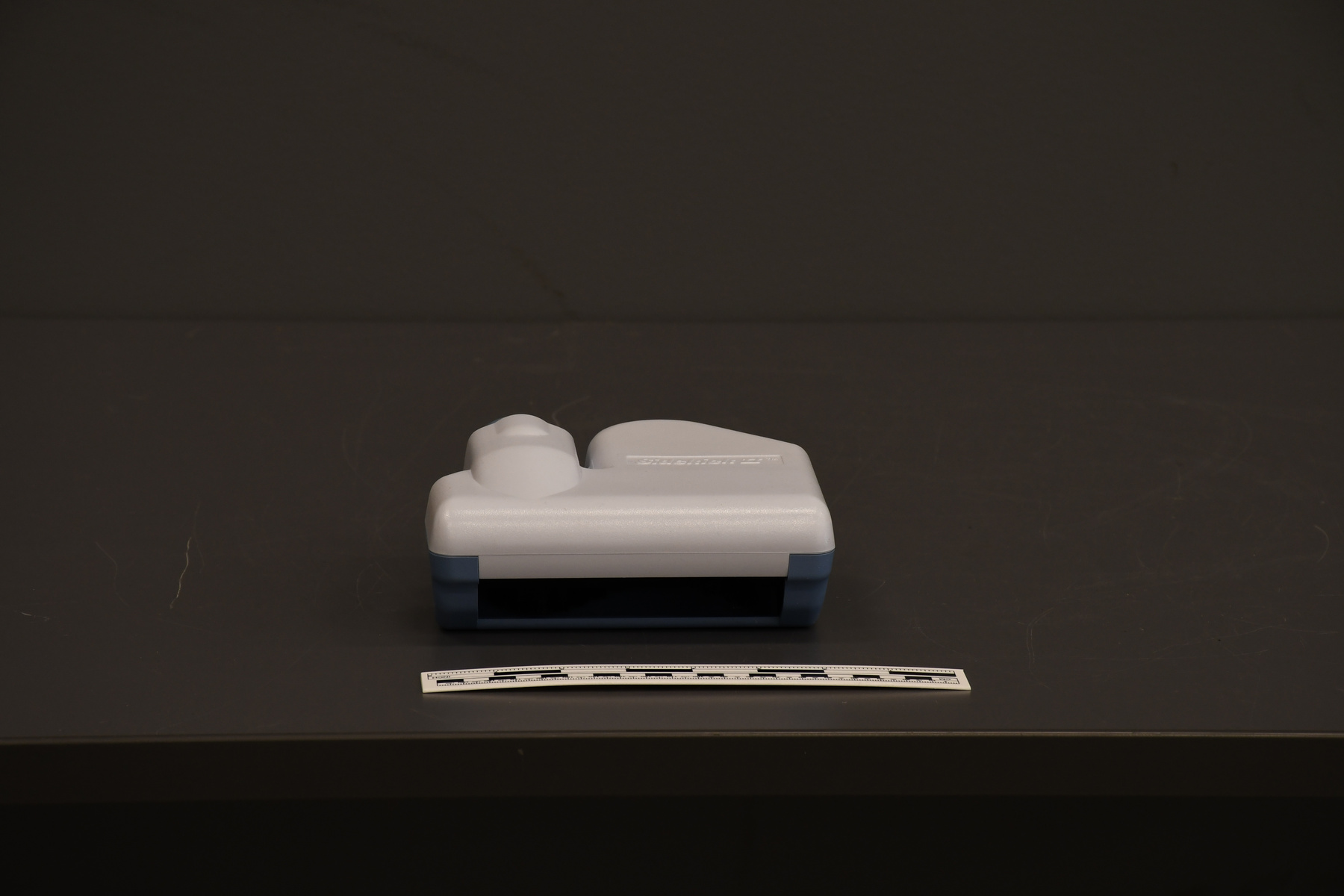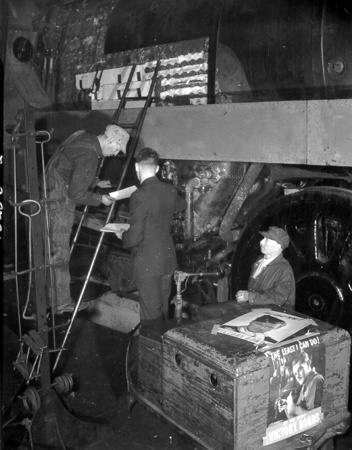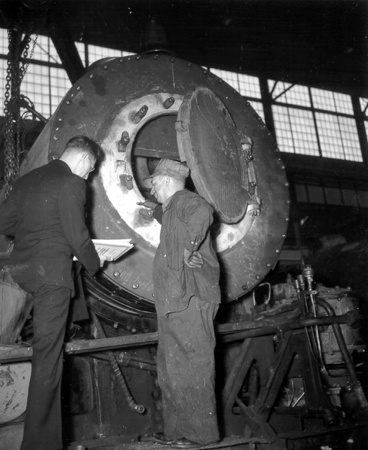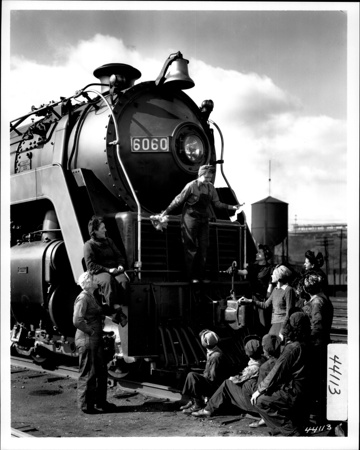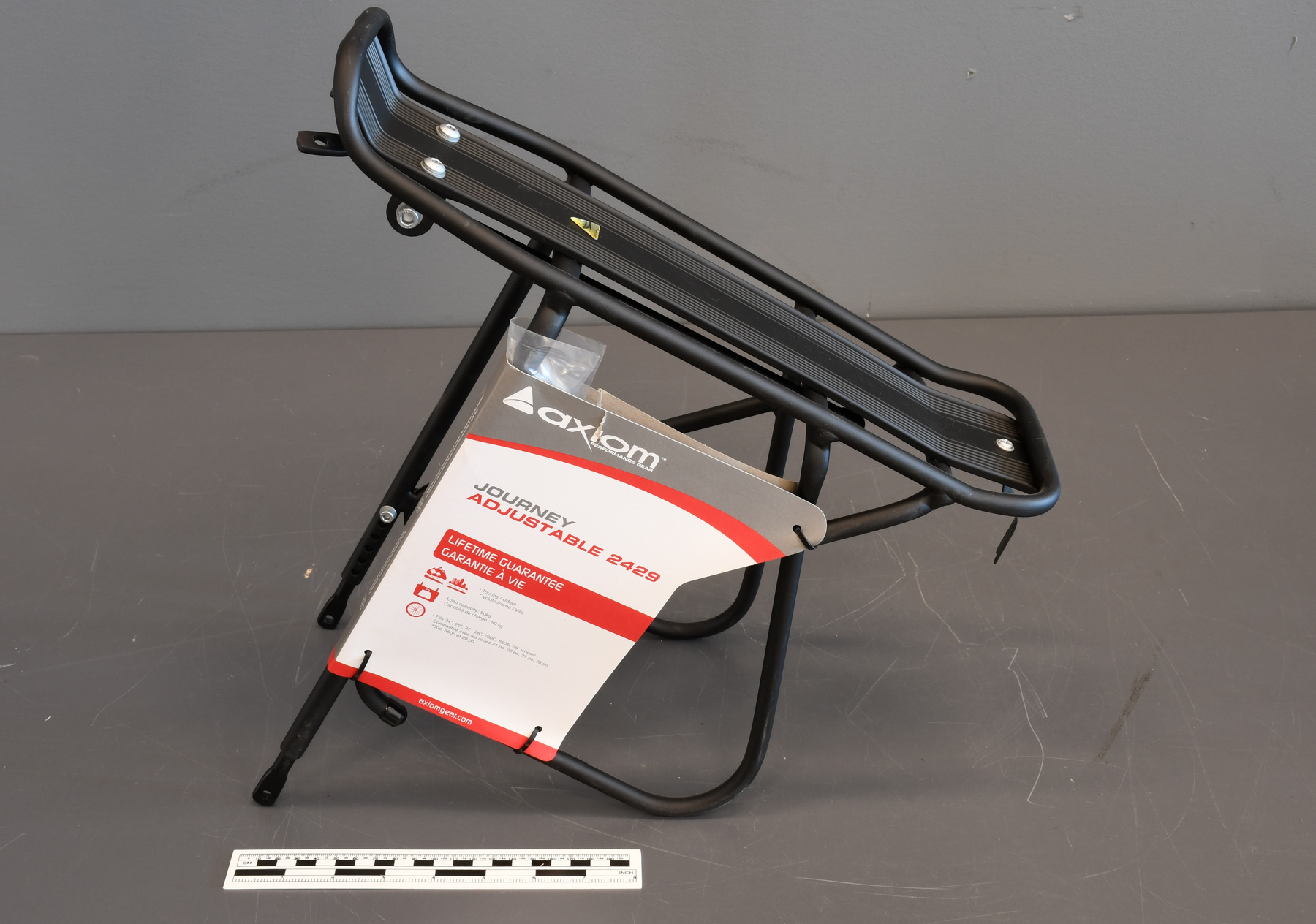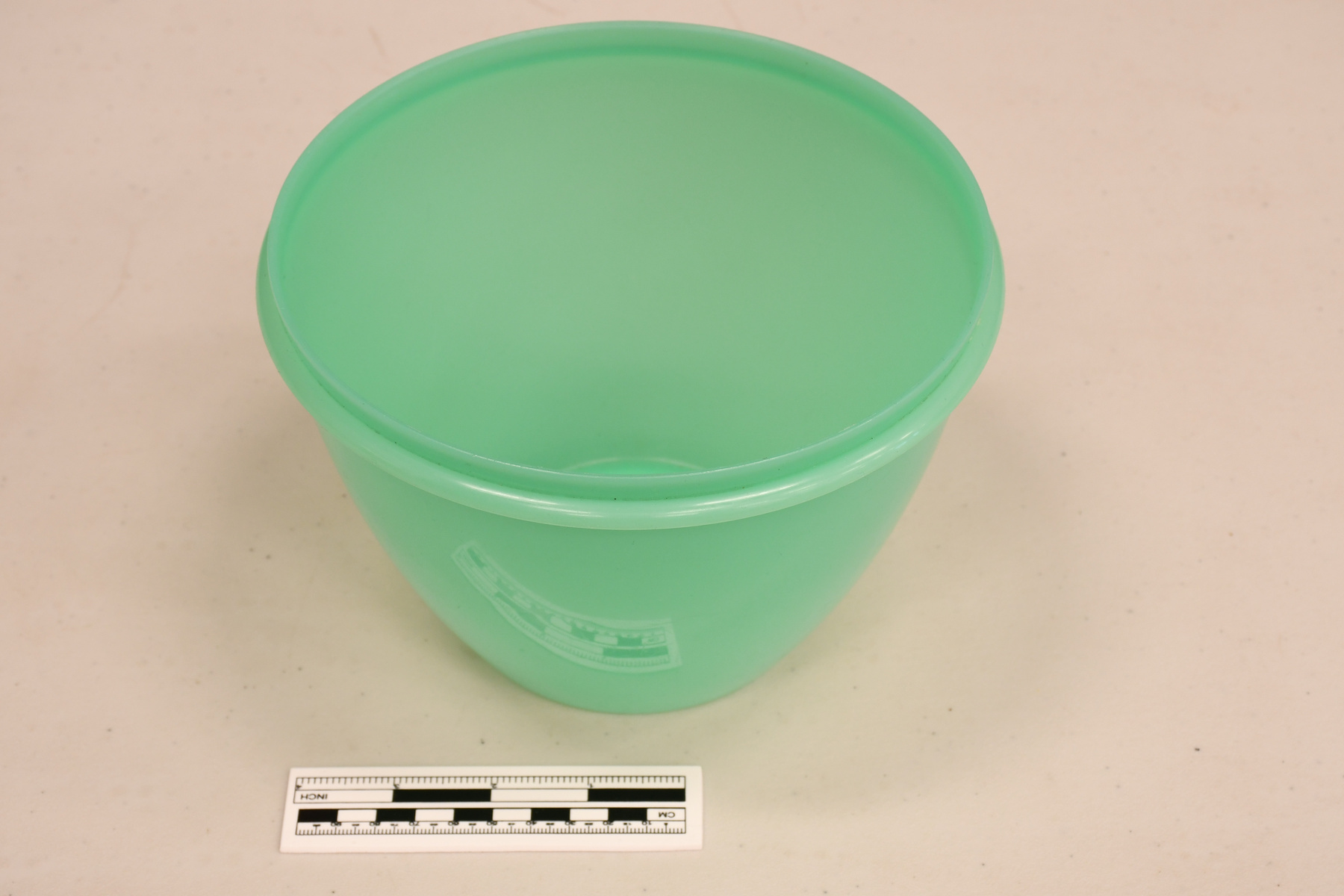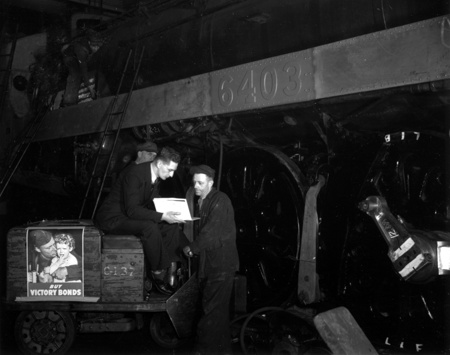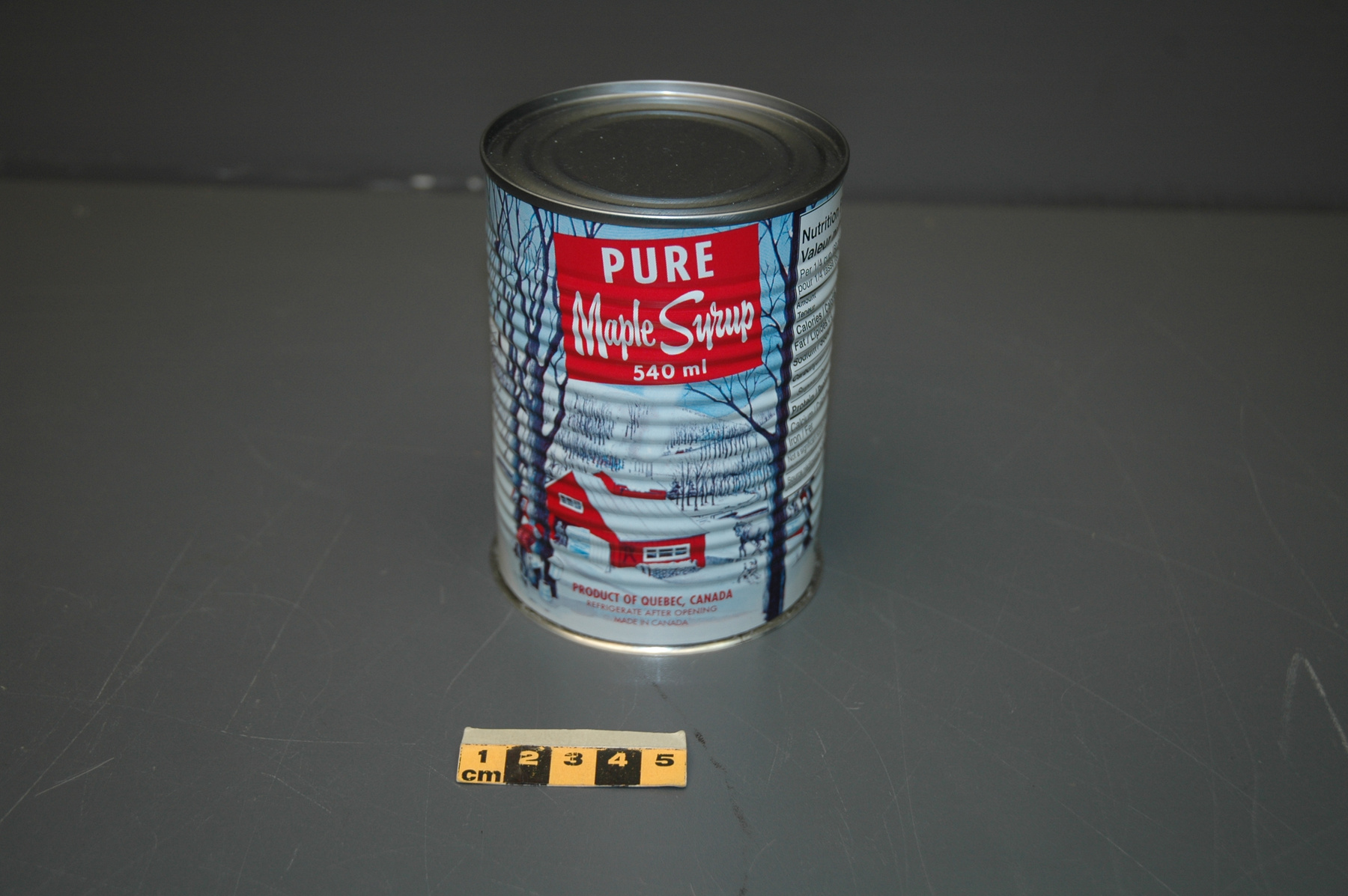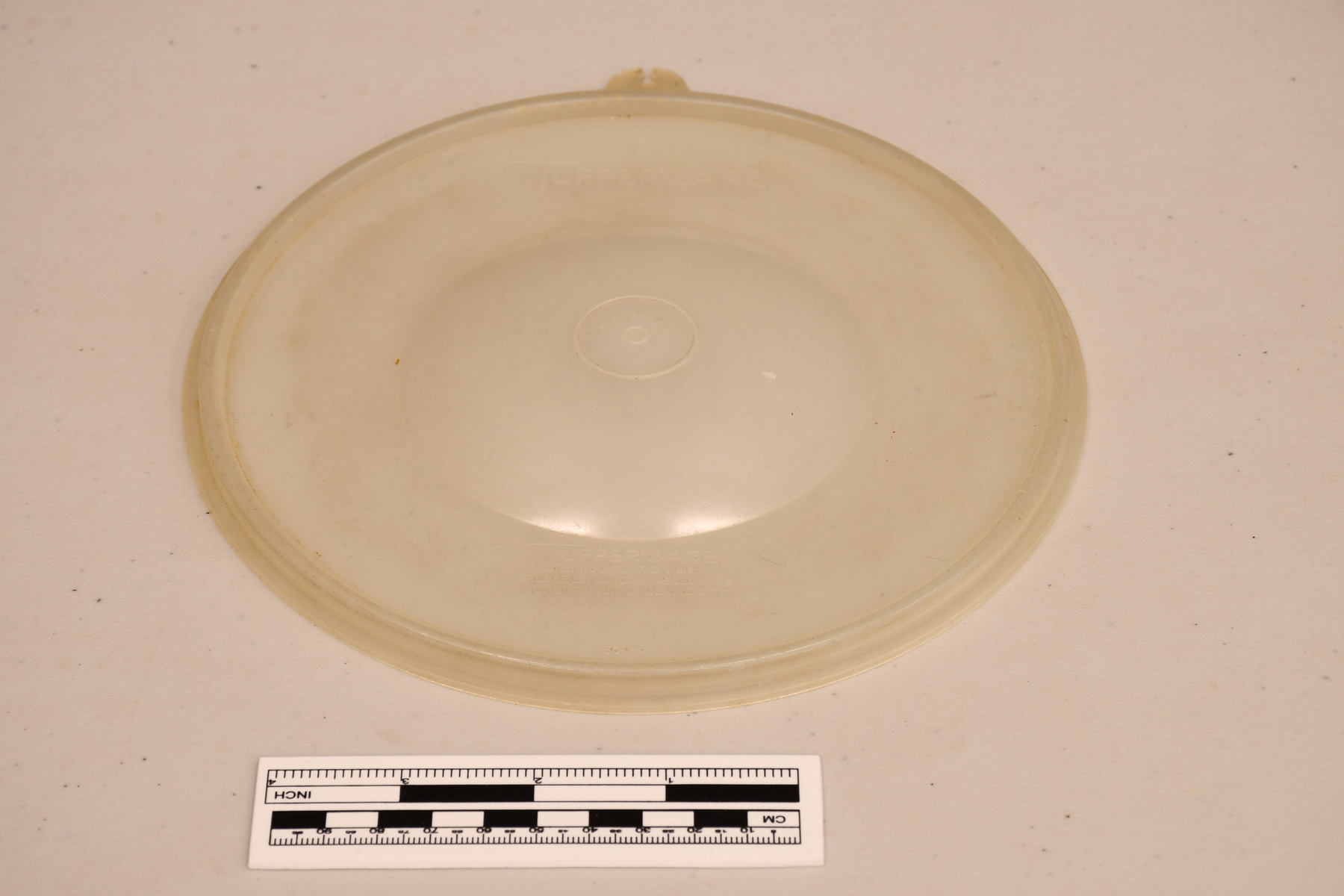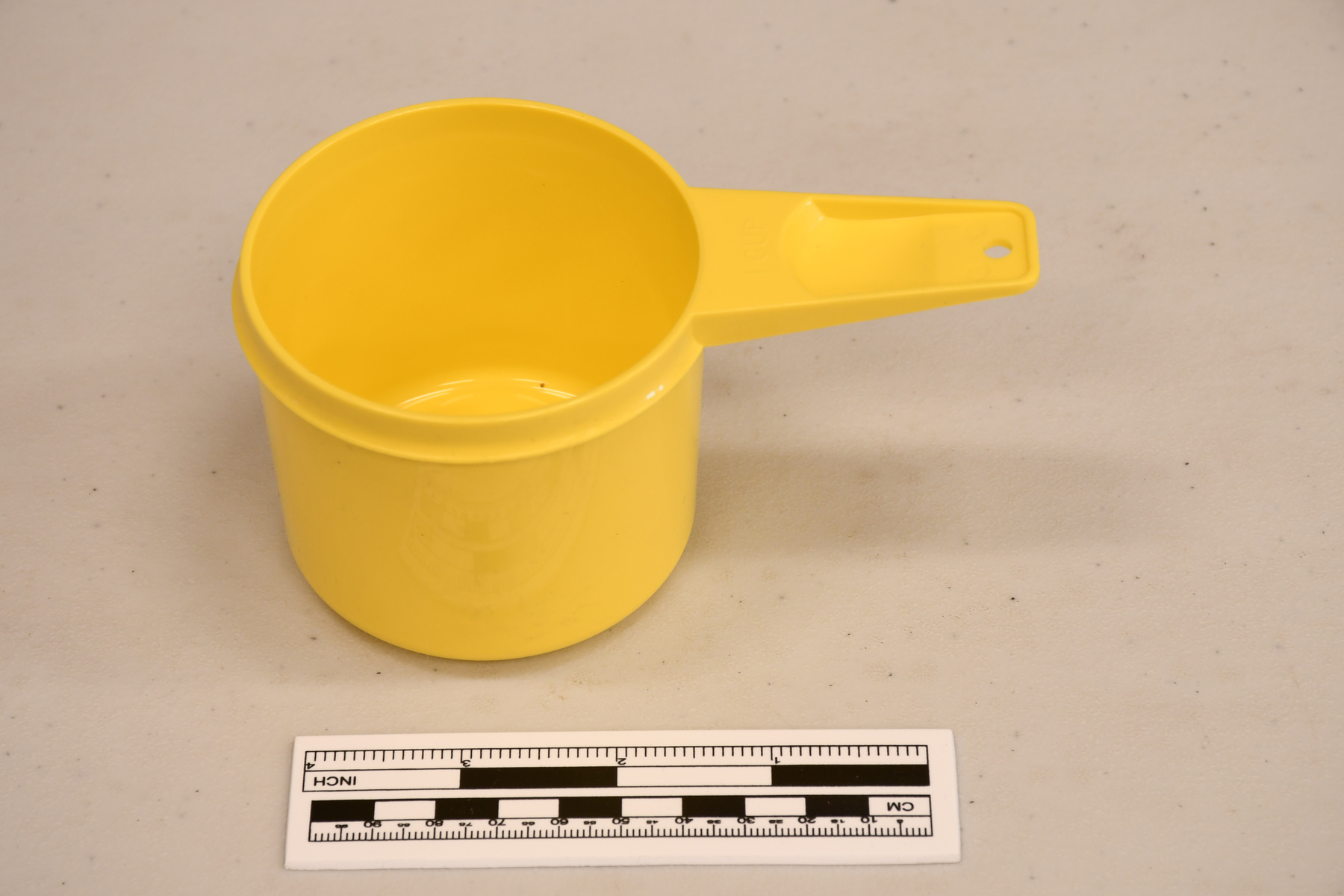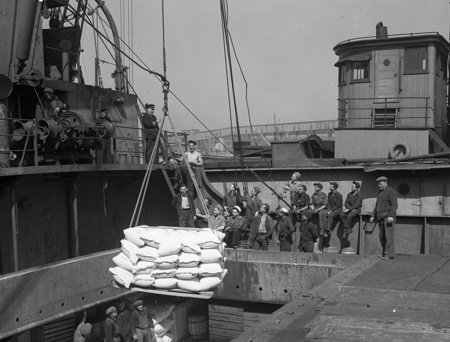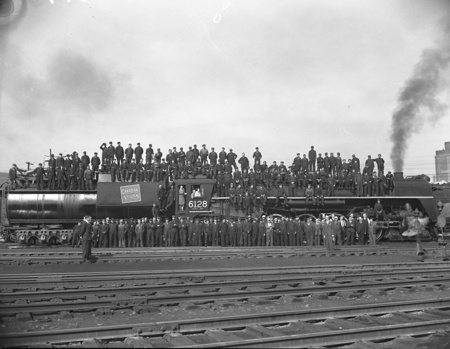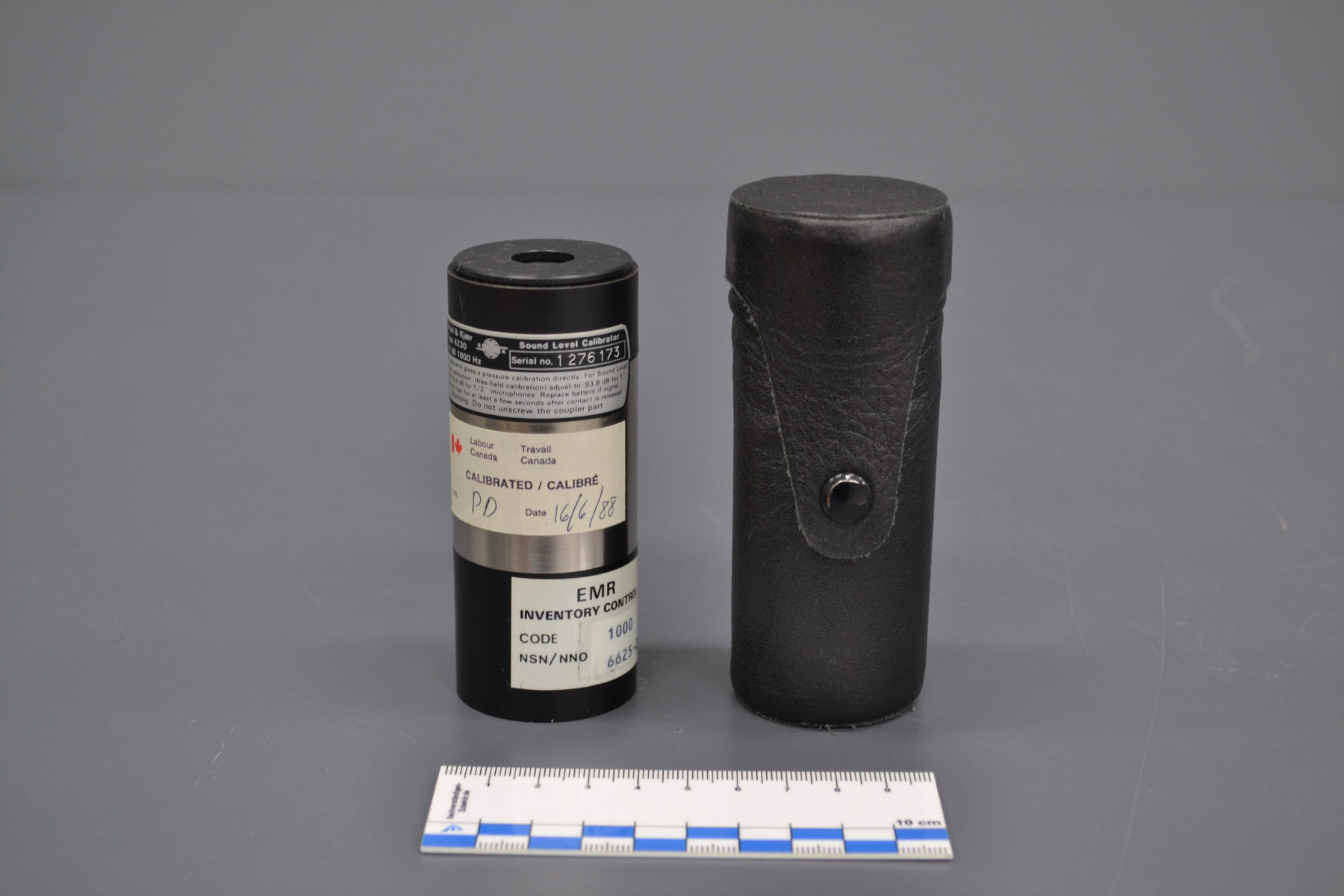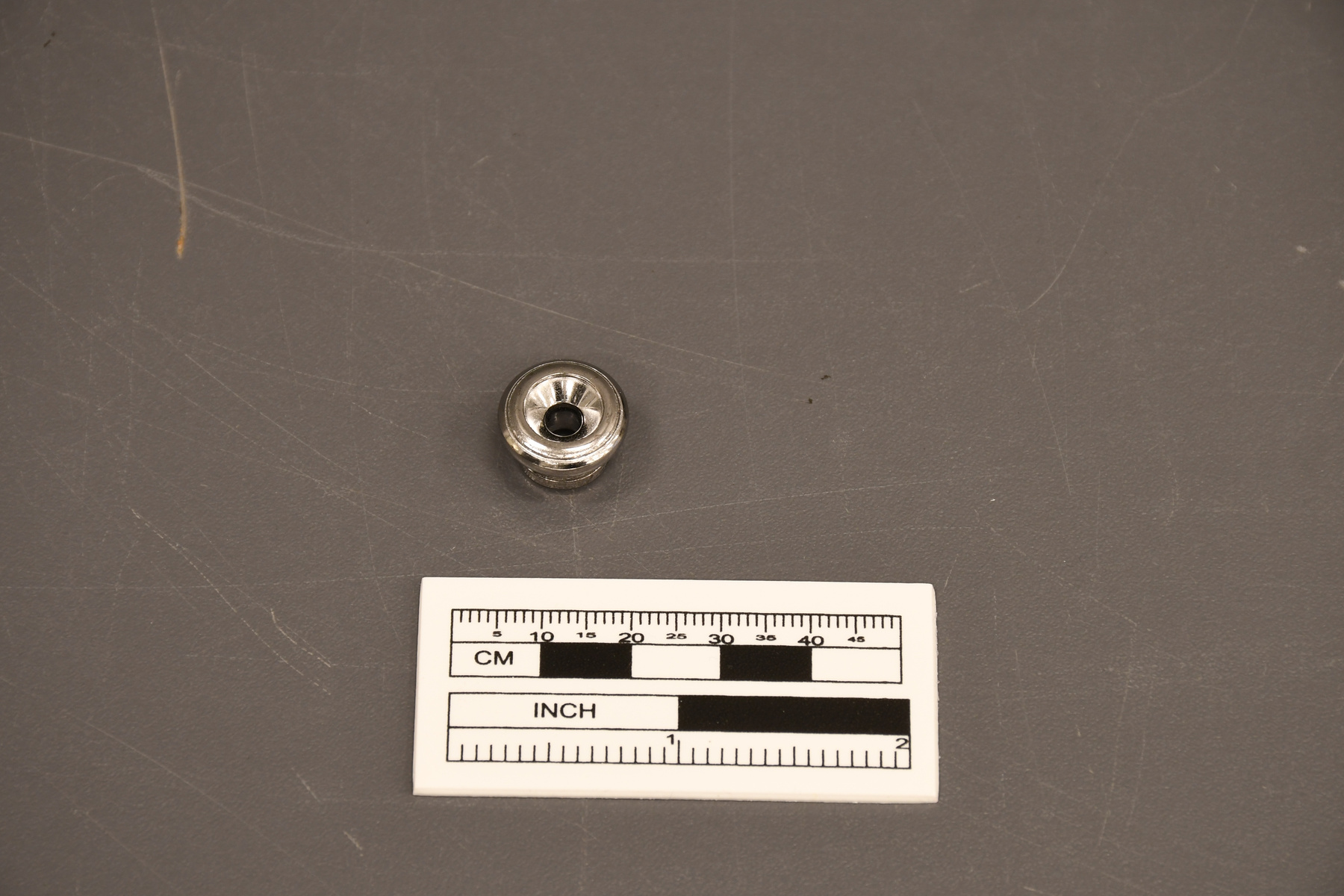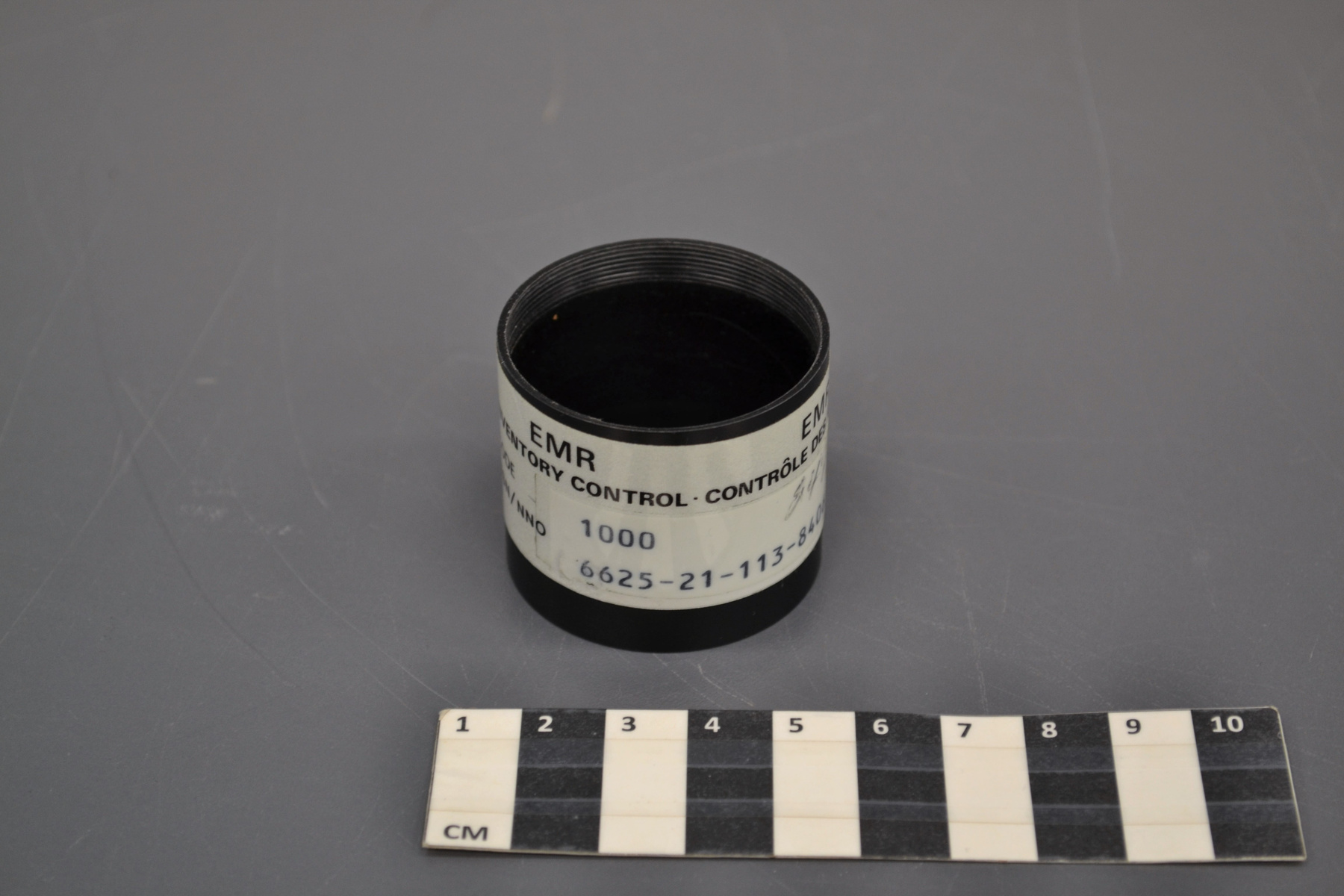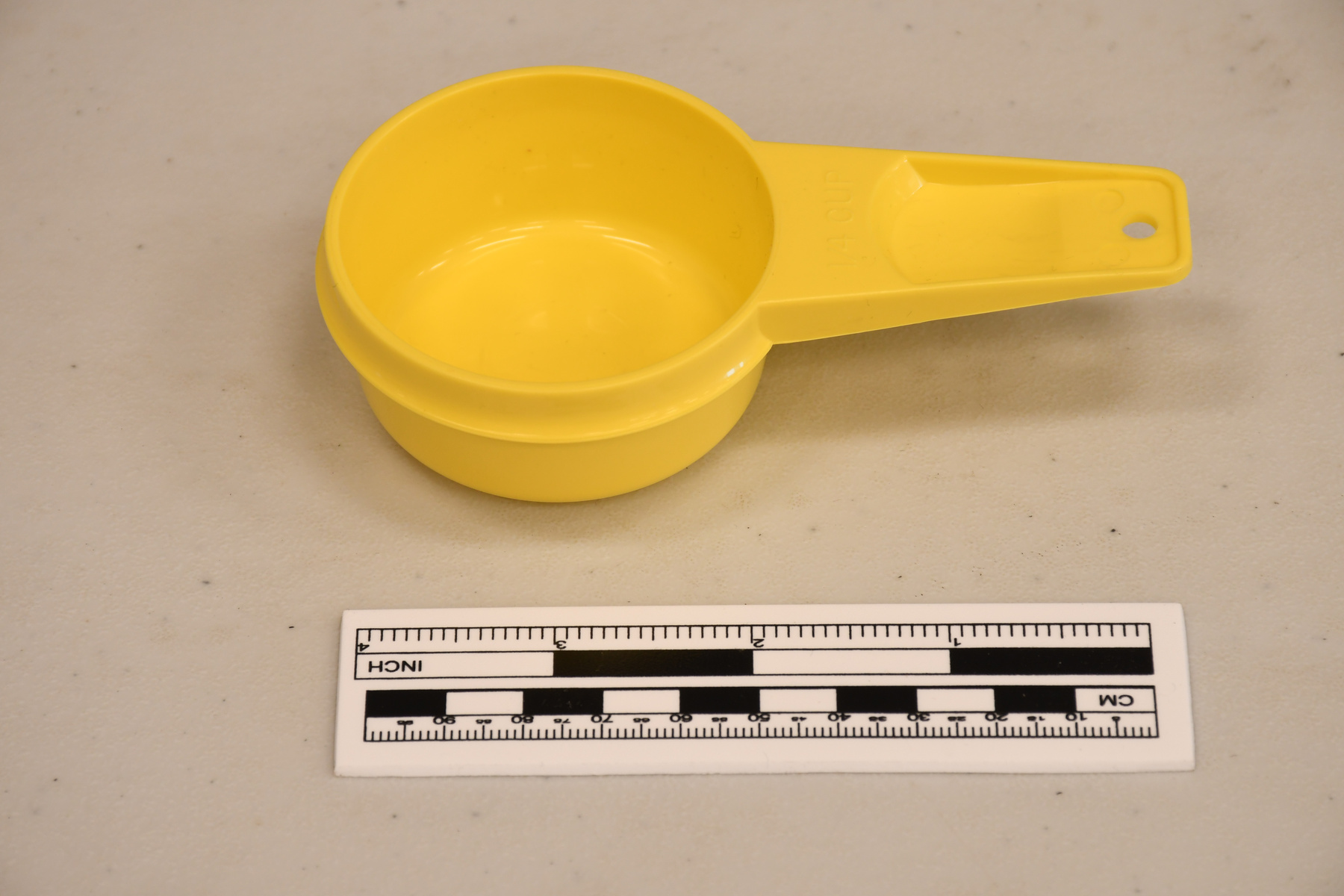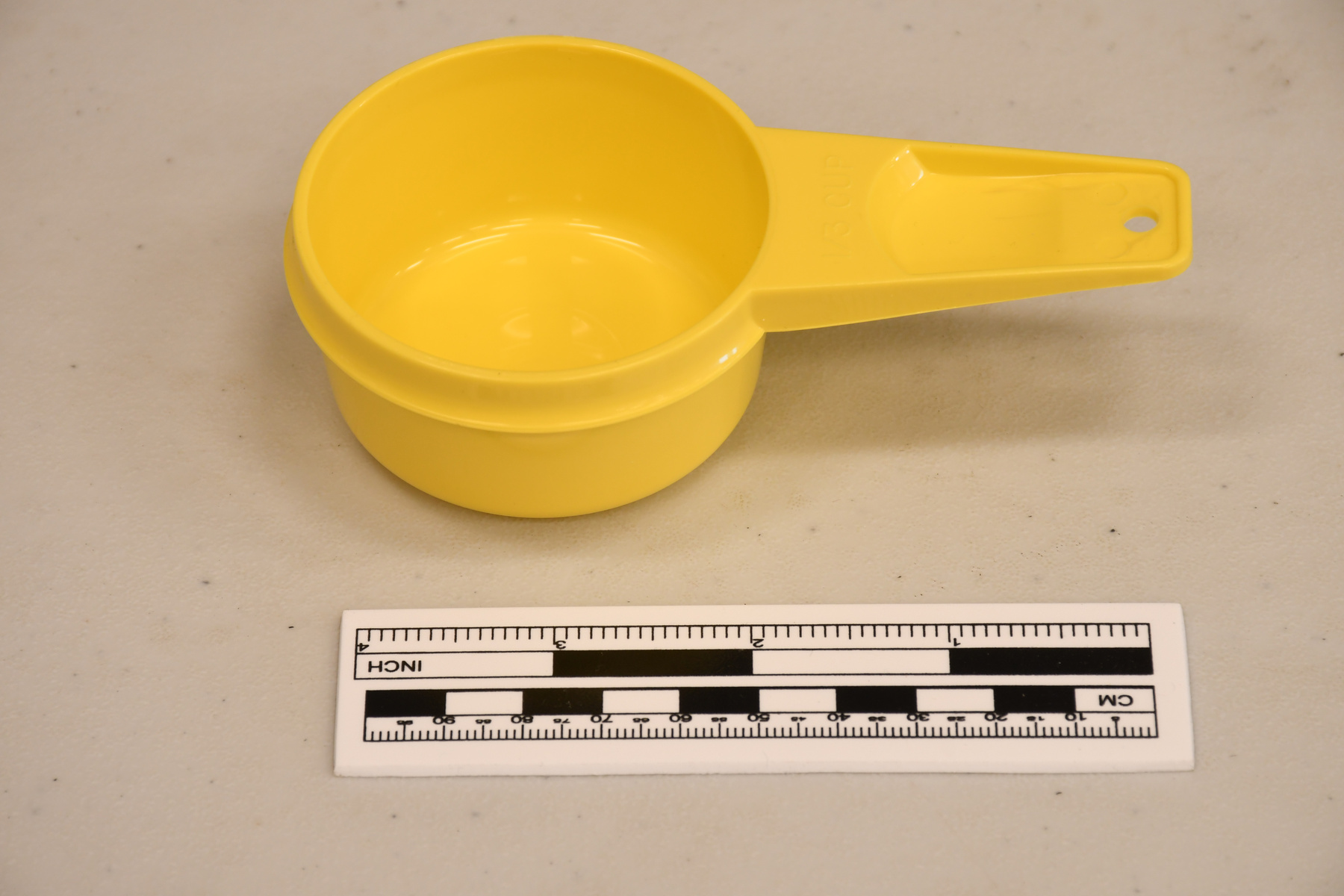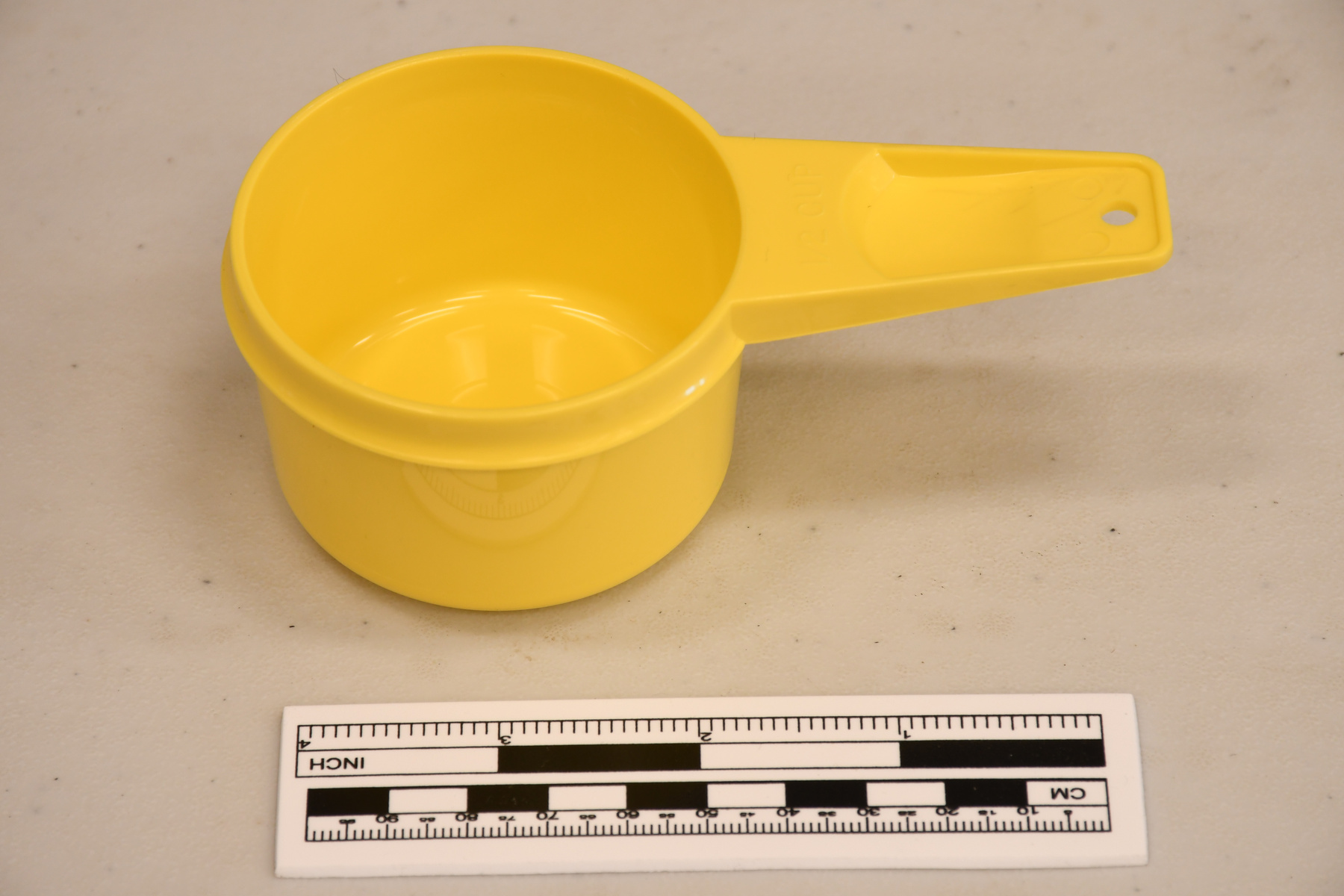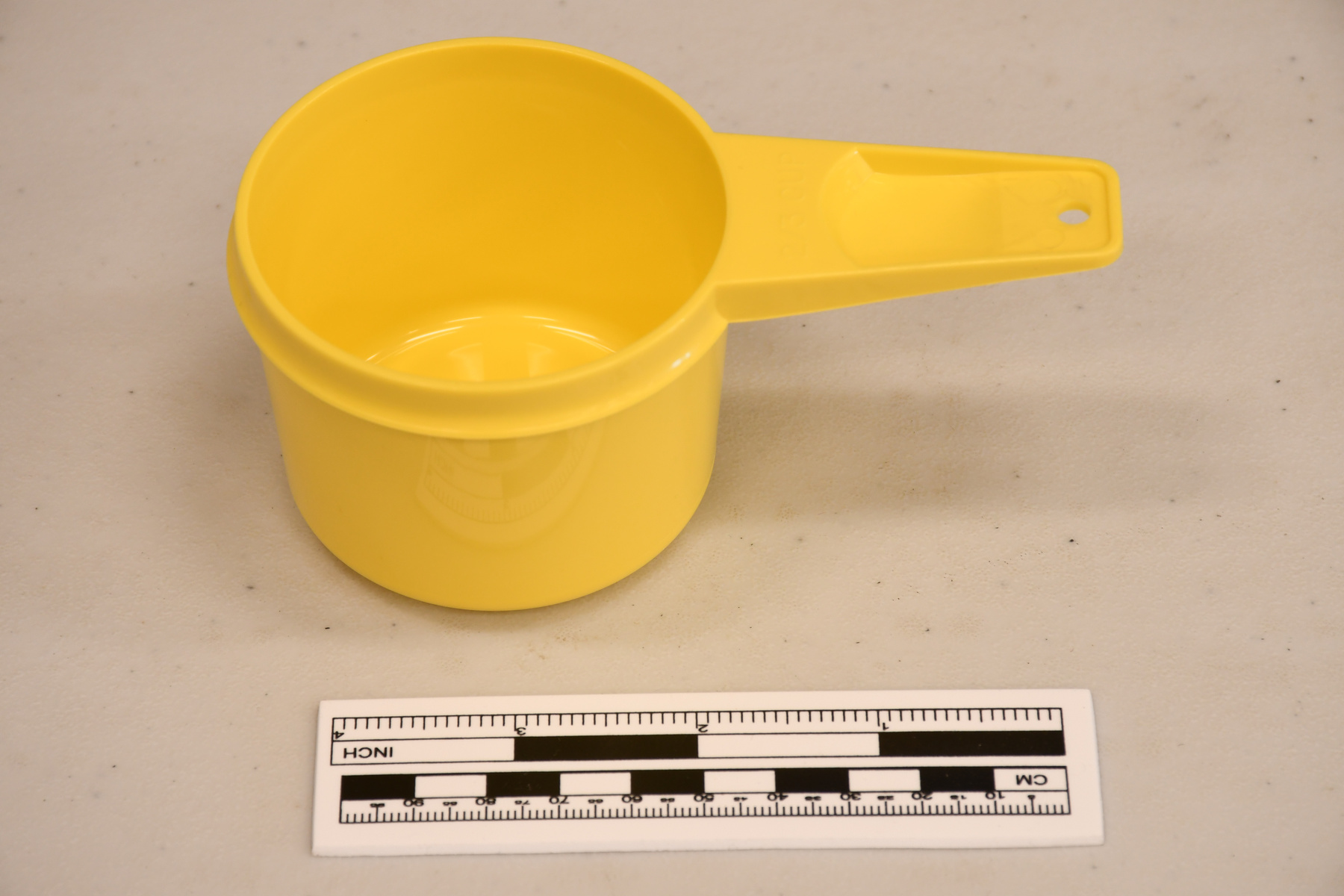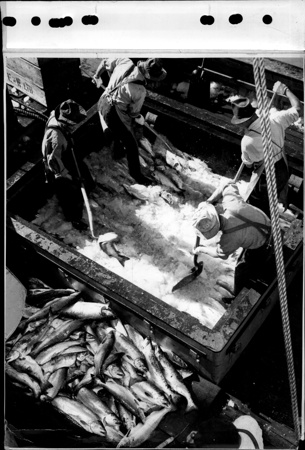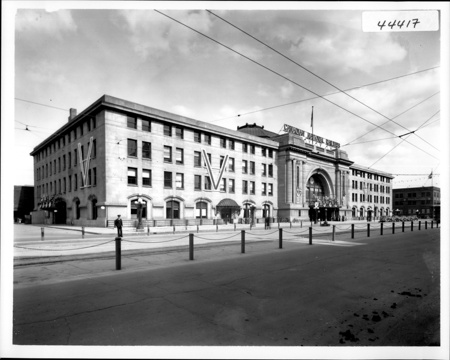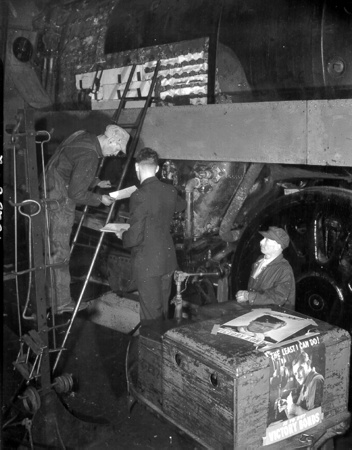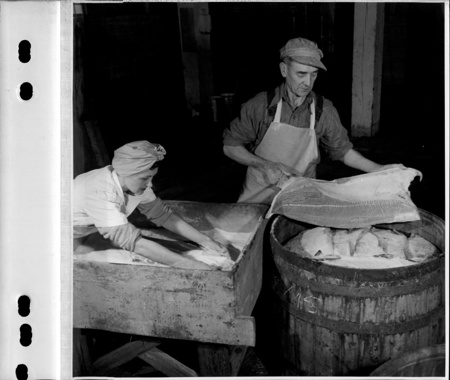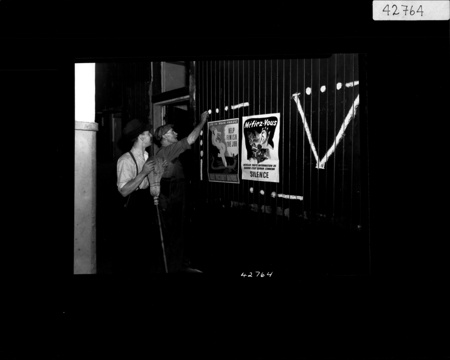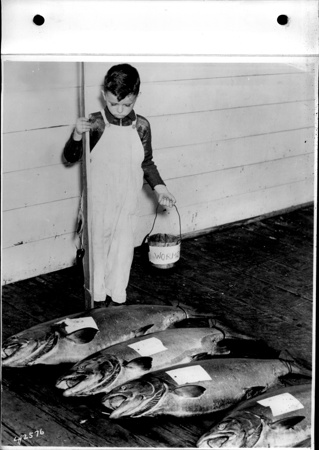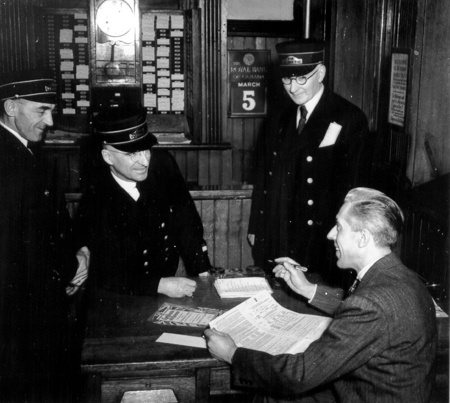Label, can
Use this image
Can I reuse this image without permission? Yes
Object images on the Ingenium Collection’s portal have the following Creative Commons license:
Copyright Ingenium / CC BY-NC-ND (Attribution-NonCommercial 4.0 International (CC BY-NC 4.0)
ATTRIBUTE THIS IMAGE
Ingenium,
2018.0221.001
Permalink:
Ingenium is releasing this image under the Creative Commons licensing framework, and encourages downloading and reuse for non-commercial purposes. Please acknowledge Ingenium and cite the artifact number.
DOWNLOAD IMAGEPURCHASE THIS IMAGE
This image is free for non-commercial use.
For commercial use, please consult our Reproduction Fees and contact us to purchase the image.
- OBJECT TYPE
- 15 1/2 Ozs/ litho
- DATE
- 1939–1955
- ARTIFACT NUMBER
- 2018.0221.001
- MANUFACTURER
- Unknown
- MODEL
- VICTORY
- LOCATION
- Unknown
More Information
General Information
- Serial #
- N/A
- Part Number
- 1
- Total Parts
- 1
- AKA
- N/A
- Patents
- N/A
- General Description
- The object is made of paper elements/L'objet est construit avec des éléments en papier.
Dimensions
Note: These reflect the general size for storage and are not necessarily representative of the object's true dimensions.
- Length
- 25.0 cm
- Width
- 11.0 cm
- Height
- N/A
- Thickness
- N/A
- Weight
- N/A
- Diameter
- N/A
- Volume
- N/A
Lexicon
- Group
- Fisheries
- Category
- Merchandising
- Sub-Category
- N/A
Manufacturer
- AKA
- Unknown
- Country
- Unknown
- State/Province
- Unknown
- City
- Unknown
Context
- Country
- Canada
- State/Province
- British Columbia
- Period
- This label was never used on an actual can.
- Canada
-
Fisheries for Pacific salmon go back thousands of years. Indigenous fishers around the Pacific Rim seasonally harvested salmon from populations of the seven different salmon species. With European colonization, Pacific salmon were transformed by industrial modes of production and distribution into a commodity available around the world. British Columbia become a key center of cannery production beginning in the 1870s. By the early 1900s, BC’s salmon fisheries were Canada’s most valuable, producing millions of pounds of canned salmon, primarily for export to Great Britain. As of 2018, there are only three canneries still operating in British Columbia thanks to the introduction of salmon stocks via aquaculture: St. Jean’s in Nanaimo; Coastwise Processors Inc. in Surrey; and Canfisco’s Oceanside cannery in Prince Rupert. Les pêcheries pour le saumon de la pacifique reculent des milliers d'années. Les Autochtones étaient de pécheurs tout au long de la Pacifique et cueillais sept espèces différentes. Avec la colonisation Européen le saumon était transformé par les modes de production industrielle pour devenir une commodité distribuée au monde entier. La Colombie-Britannique est devenue un endroit clés pour la production de saumon en conserve depuis les 1870s. Au début des 1900s les compagnies de la province sont devenues les plus profitables et produisait des millions de livres de saumon en conserve pour l'exportation en Grande Bretagne. Depuis 2018 il y a seulement trois compagnies de cannettes en conservent en opération en Colombie-Britannique grâce à l'introduction de l'aquaculture : St. Jean's à Nanaimo; Coastwise Processors Inc. a Surrey; et Canfisco's Oceanside cannery à Prince Rupert. - Function
-
Labels are used to identify and market cans and cases of Pacific salmon preserved by canning. Labels usually indicate the species of salmon, the brand, the company, and the place of manufacture, and often the label printer as well. Labels are used to communicate with consumers, describing the contents to them as well as convincing them that the food inside is delicious and safe to consume. Labels sometimes graphically show the product inside, but more typically present imagery that attempts to influence purchasing decisions by creating brand associations that aim to attract and keep consumer interest. Des étiquettes sont utilisées pour identifier des canettes en conservent pour du saumon de la Pacifique. Les étiquettes indiquent l'espèce de saumon ainsi que la compagnie, la marque et le lieu du fabricateur et de l'imprimante. Les étiquettes communiquent avec les consommateurs pour décrire le contenu de la cannette pour essayer de les convaincre que les aliments à l'intérieur son délicieux et sûrs à consommer. Les étiquettes utilisent de graphiques pour démontrer des images pour influencer le consommateur en créant une marque pour faire des associations avec de la qualité du produit et pour s'assurer de garder de l'intérêt avec le consommateur. - Technical
-
This label employs “Victory” as their brand, identifying their product with the war effort during the Second World War. As in the First World War, the Canadian government encouraged the consumption of fish in order to reserve meat for fighting men—canners used brands such as “Victory” to associate their products with wartime food policy, linking consumption to the war effort. Cette étiquette utilise le mot “Victory” ou “Victoire” comme marque pour identifier leur produit avec les efforts de la guerre durant la Deuxième Guerre Mondiale. Le gouvernement du Canada encourageait la consommation du poisson par les citoyens pour réserver la viande pour les personnes qui se battaient en Europe. Les marques comme celle-ci était utilisé pour s'associer avec la politique de l'alimentation du temps de guerre et les efforts nécessaires pour gagner. - Area Notes
-
Unknown
Details
- Markings
- The front of of the label reads in part/Le devant de l'étiquette lis en part: " VICTORY/ BRAND/ SALMON/ NET WEIGHT 15 1/2 OZS/ BRITISH EMPIRE PRODUCT/ CANADA/ CHOICE CUTLETS/ WALTER D. FRITH LTD./ VANCOUVER, CANADA".
- Missing
- None apparent/L'objet a toutes ces pièces
- Finish
- A red rectangular paper label with yellow and white writing. An image of multiple flags sitting inside a green wreath is visible on the proper right side of the label. On the proper left side of the label is an image of a grey and white salmon whith its tail turned upwards. Une étiquette rectangulaire en papier avec un arrière-plan rouge et du lettrage blanc et jaune. Des drapeaux avec une couronne verte son visible sur le bon côté droit de l'étiquette. Un saumon blanc et gris avec sa queue tourner vers le haut est visible sur le bon côté gauche de l'étiquette avec le nom du fabricateur au-dessus et en bas de l'image.
- Decoration
- N/A
CITE THIS OBJECT
If you choose to share our information about this collection object, please cite:
Unknown Manufacturer, Label, can, between 1939–1955, Artifact no. 2018.0221, Ingenium – Canada’s Museums of Science and Innovation, http://collections.ingeniumcanada.org/en/id/2018.0221.001/
FEEDBACK
Submit a question or comment about this artifact.
More Like This
